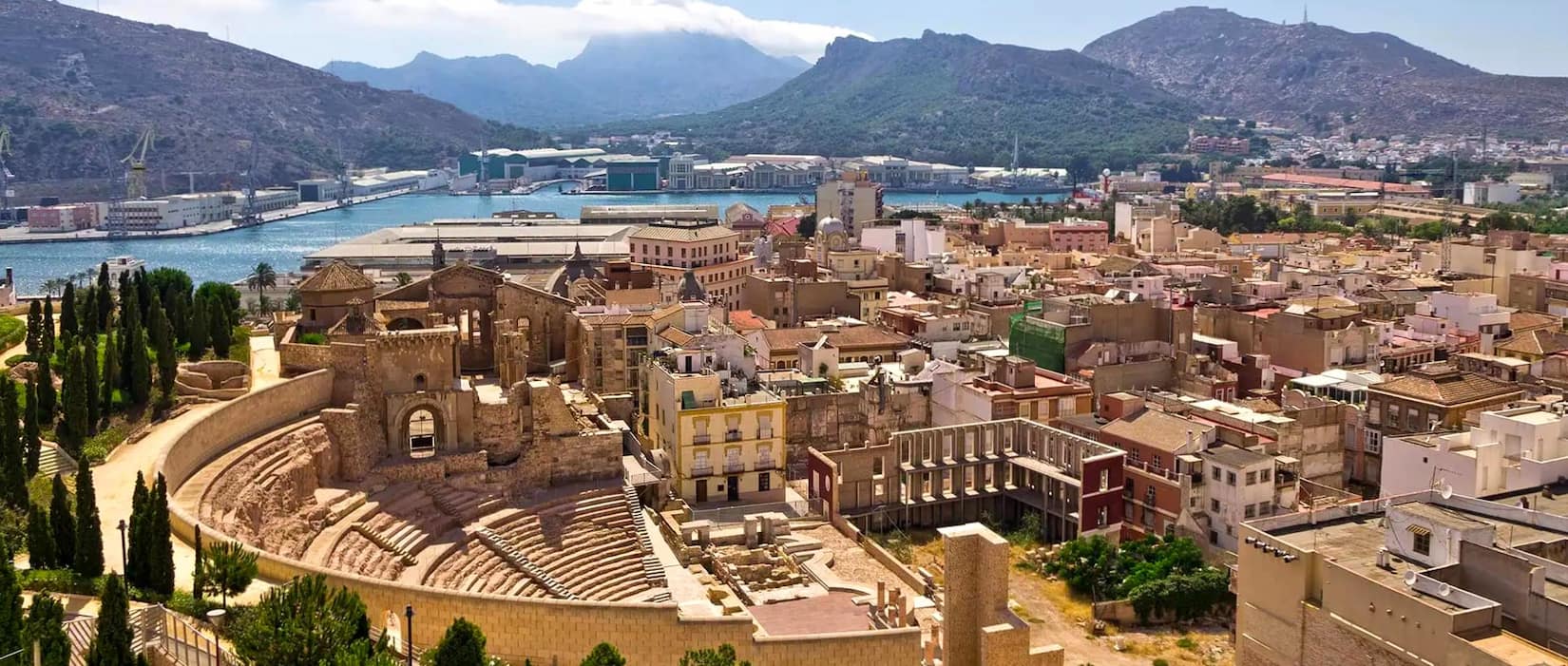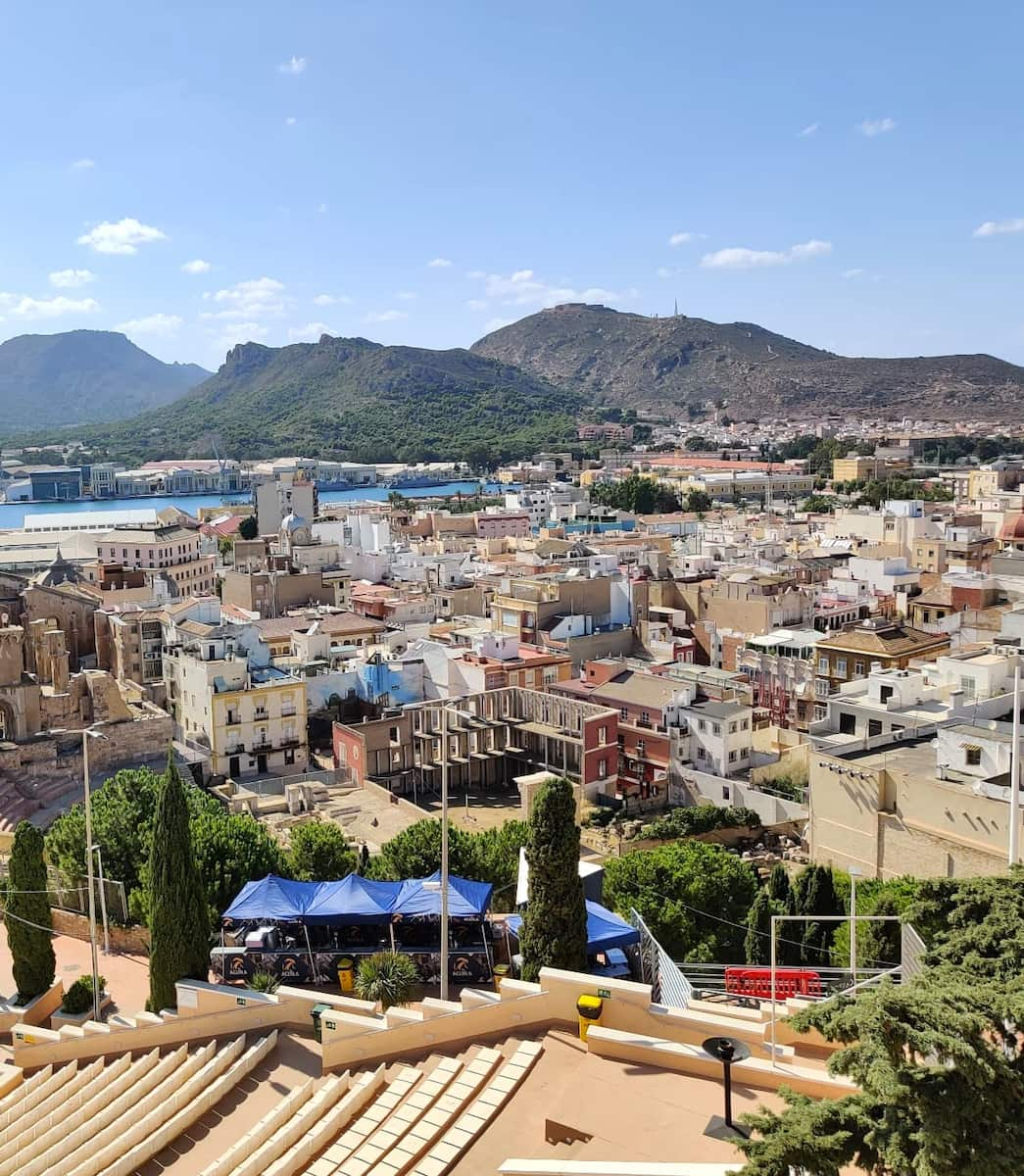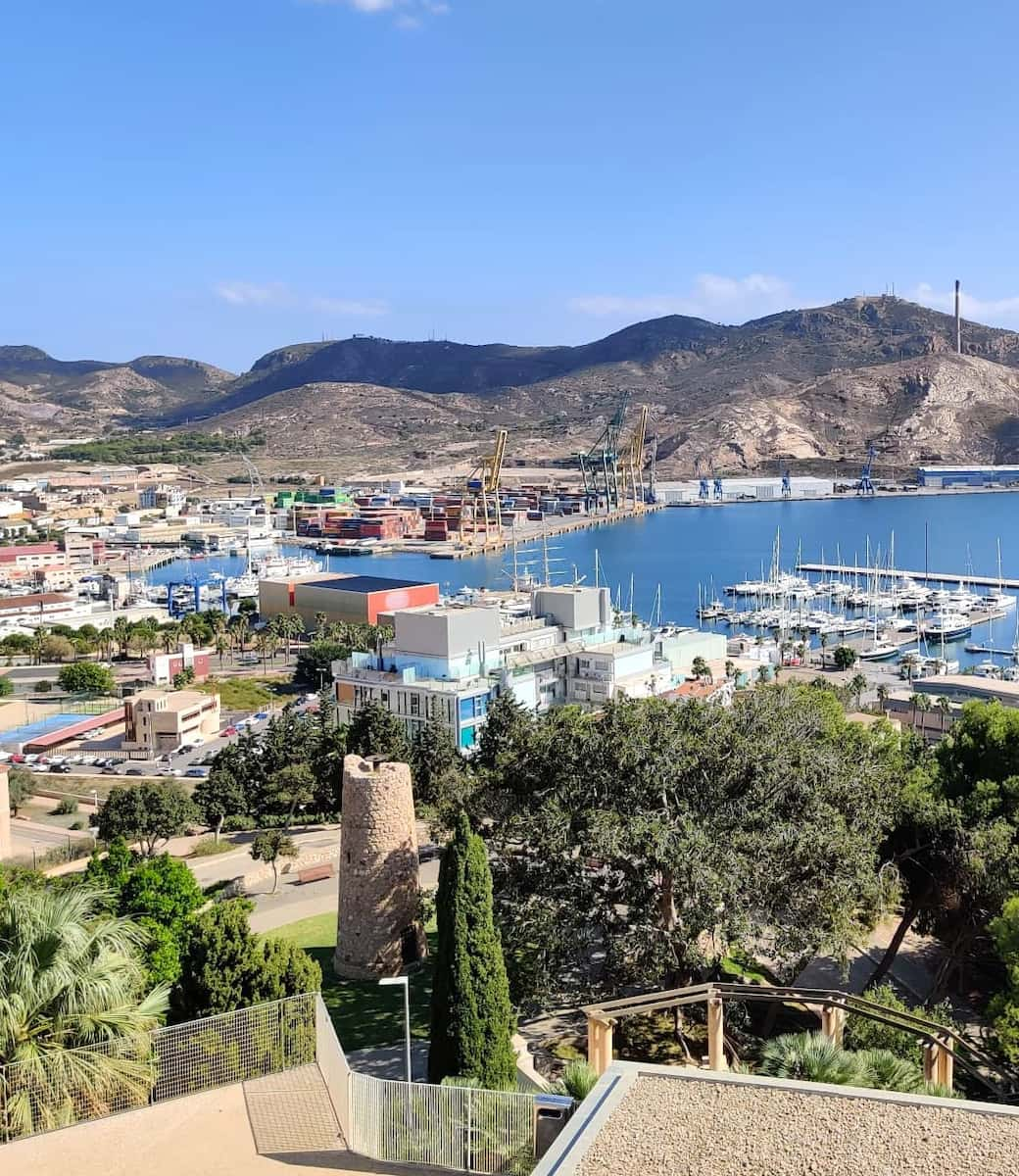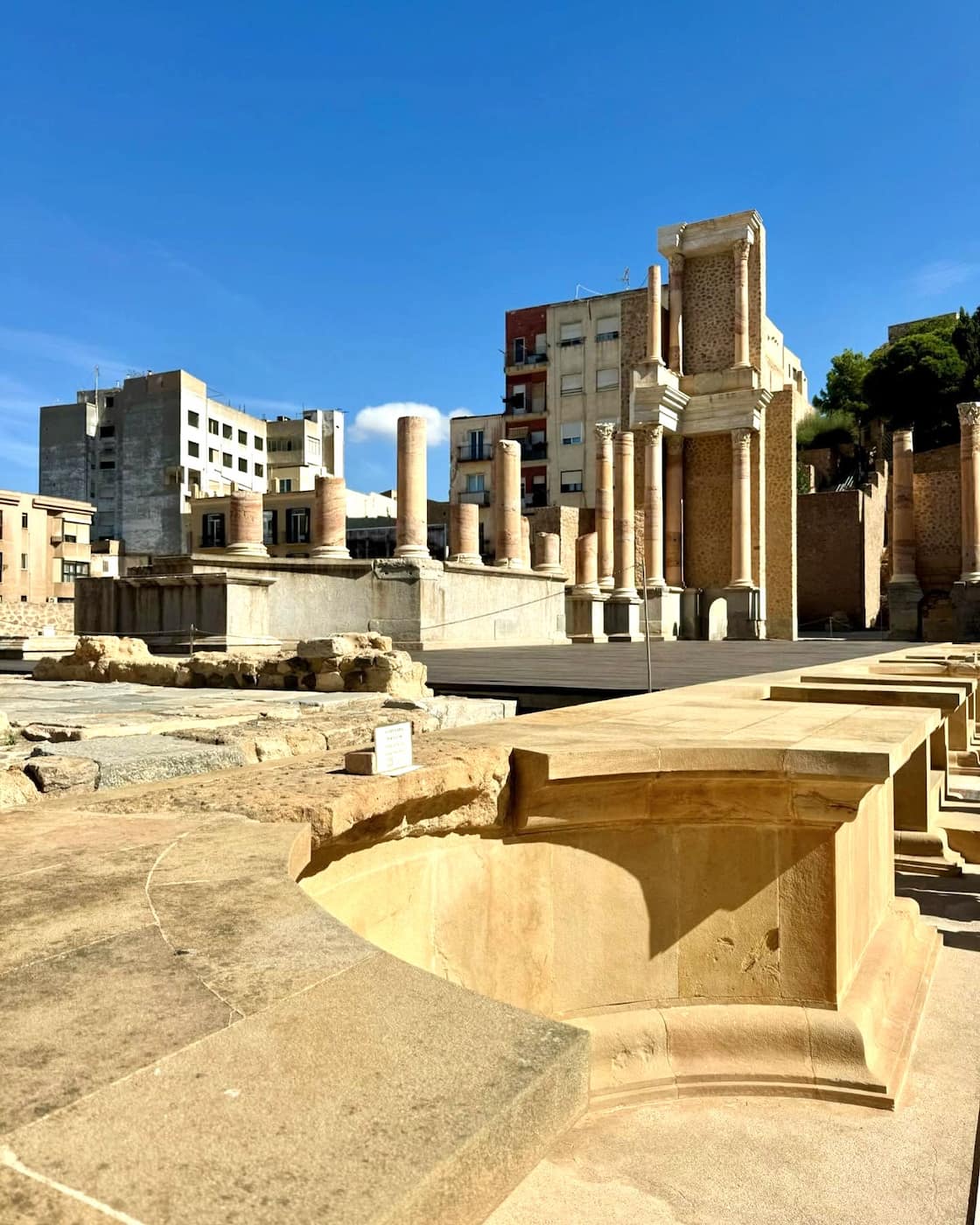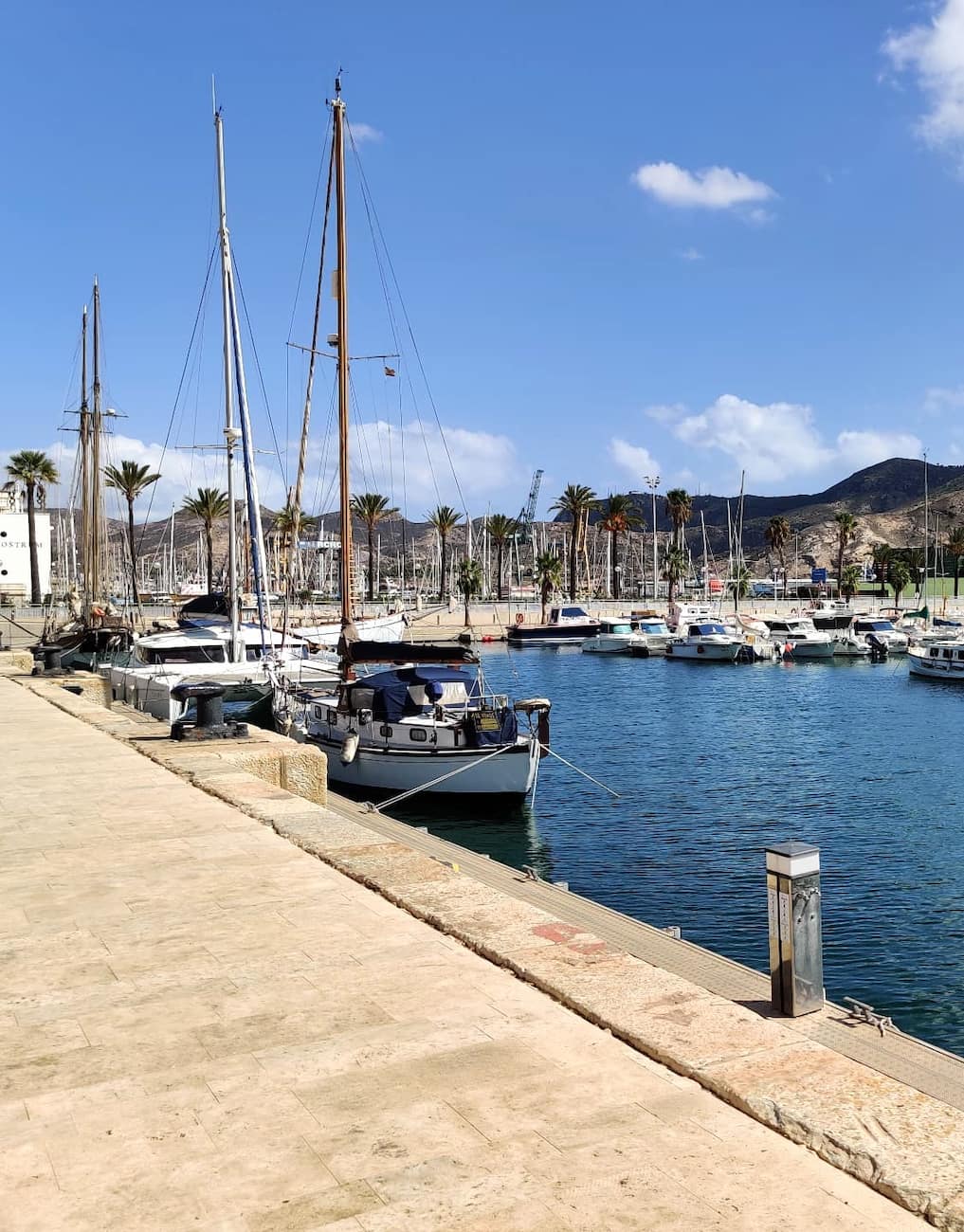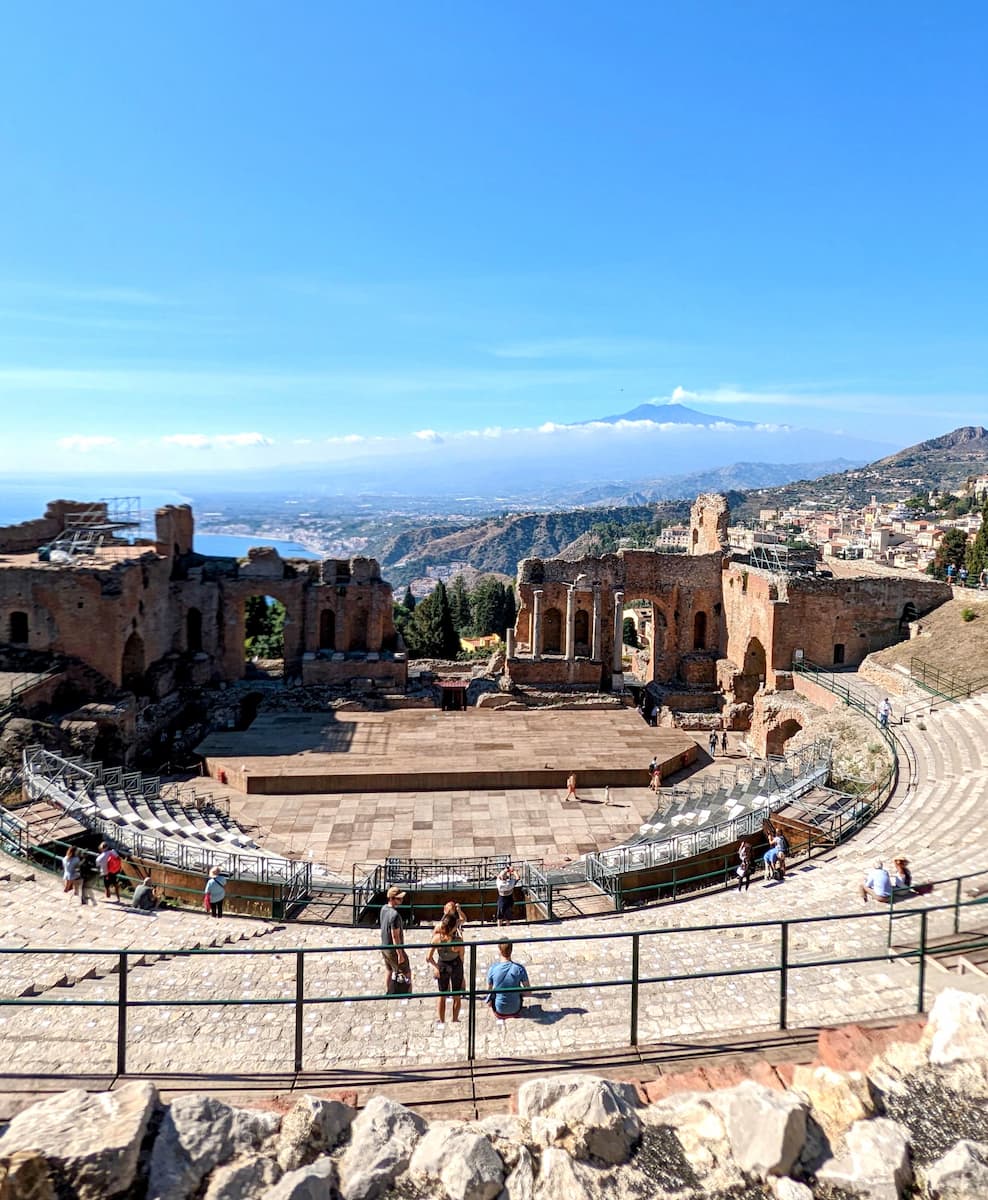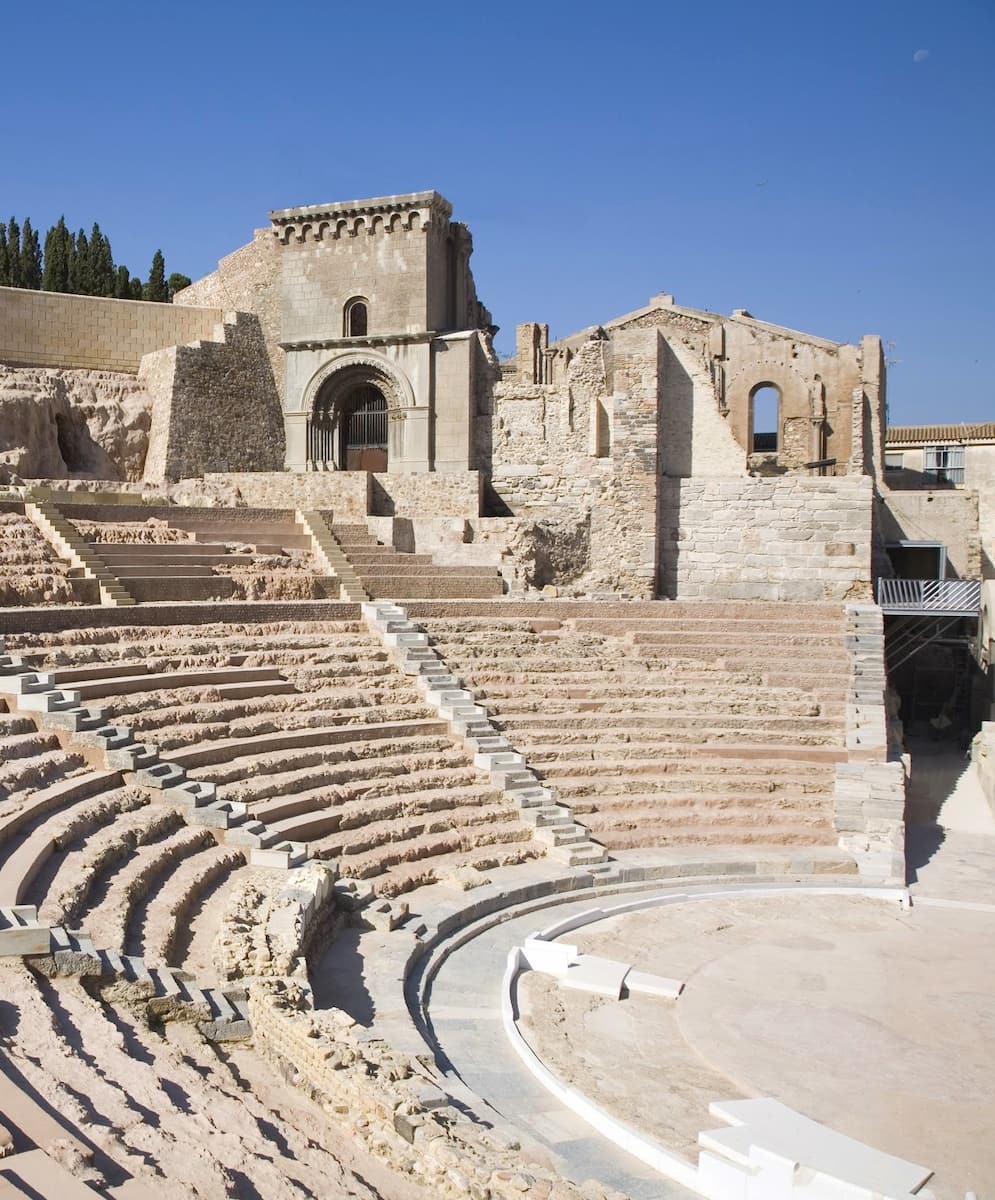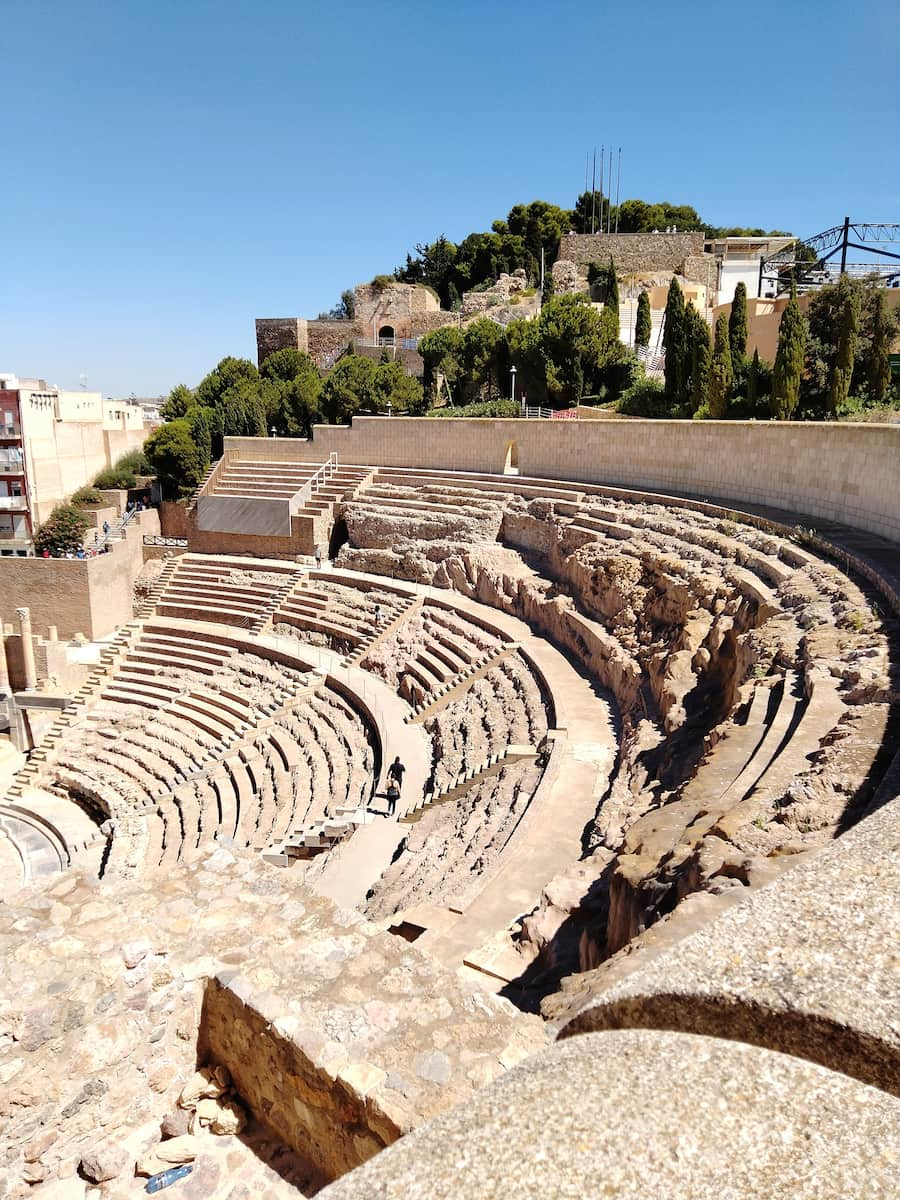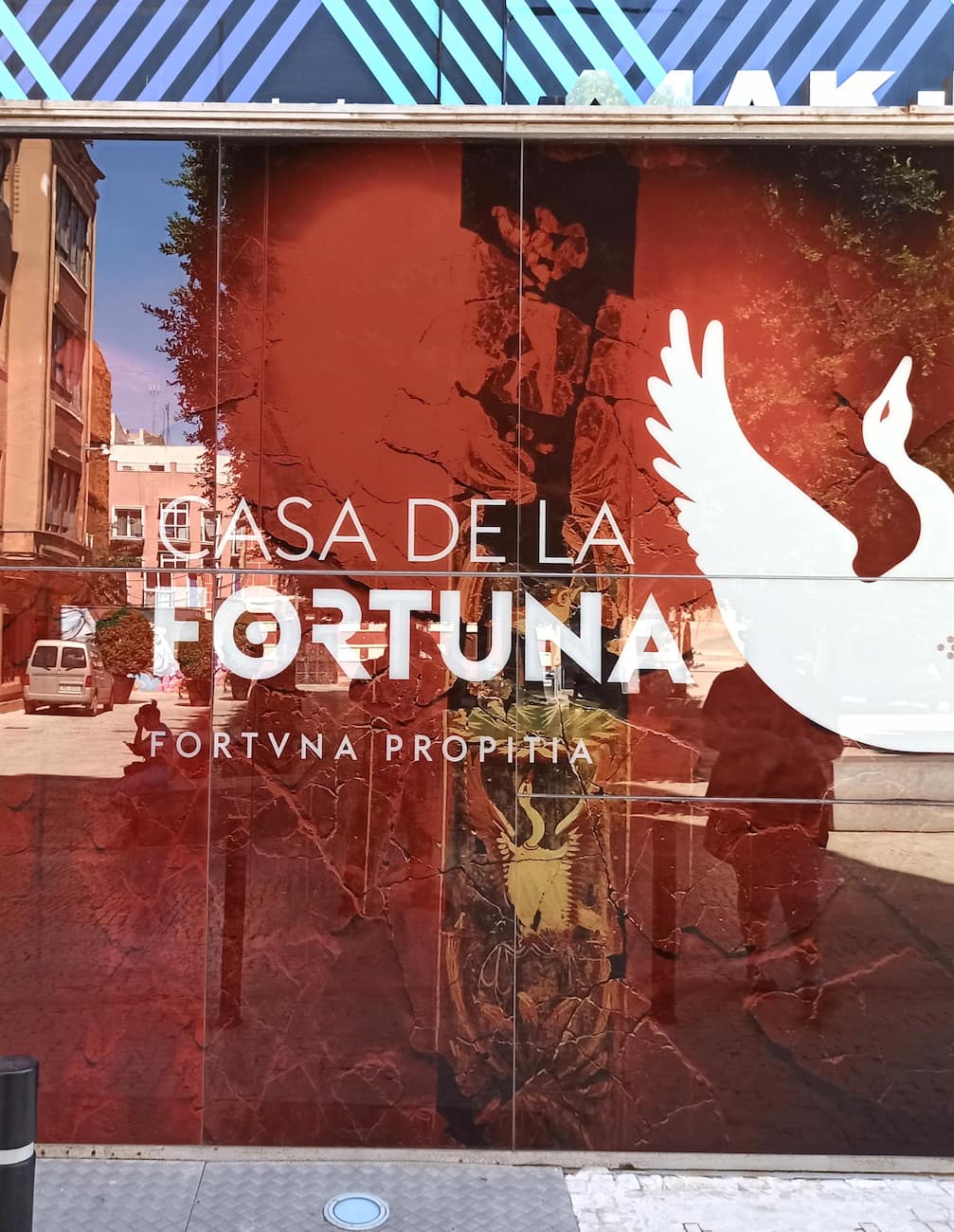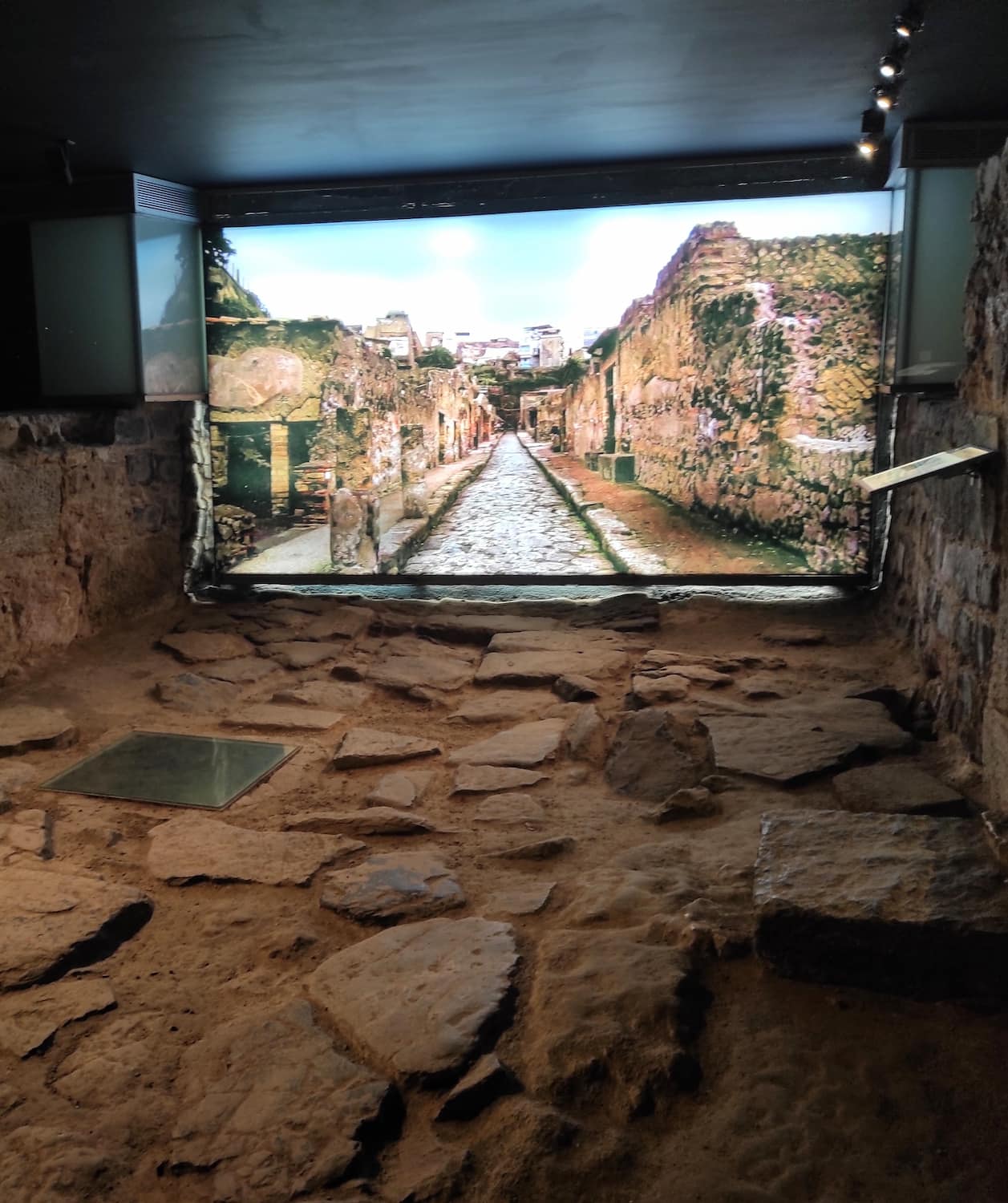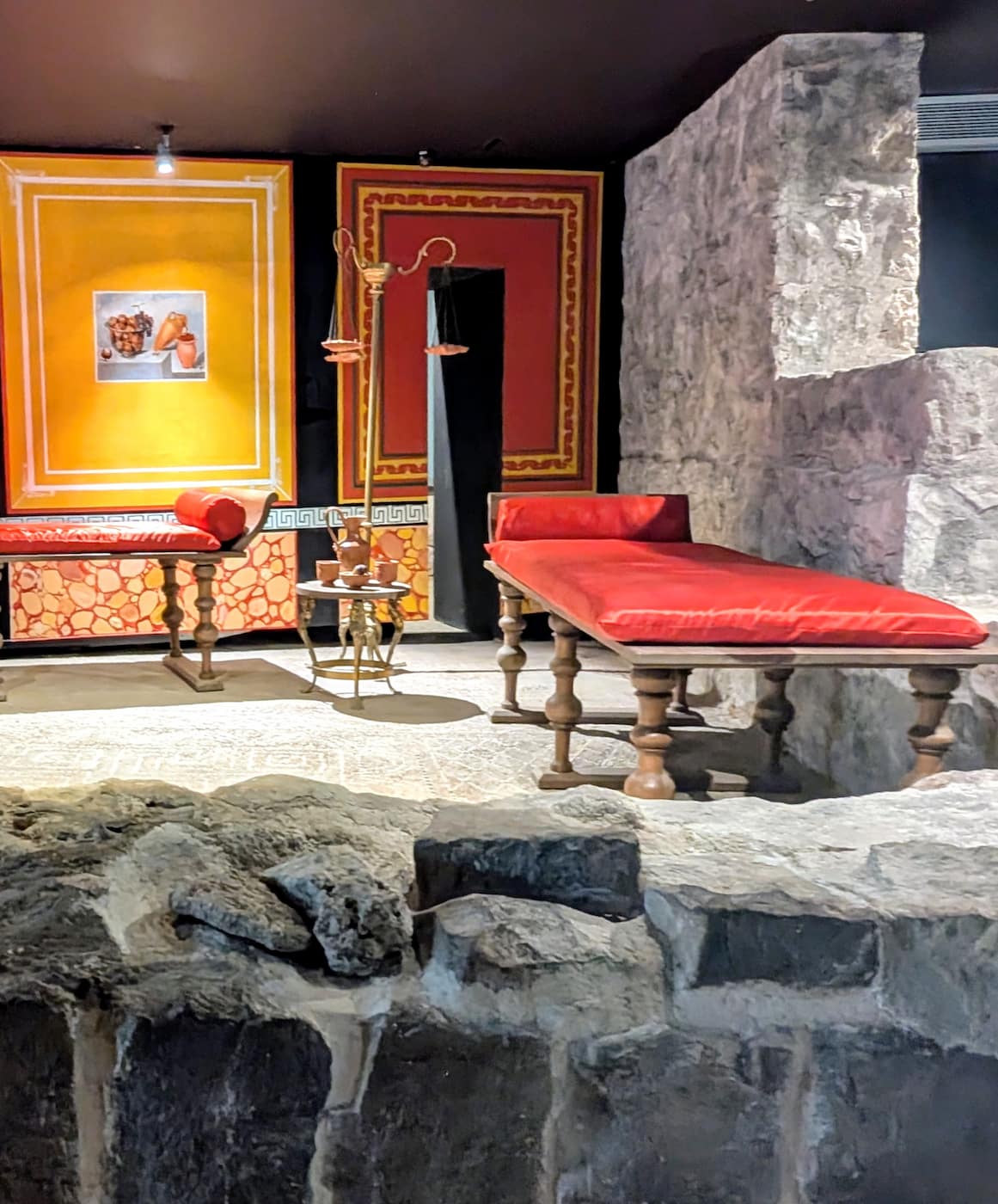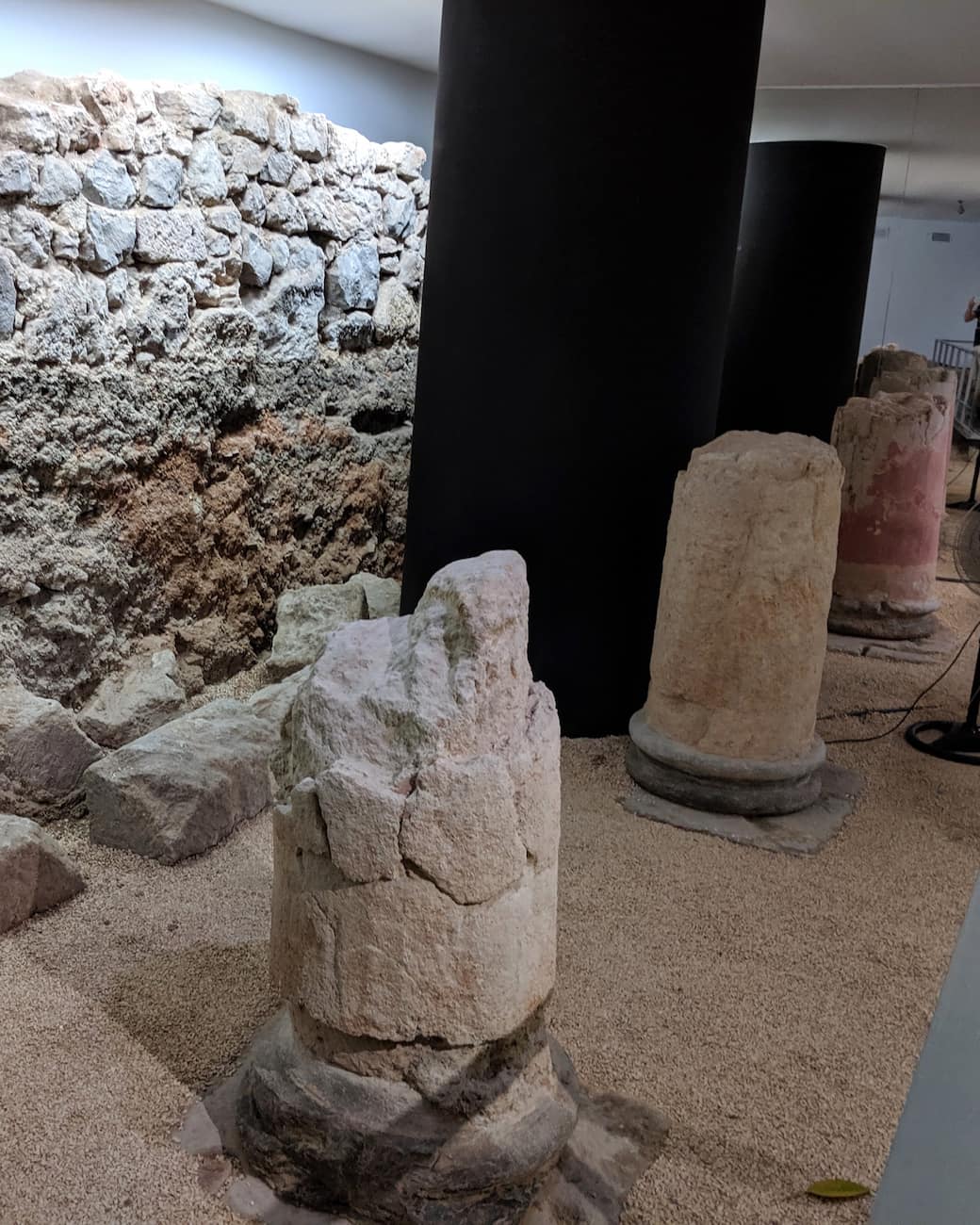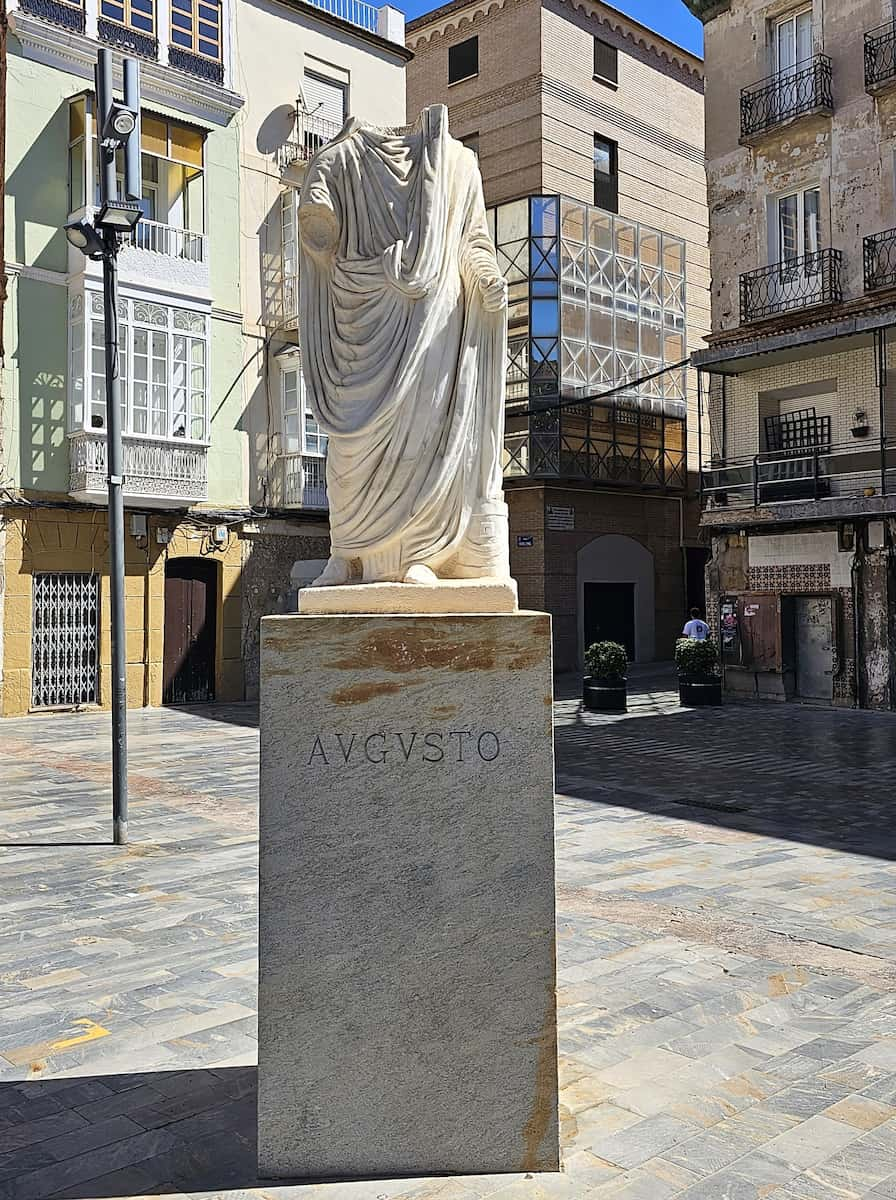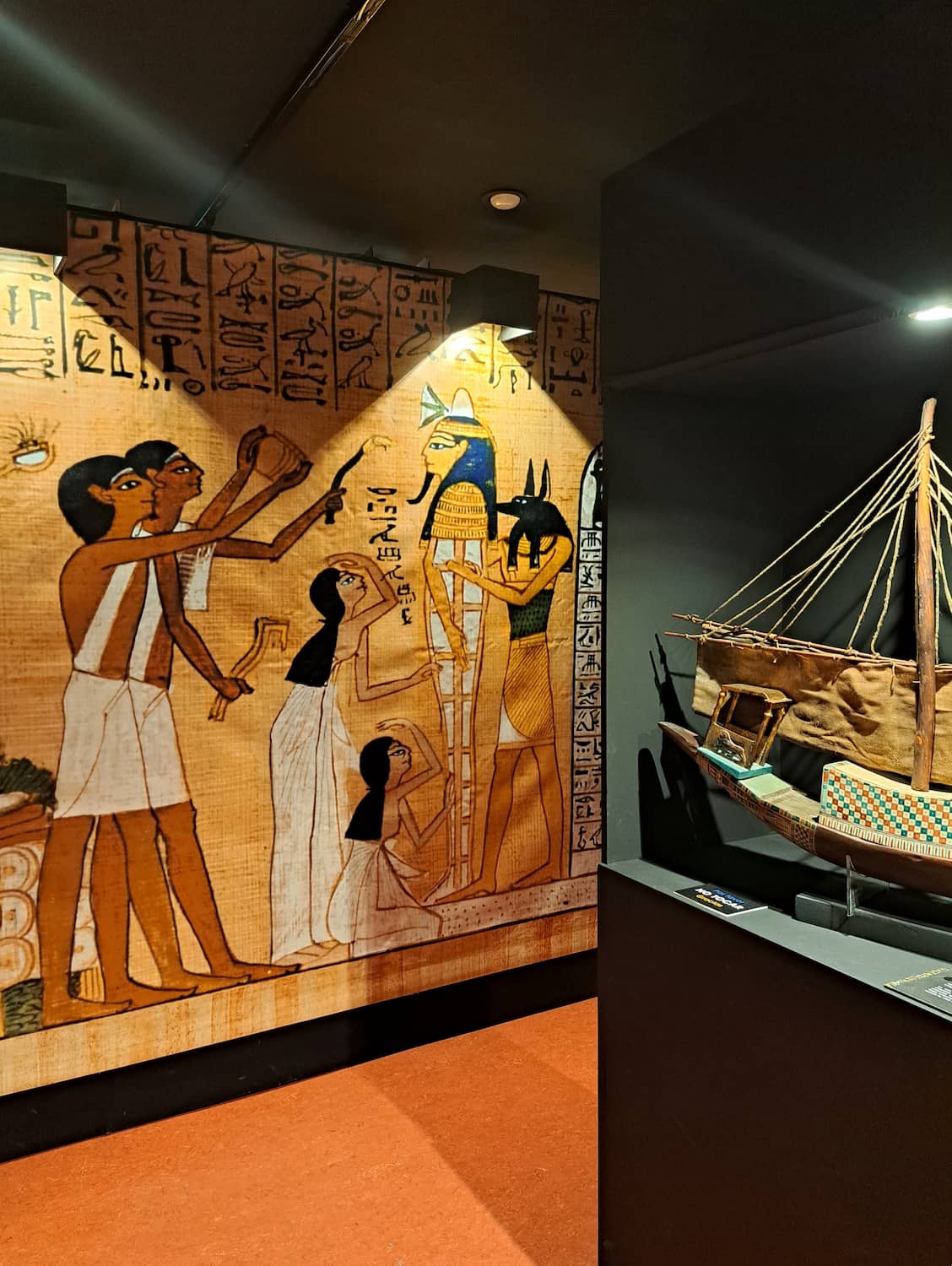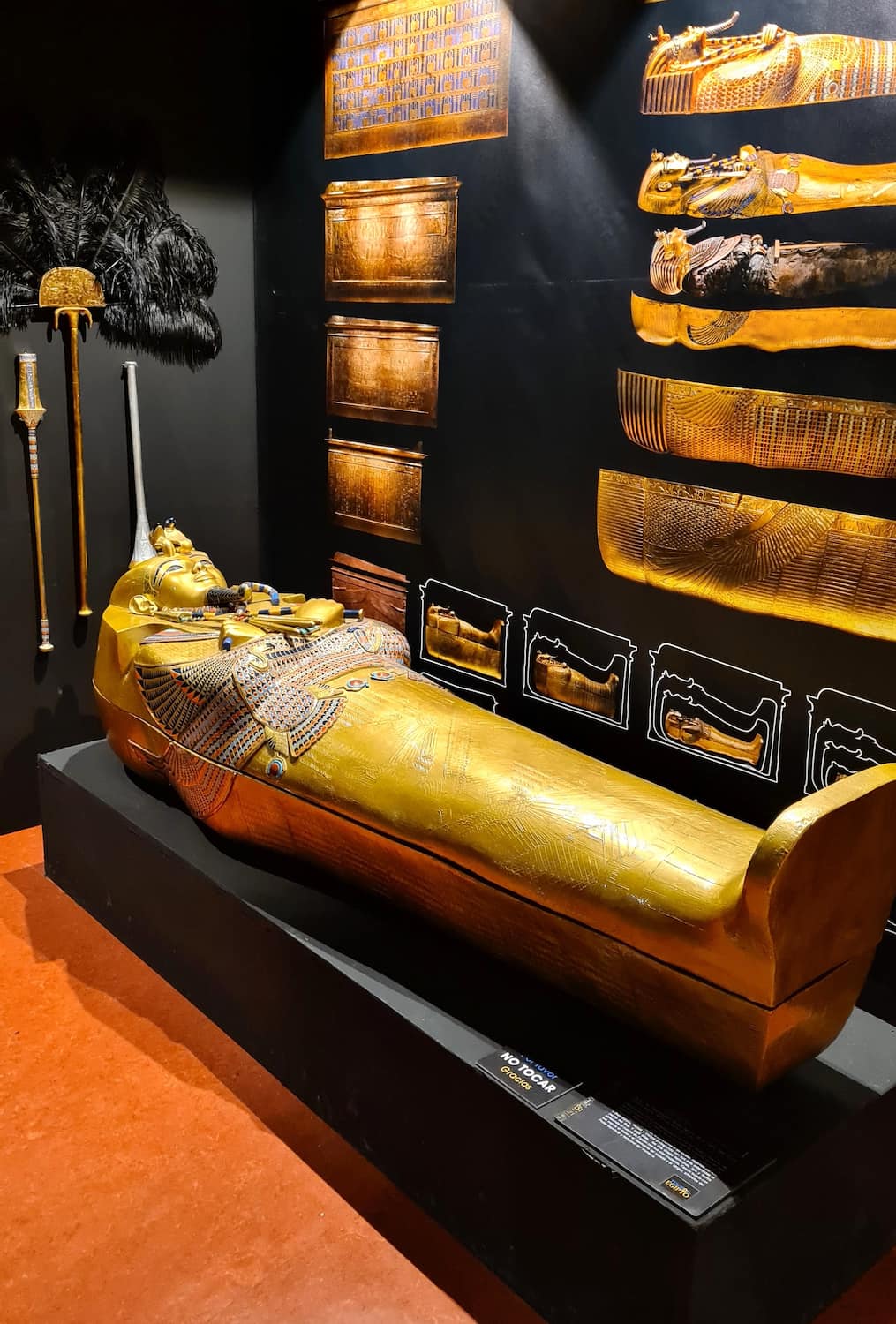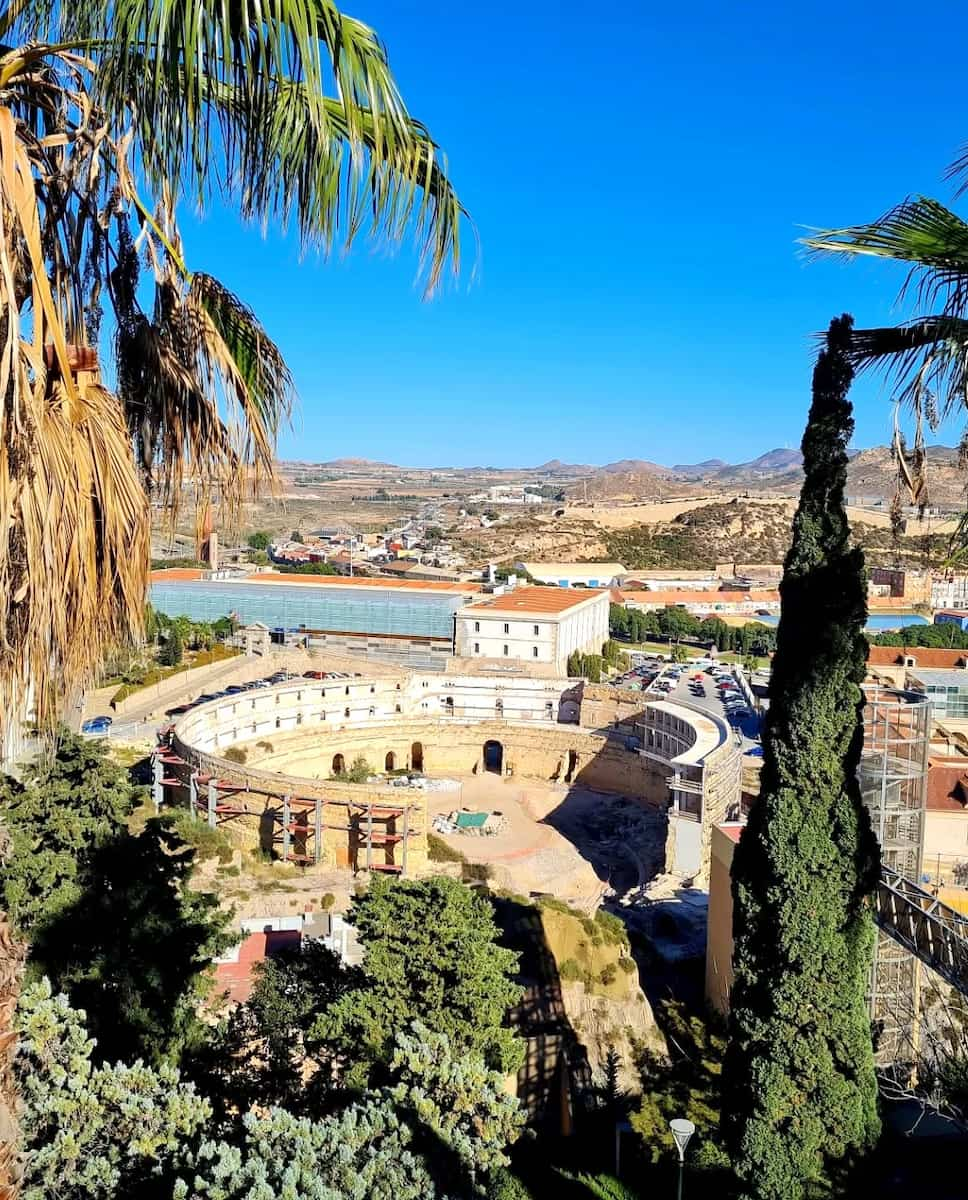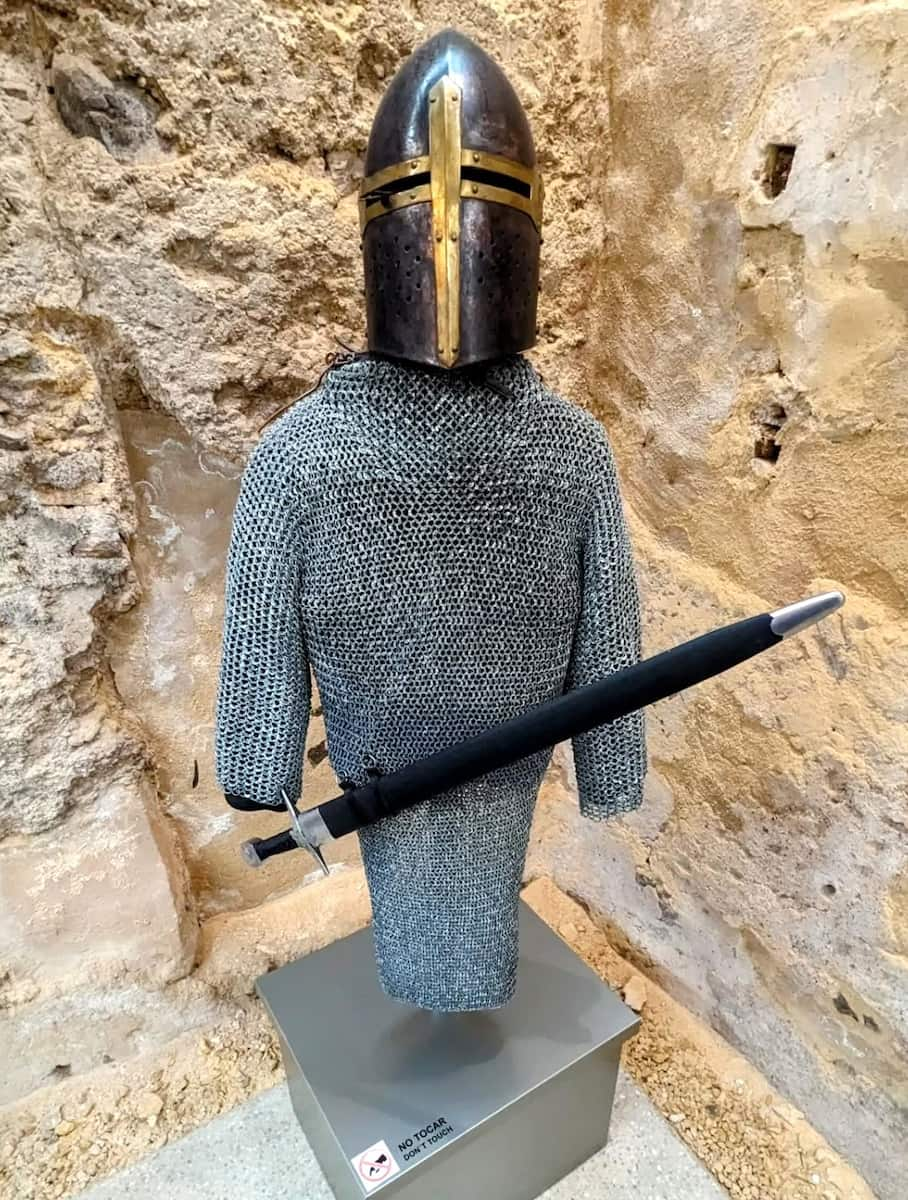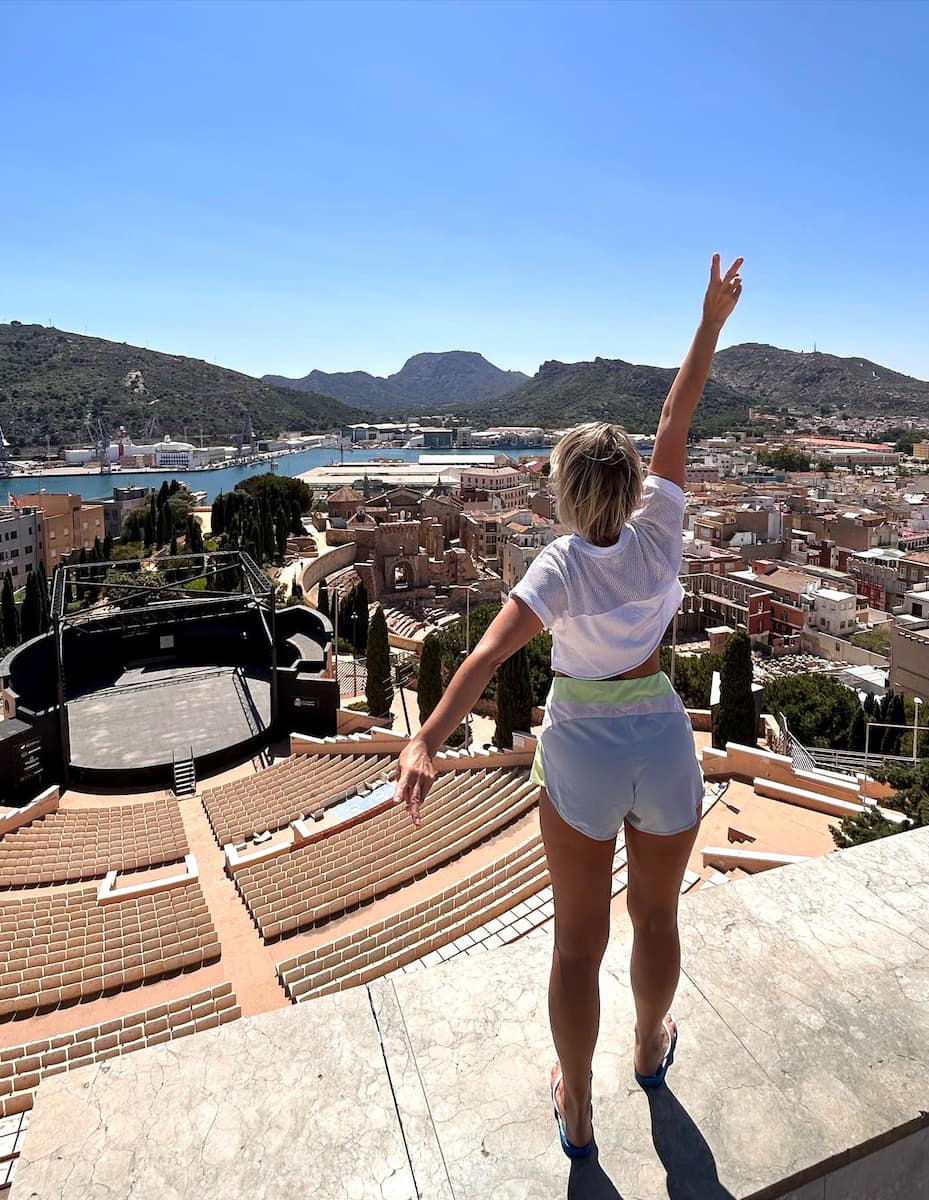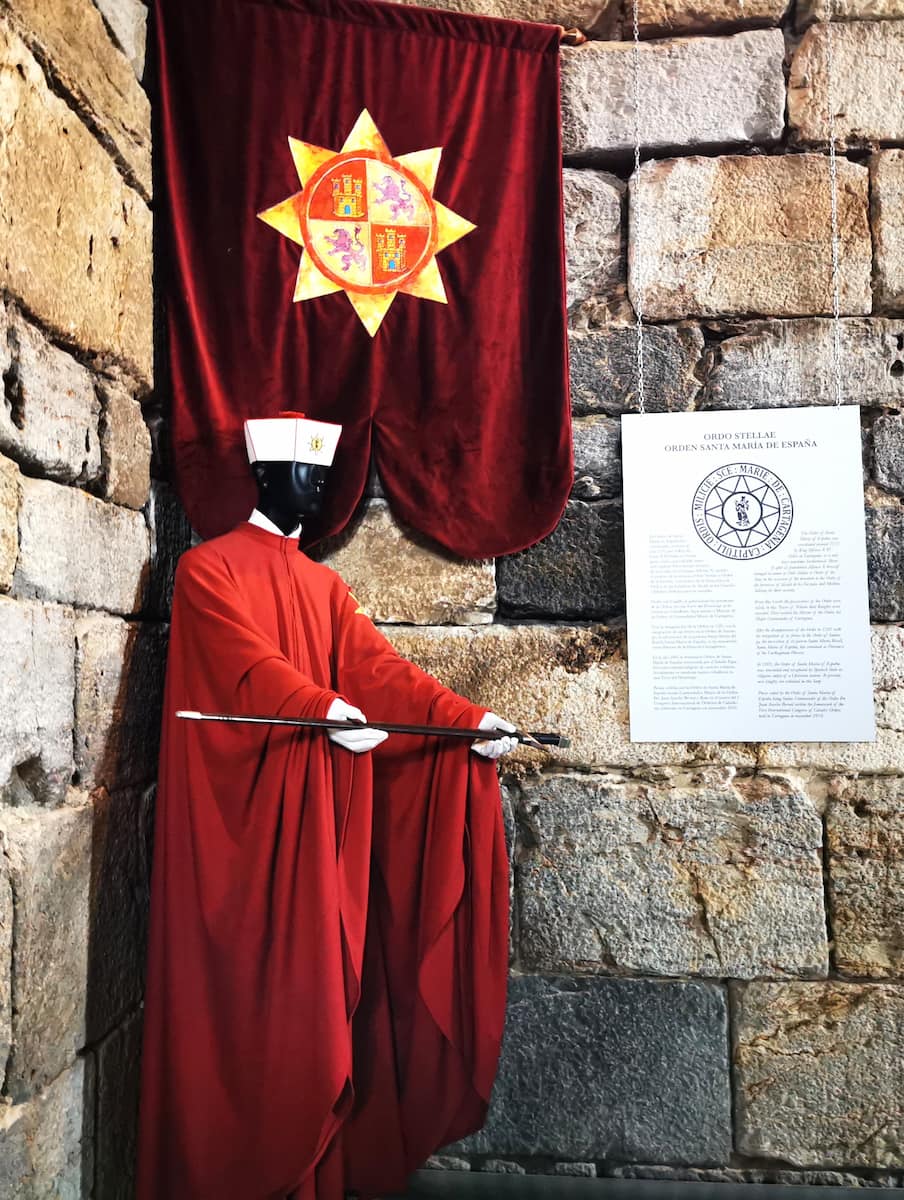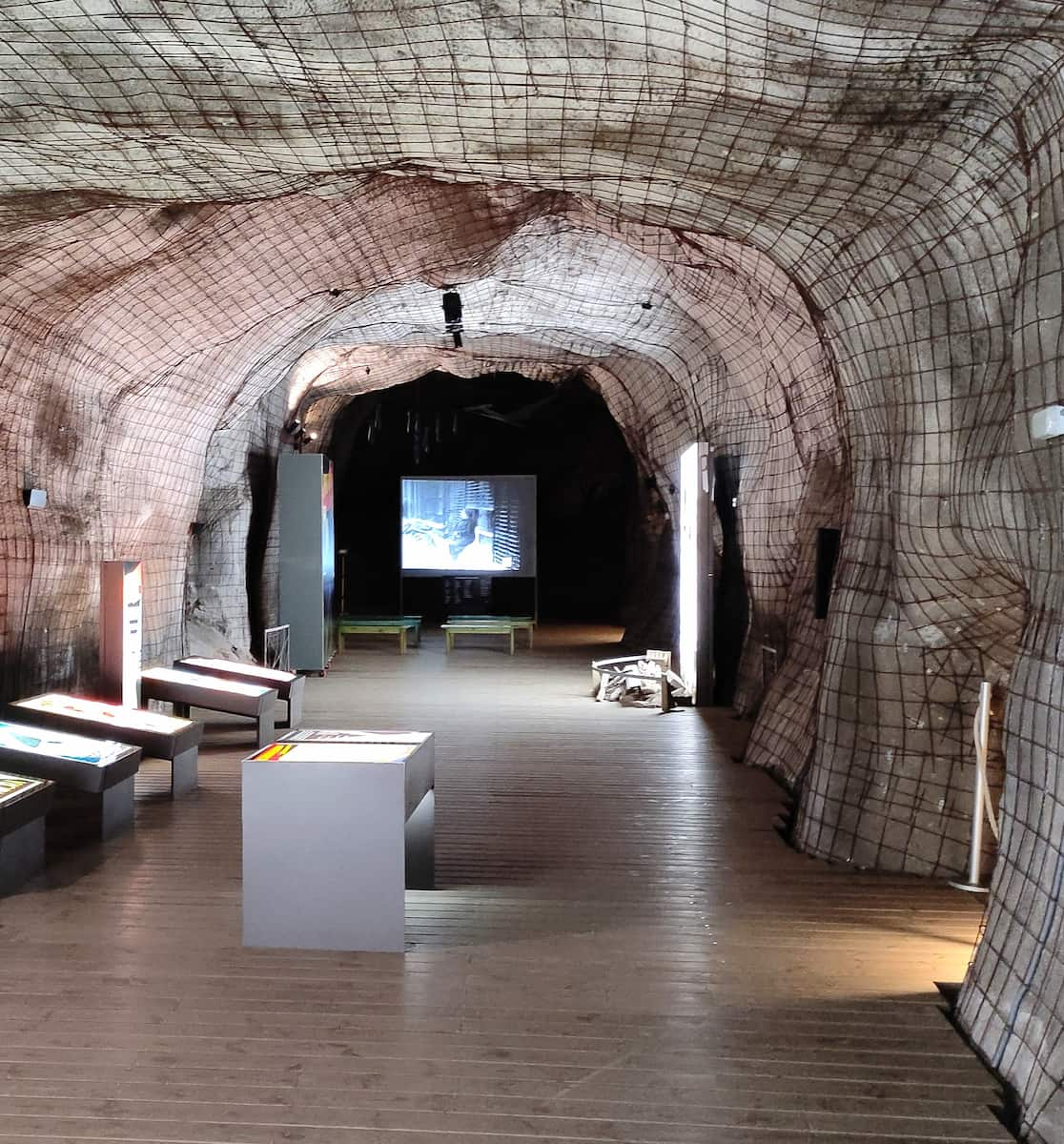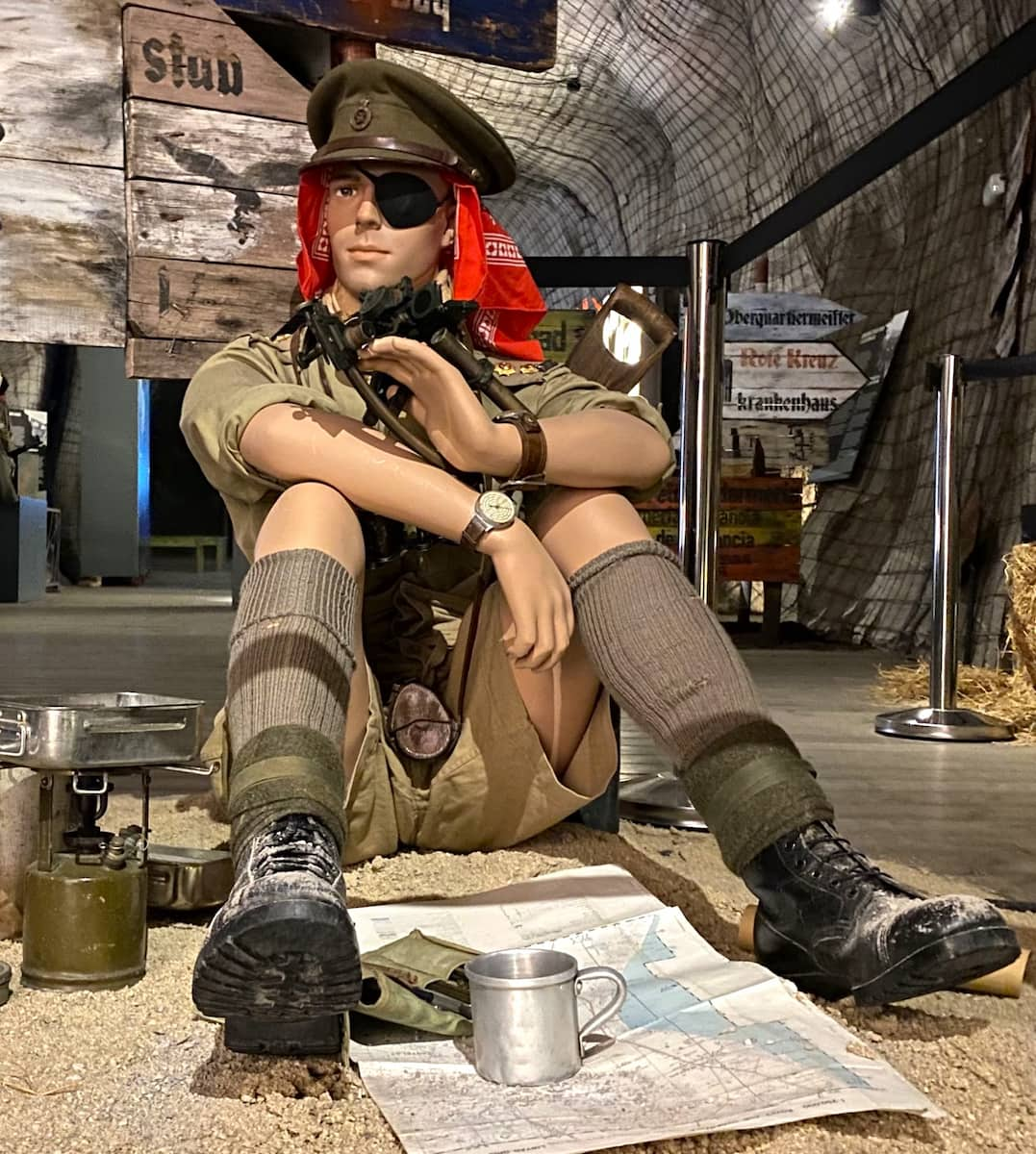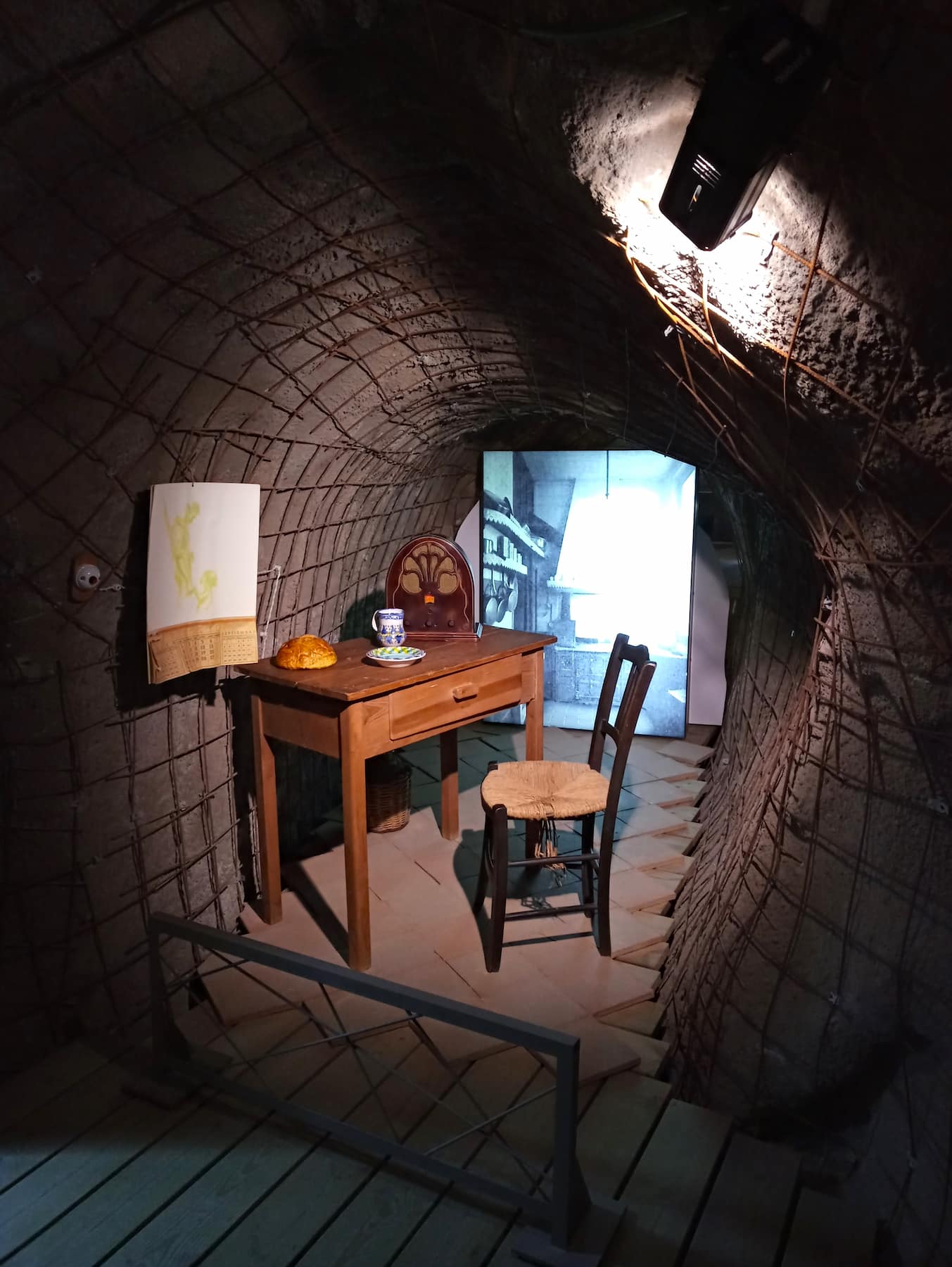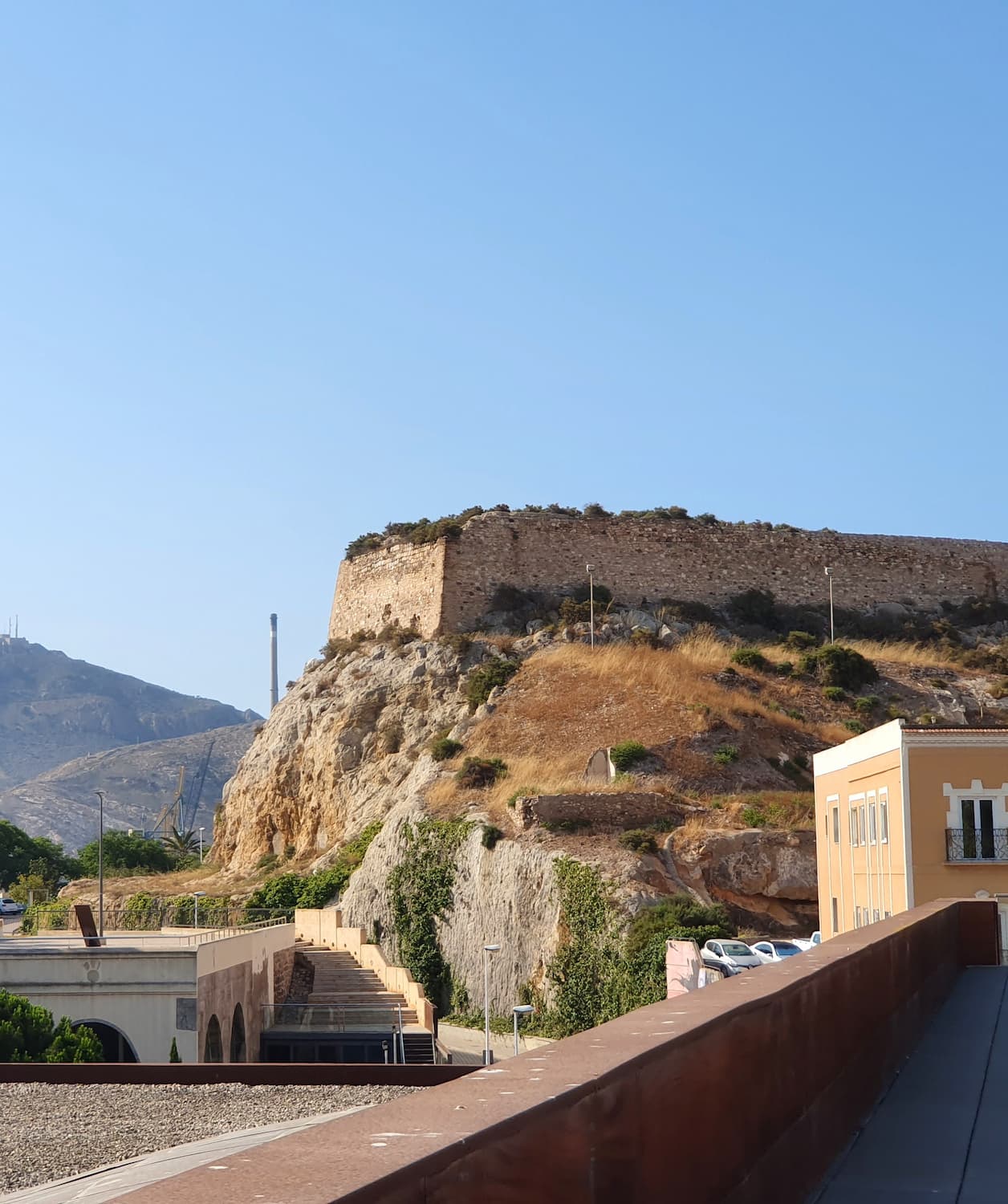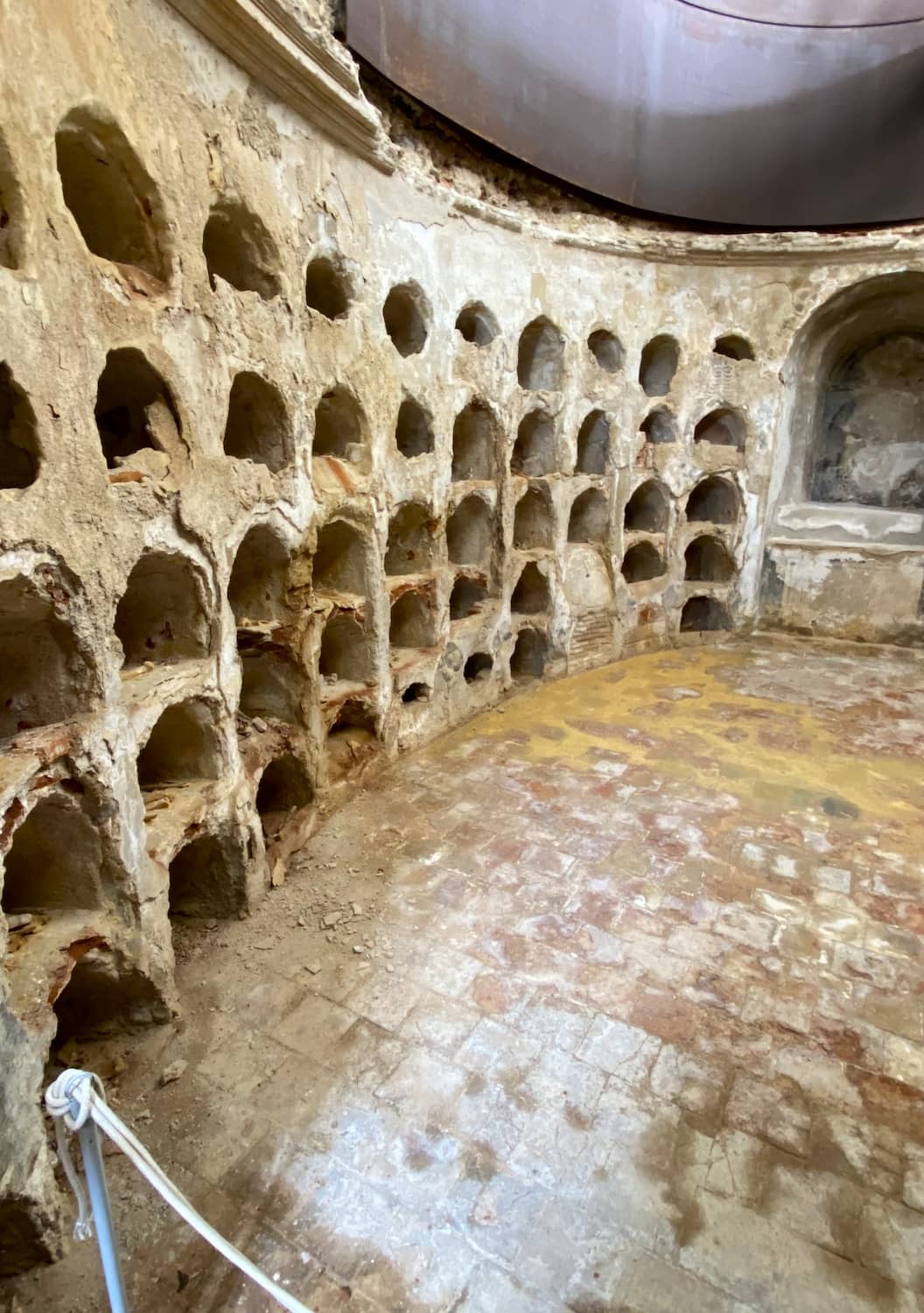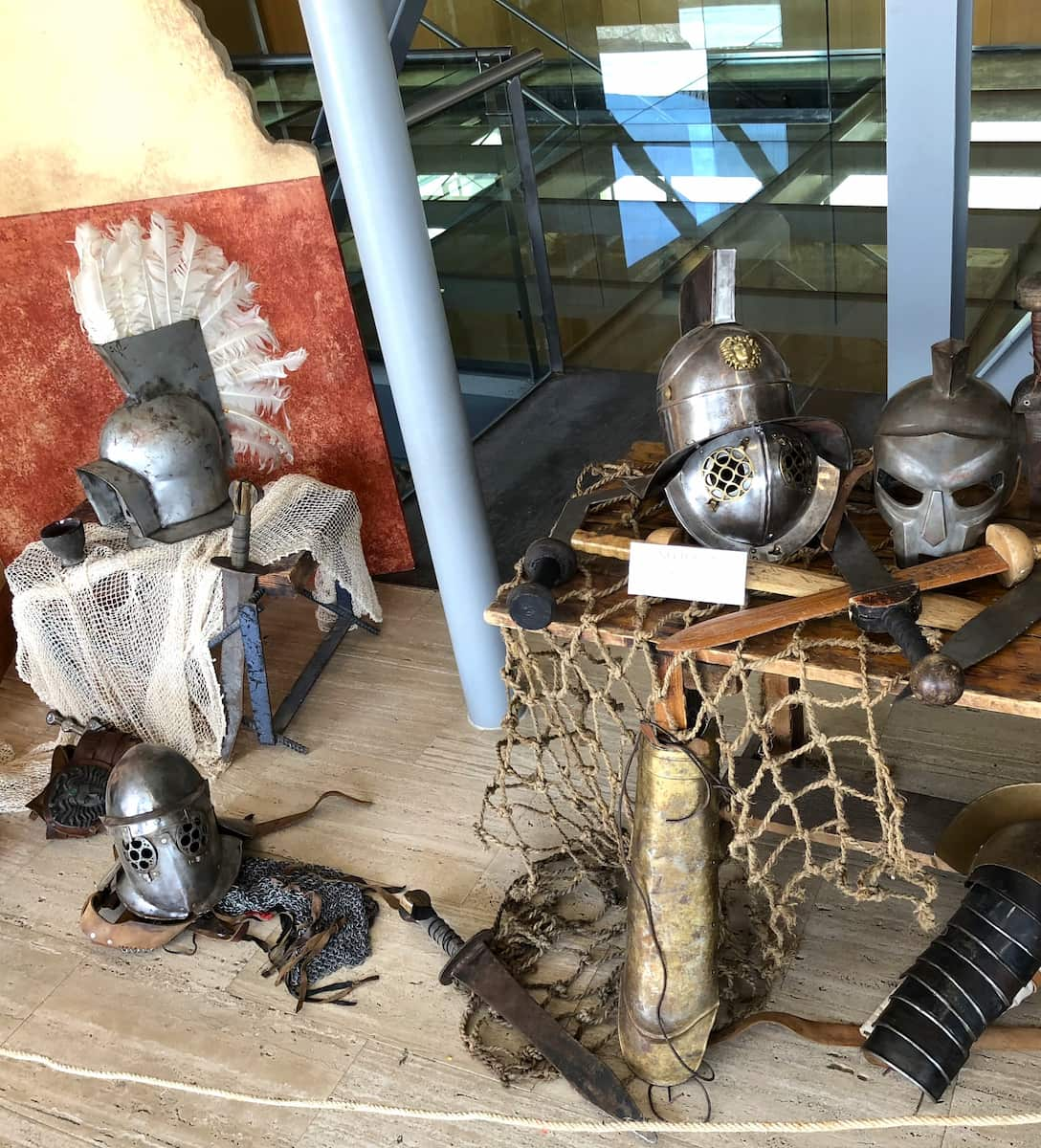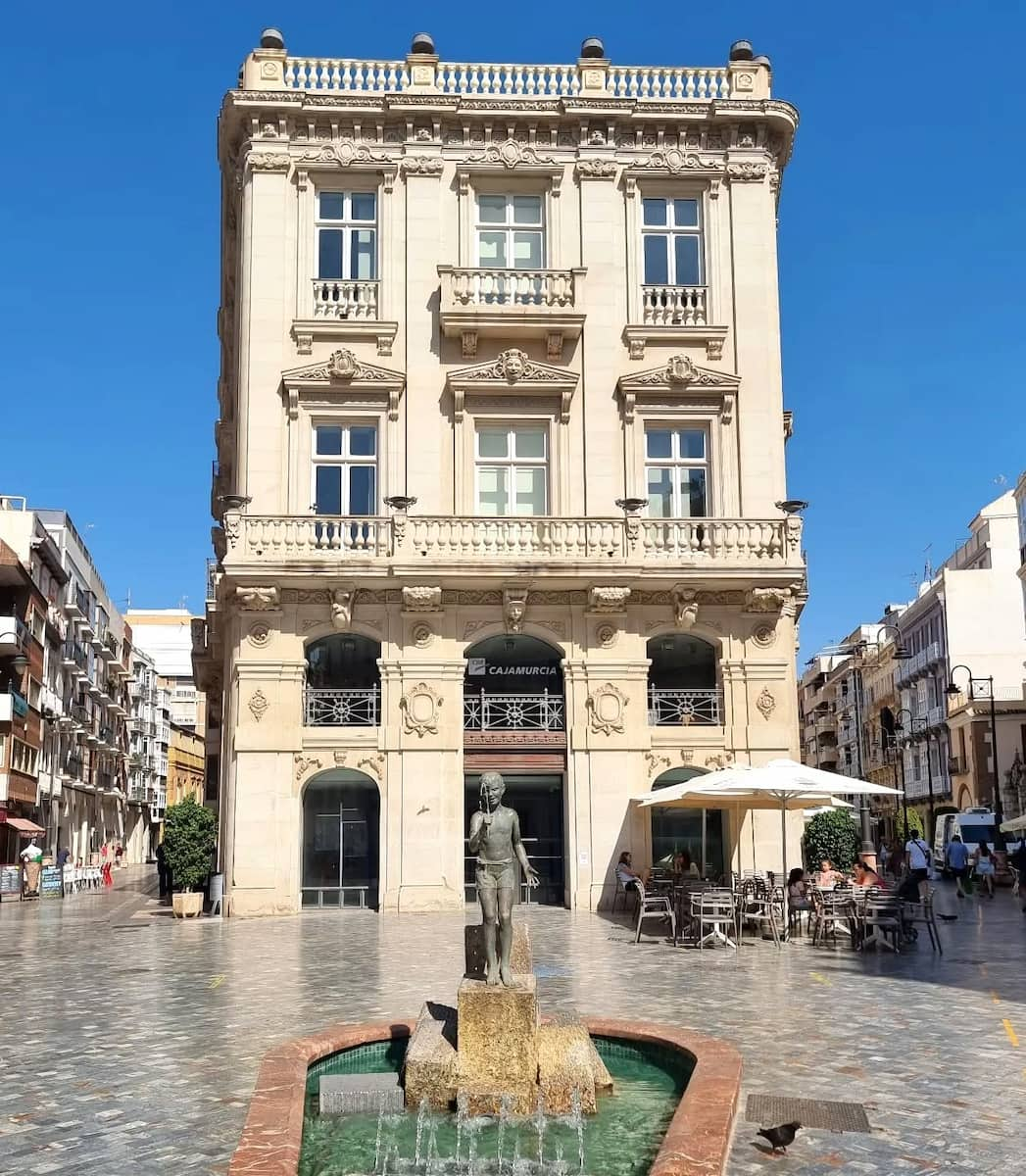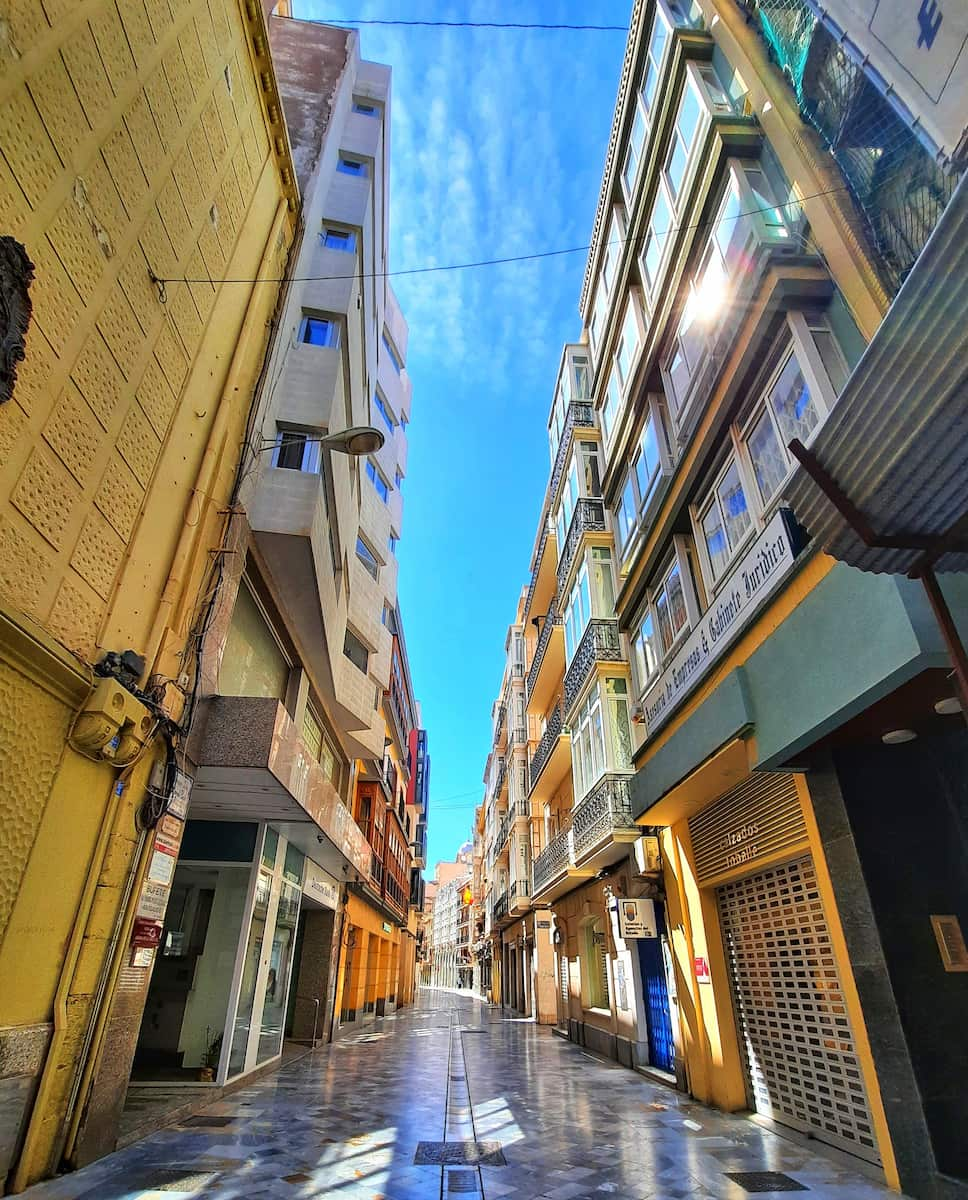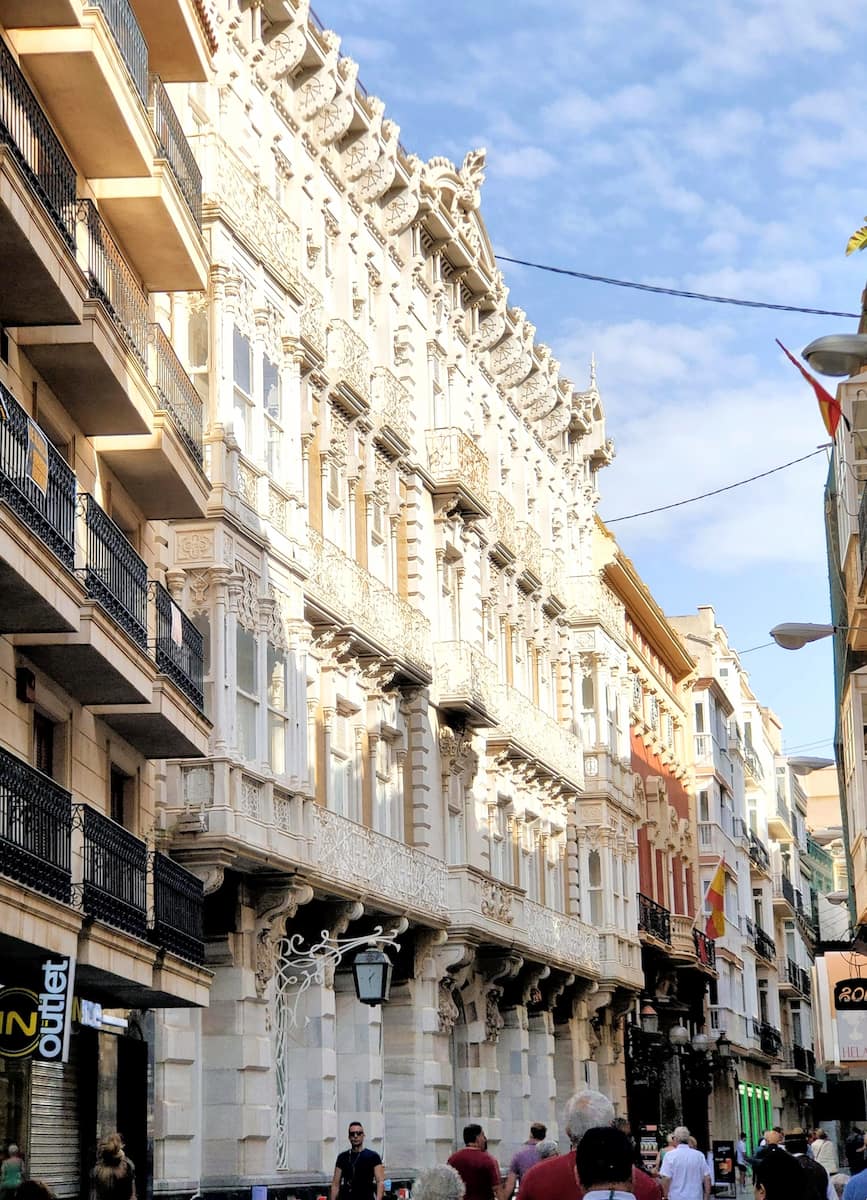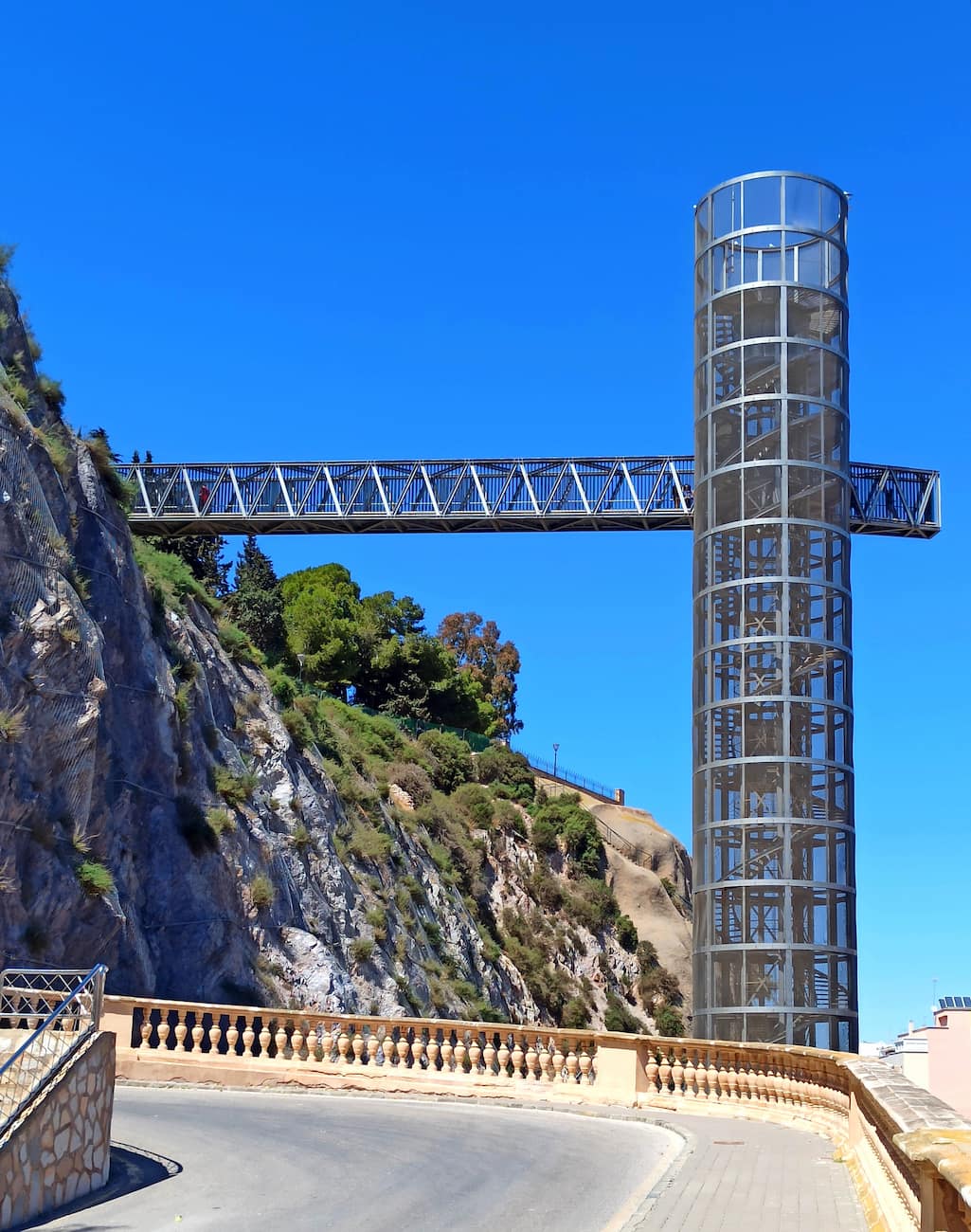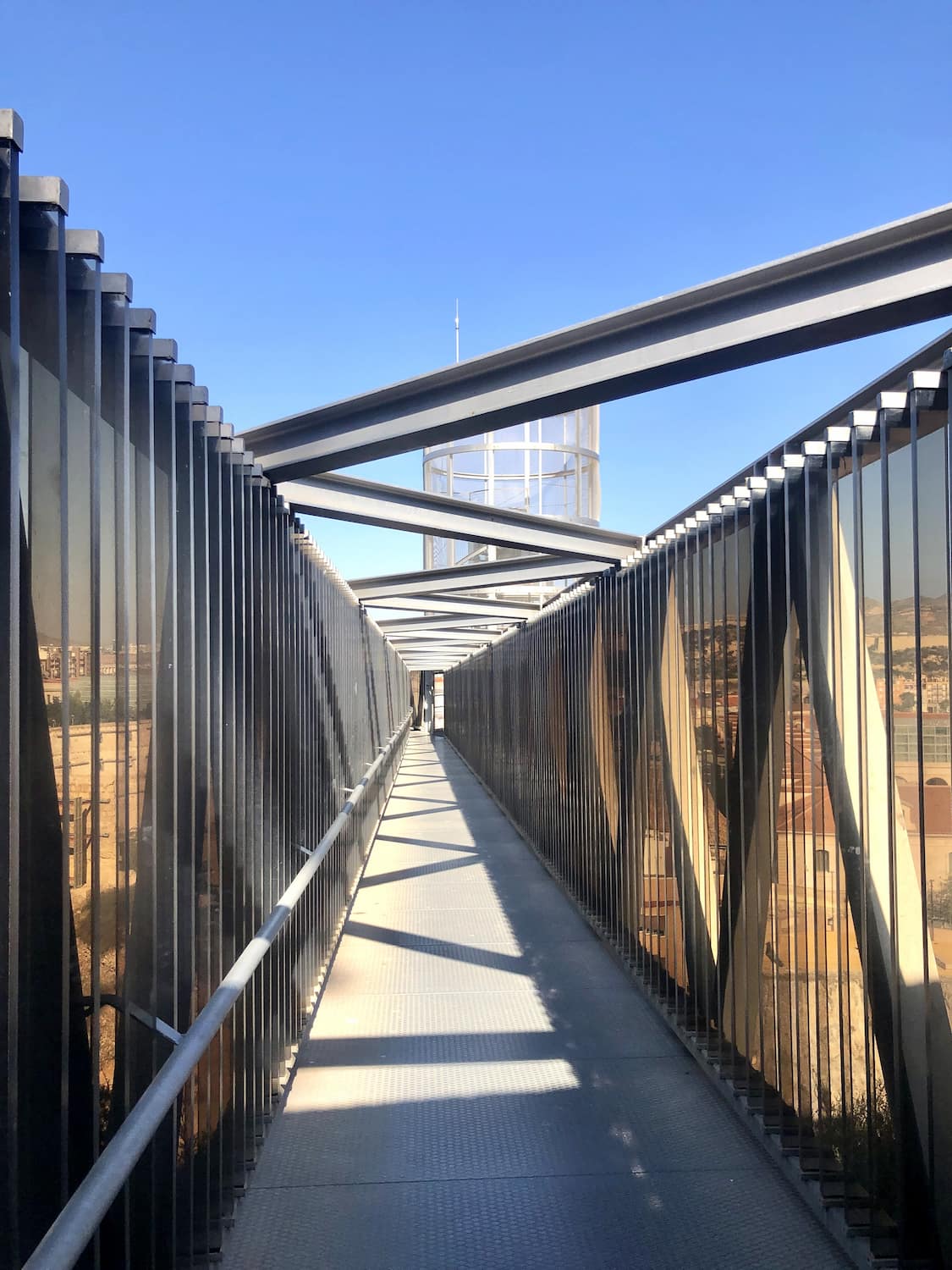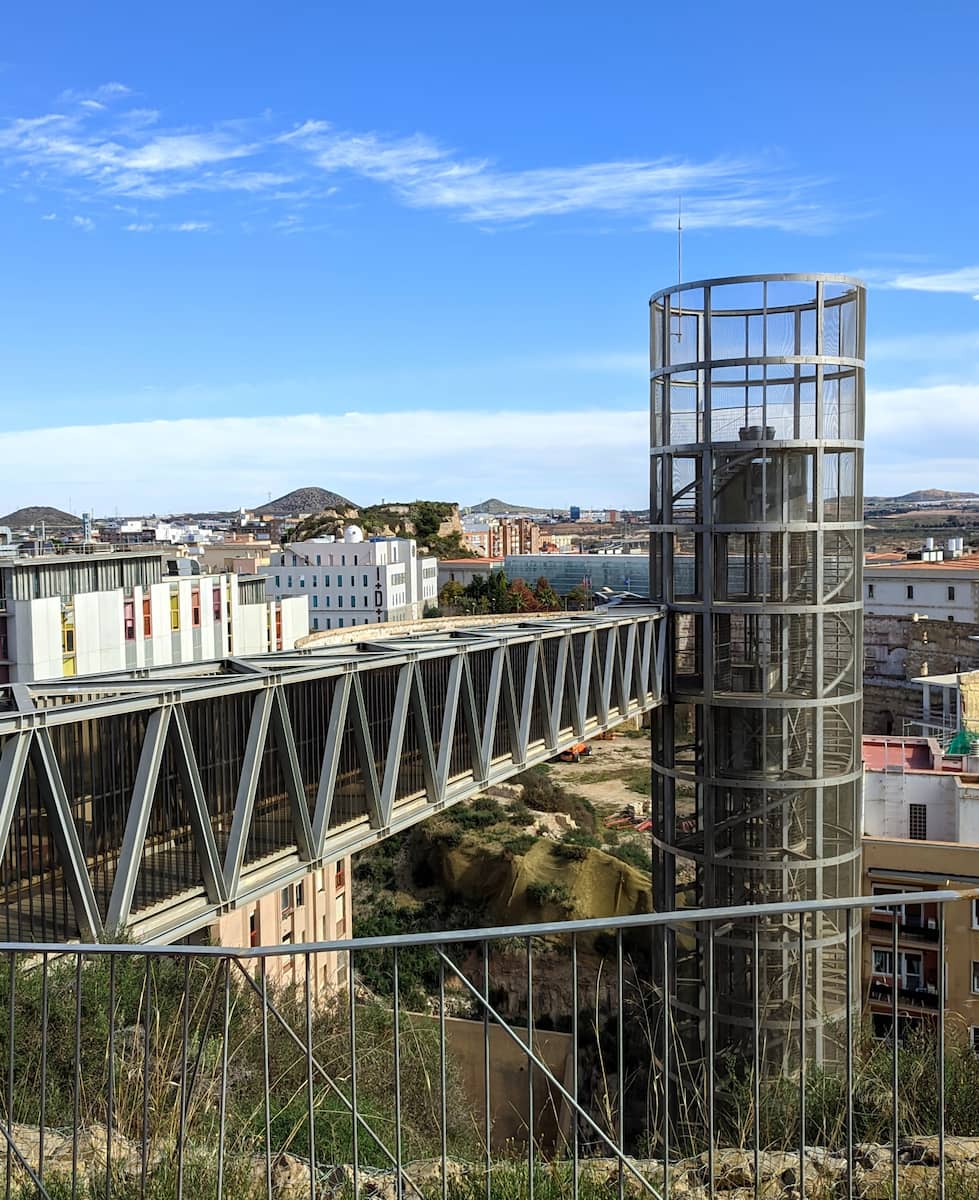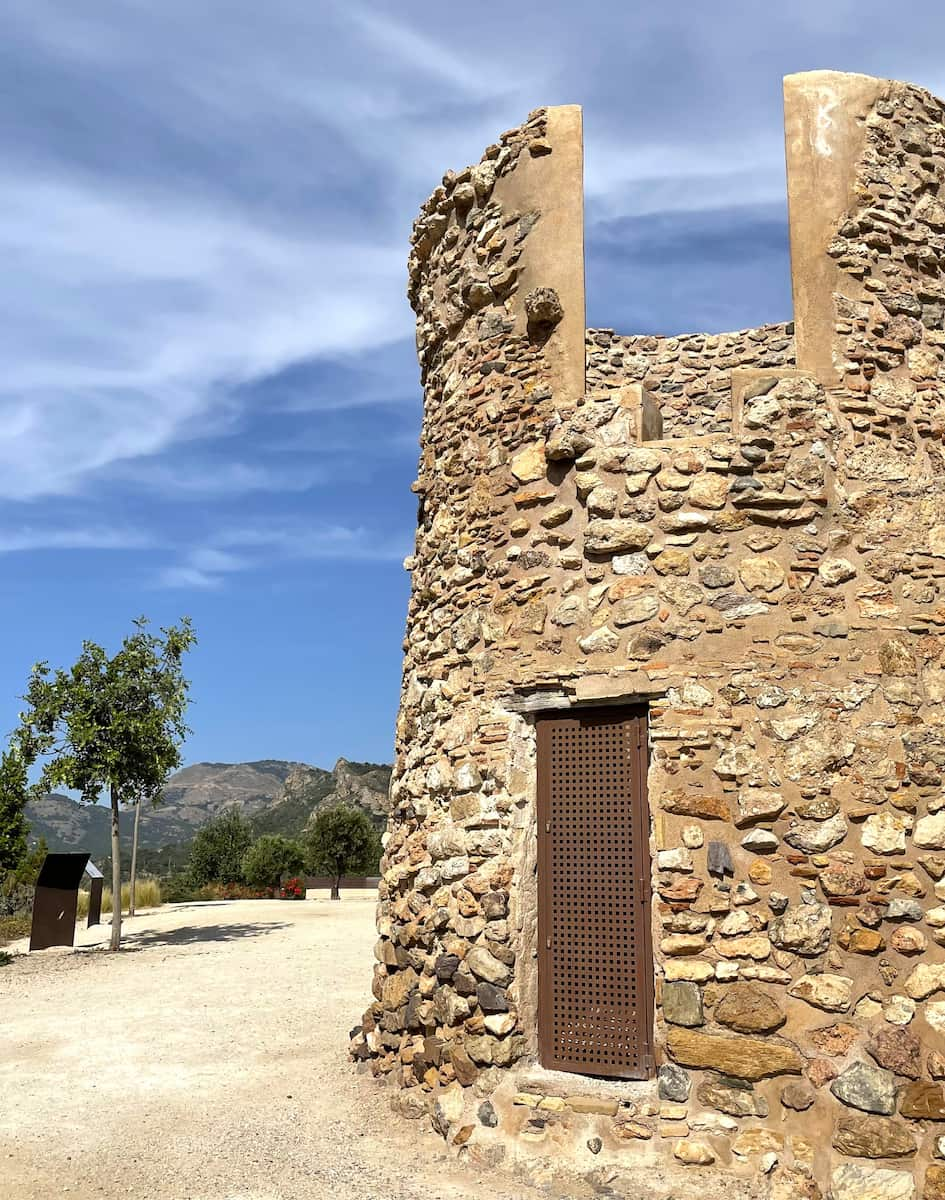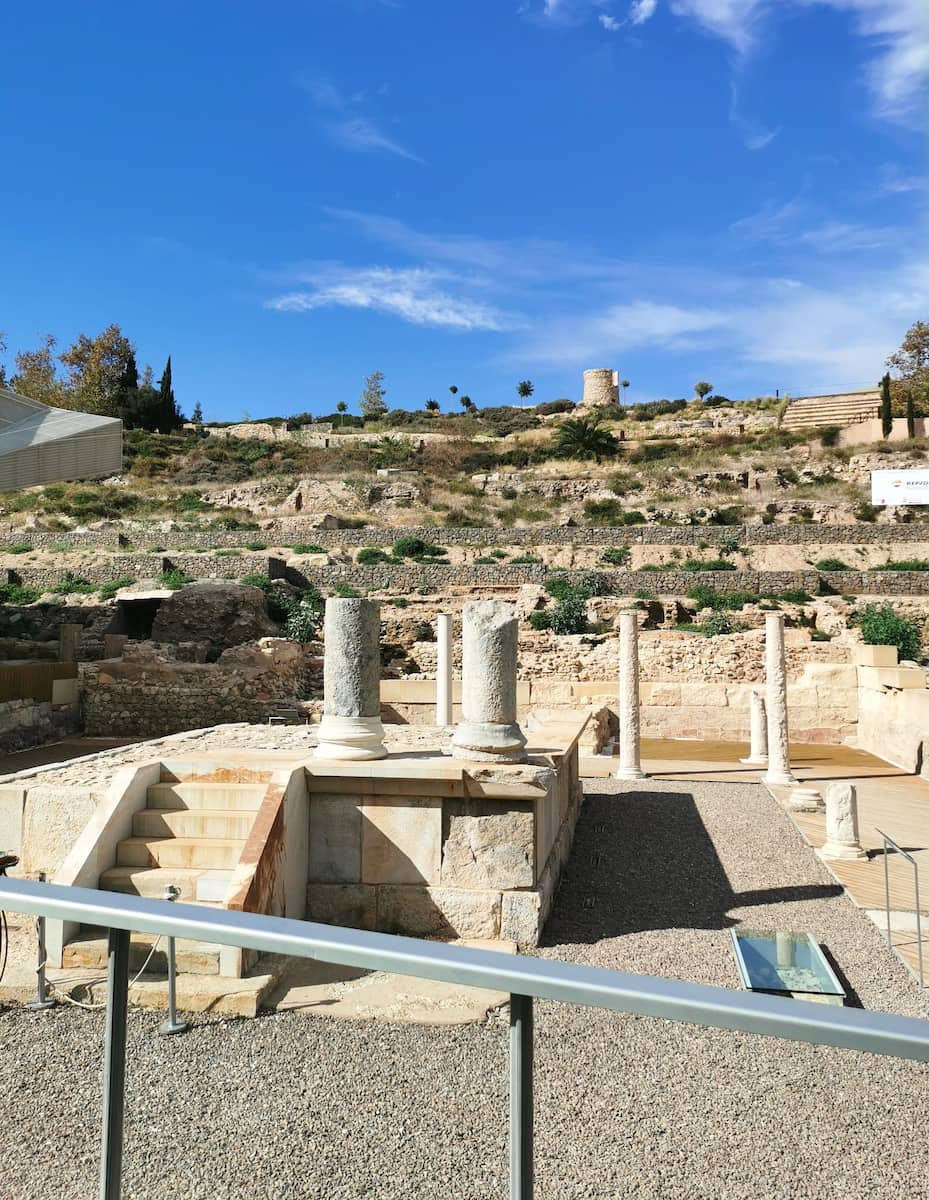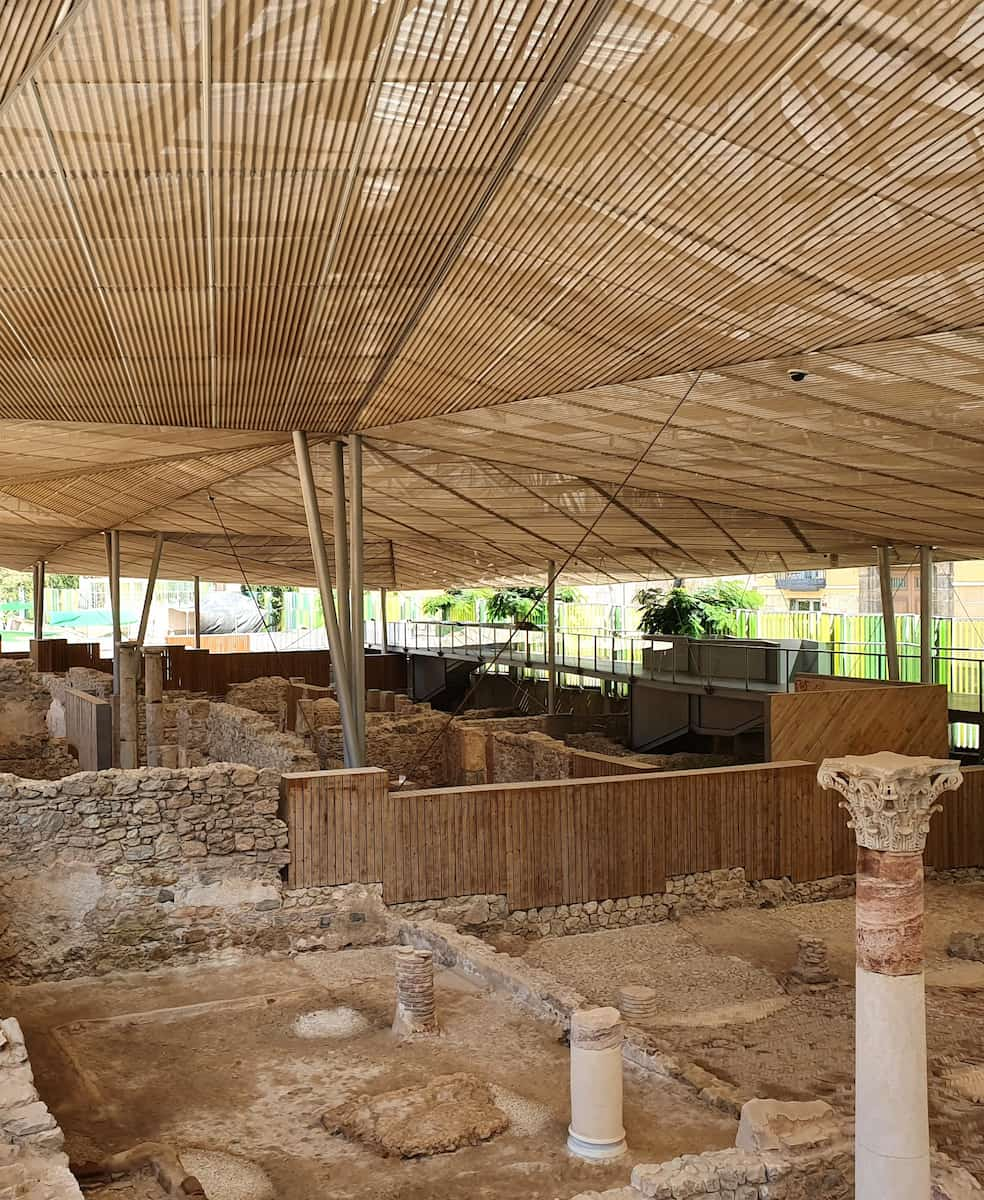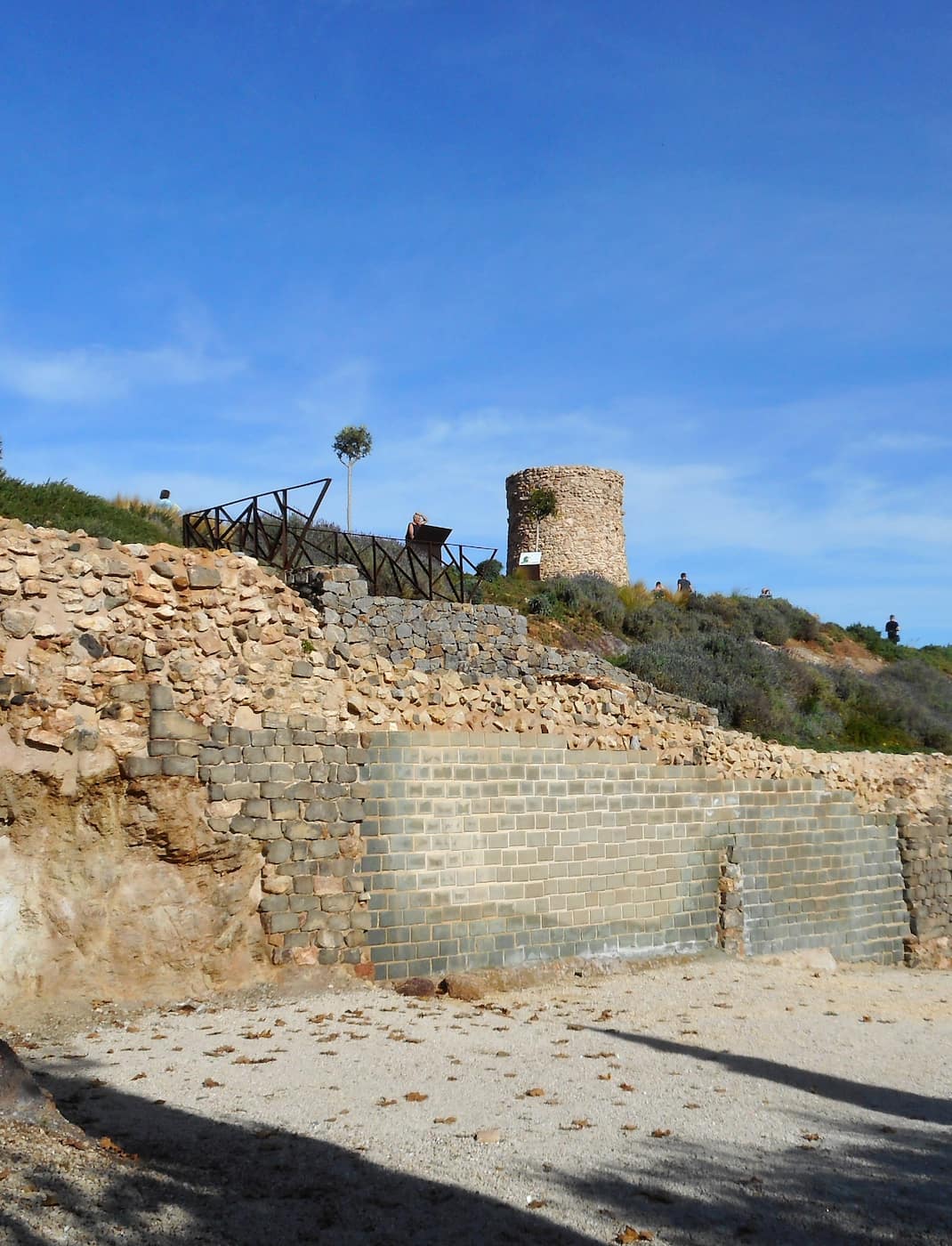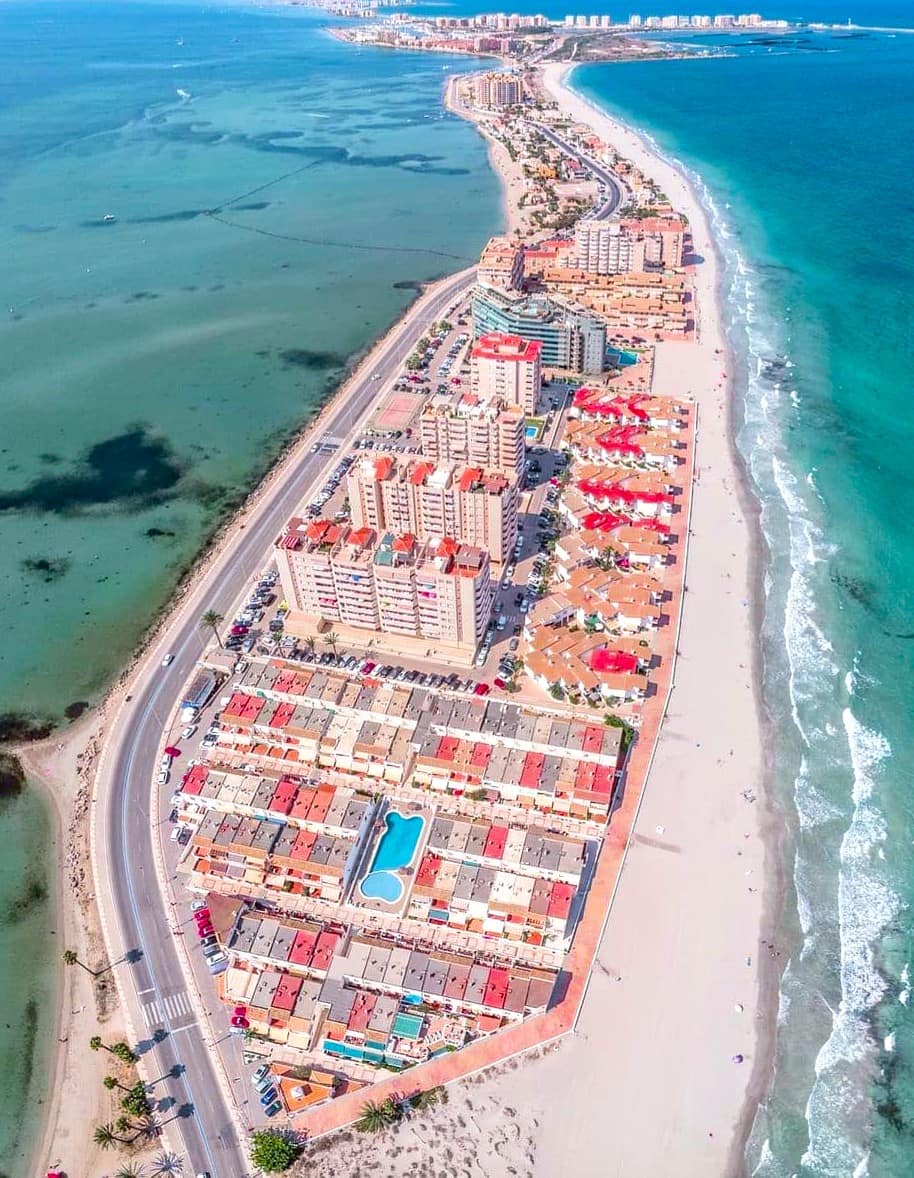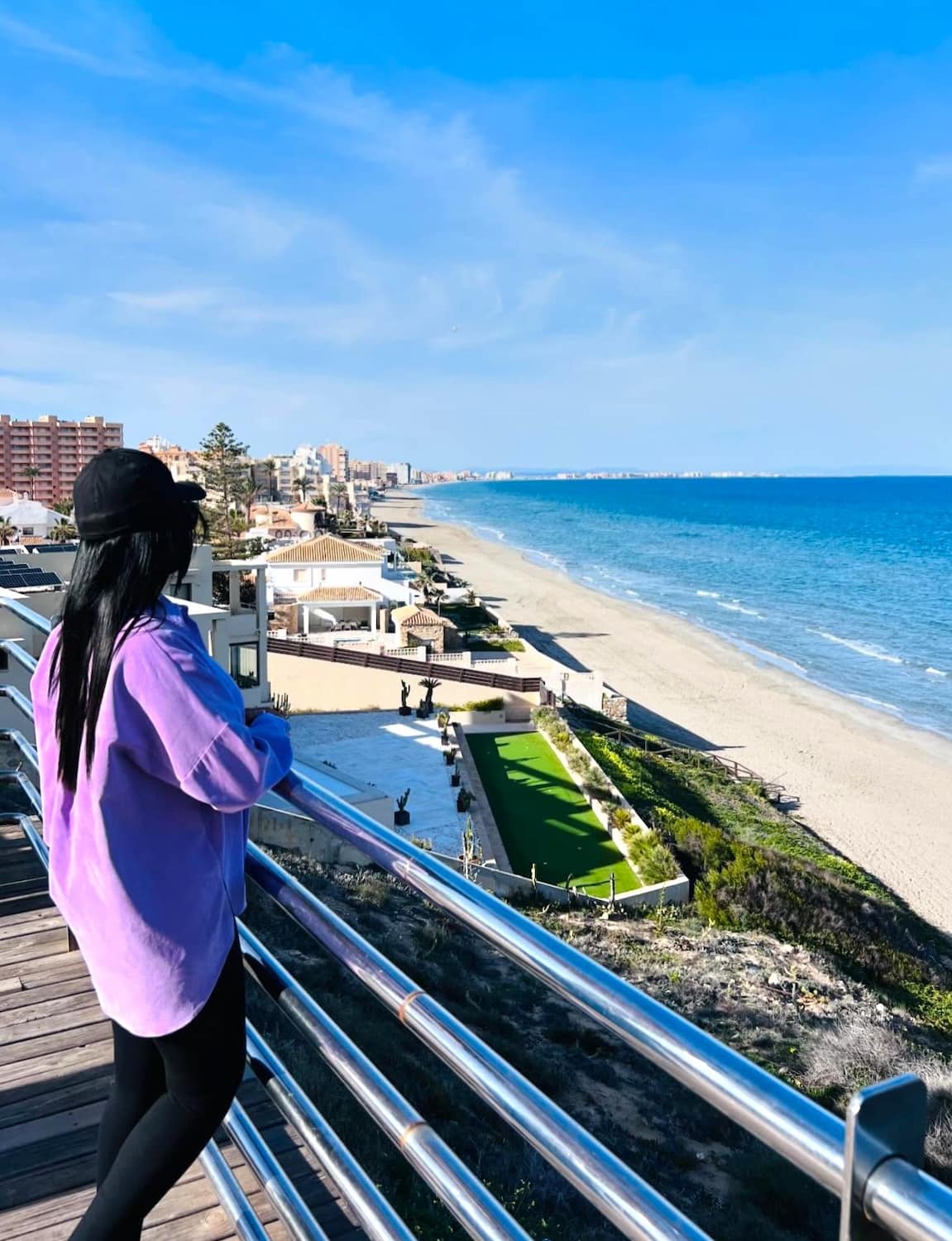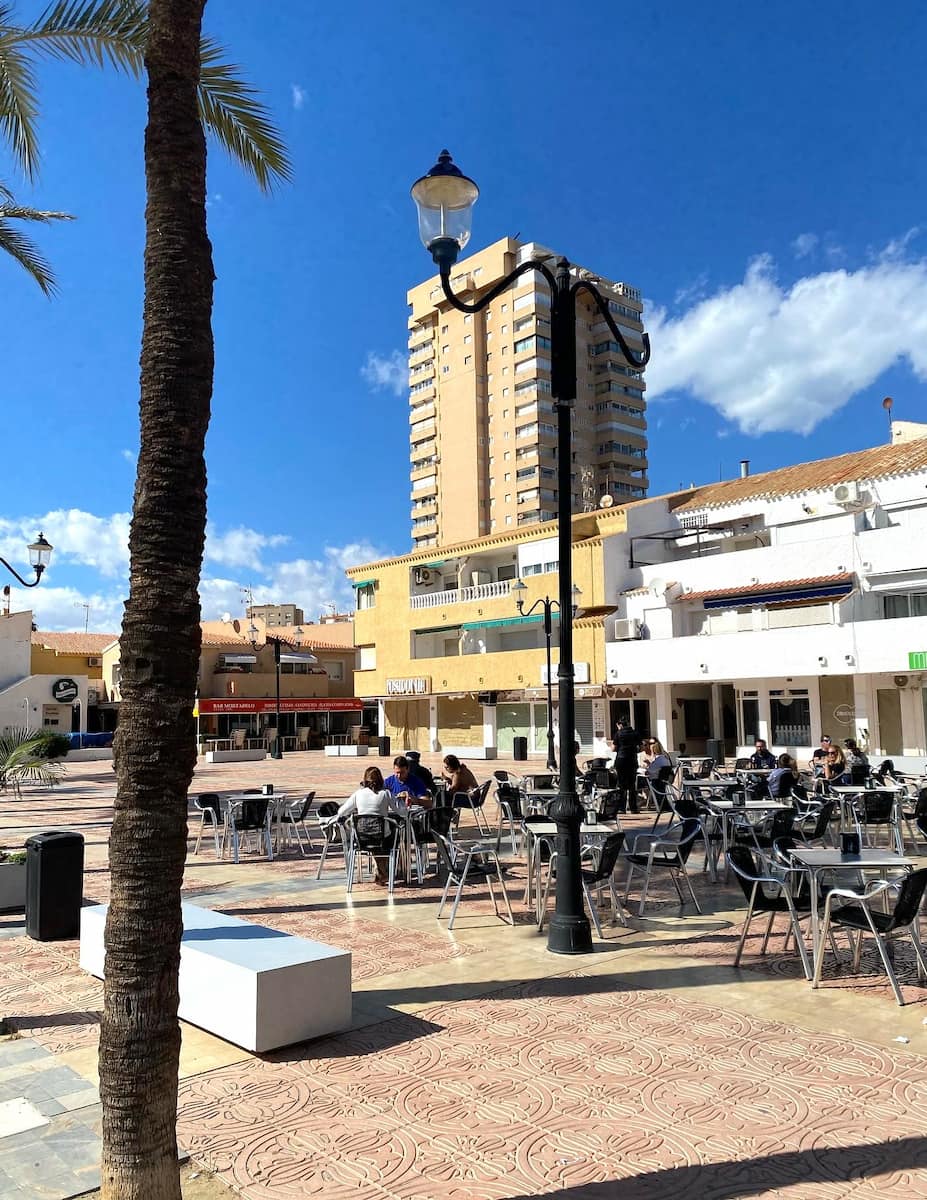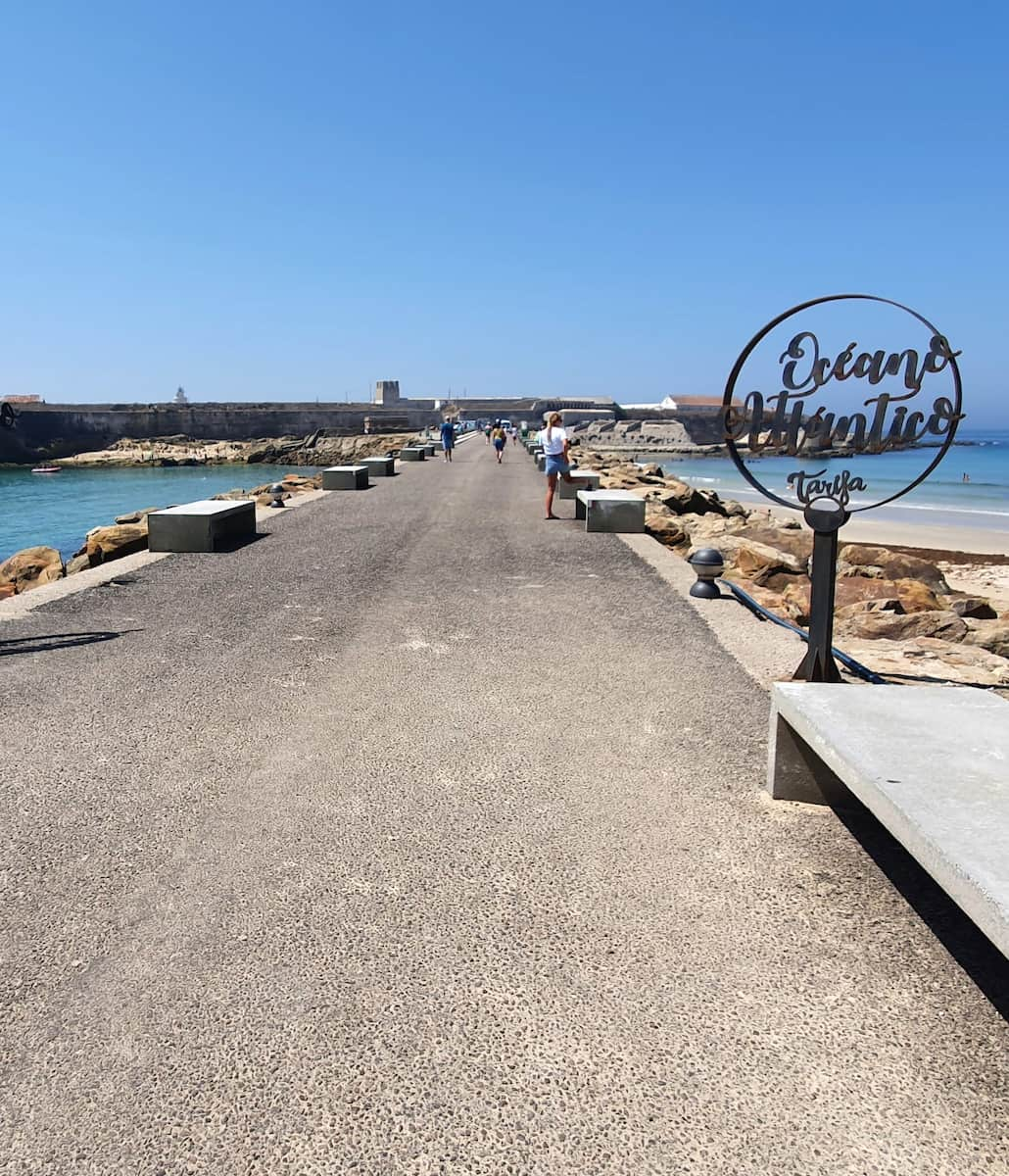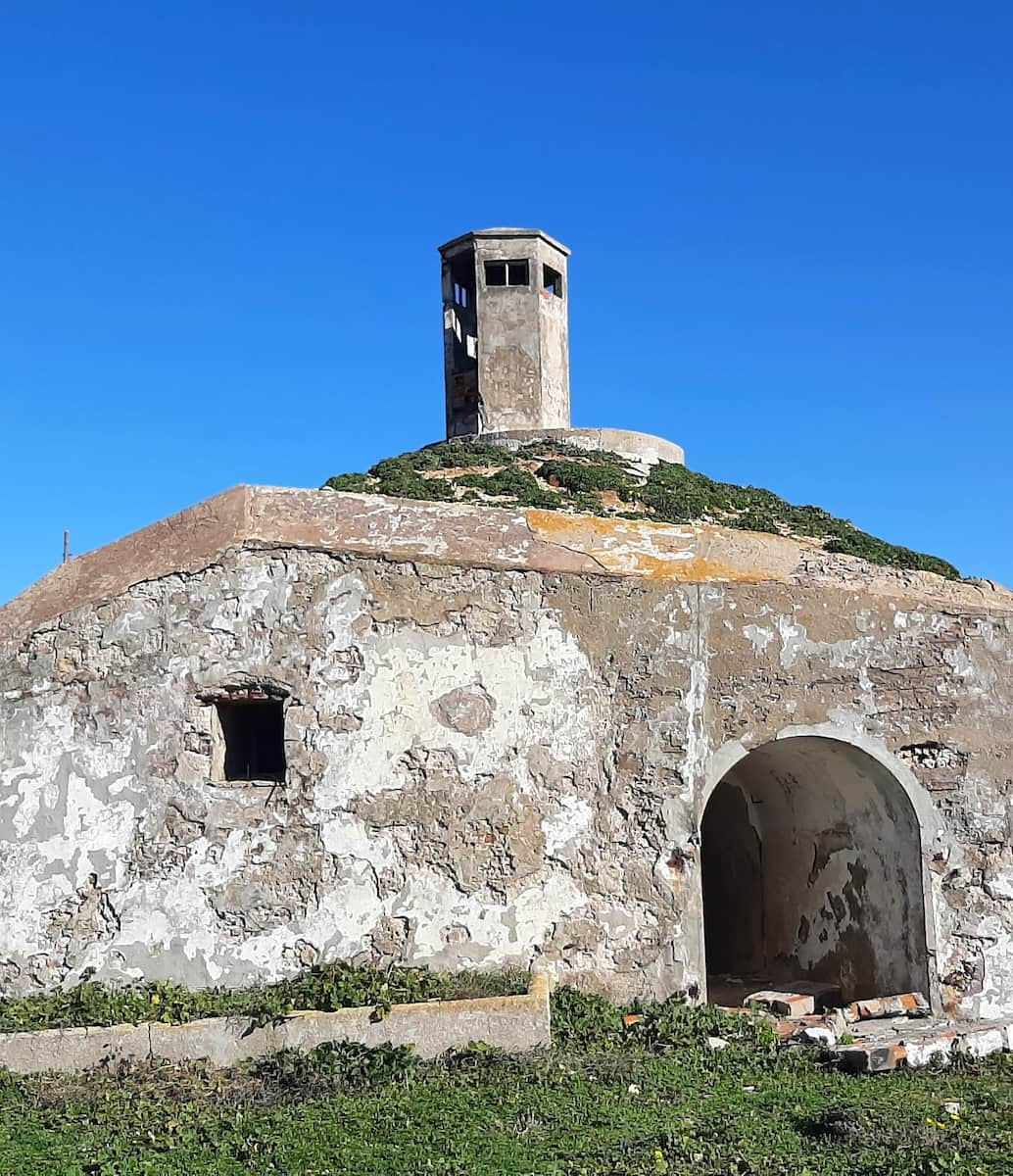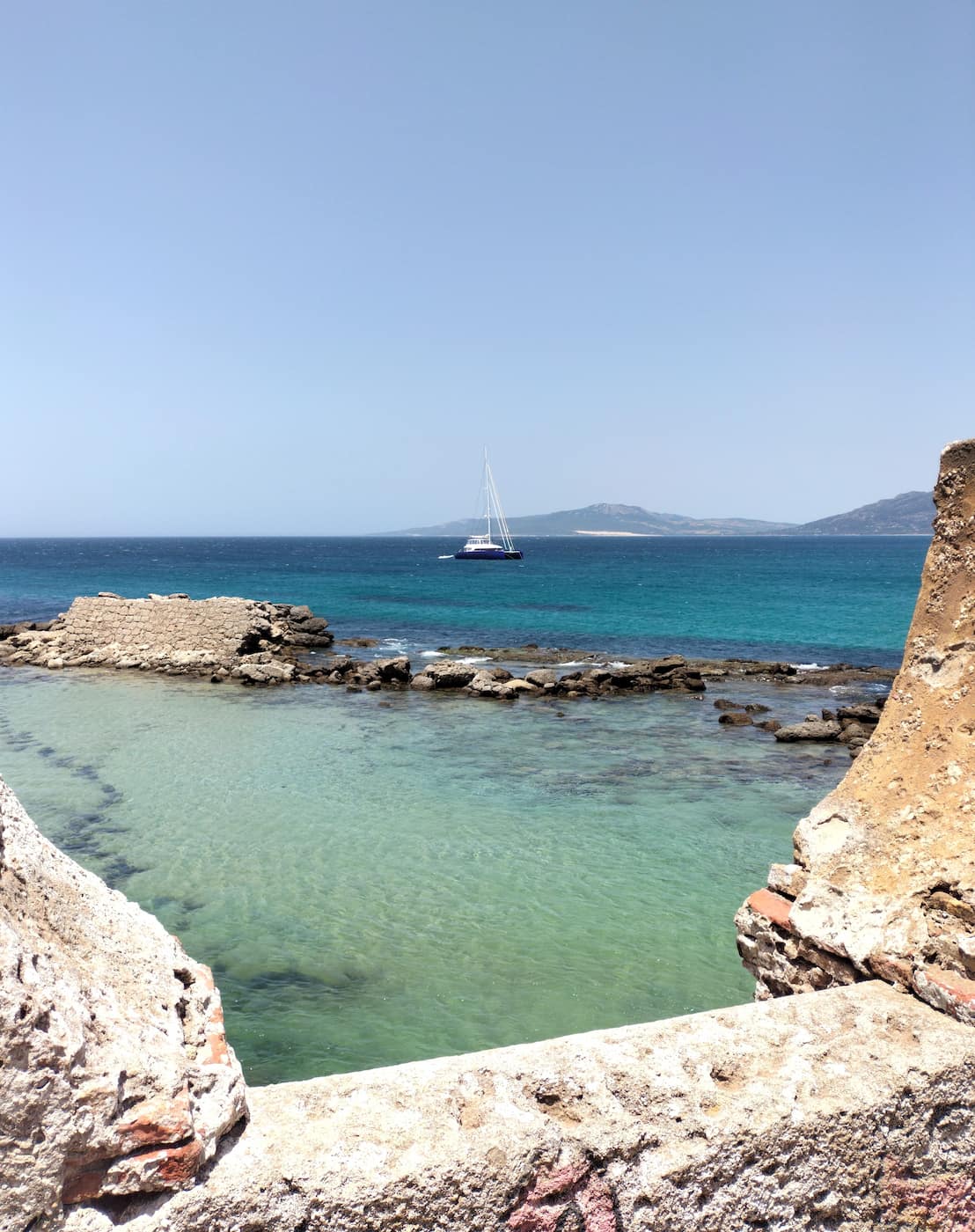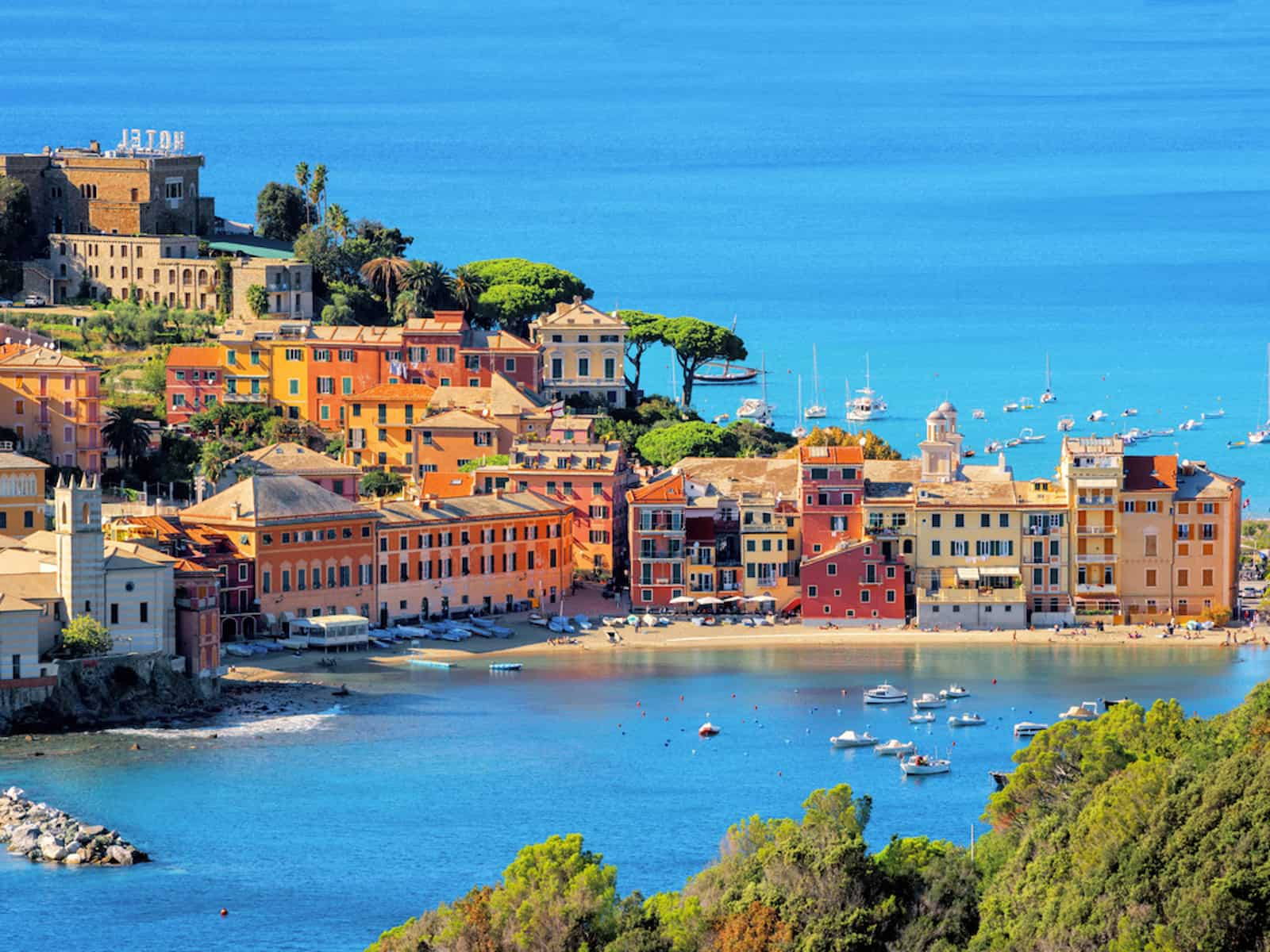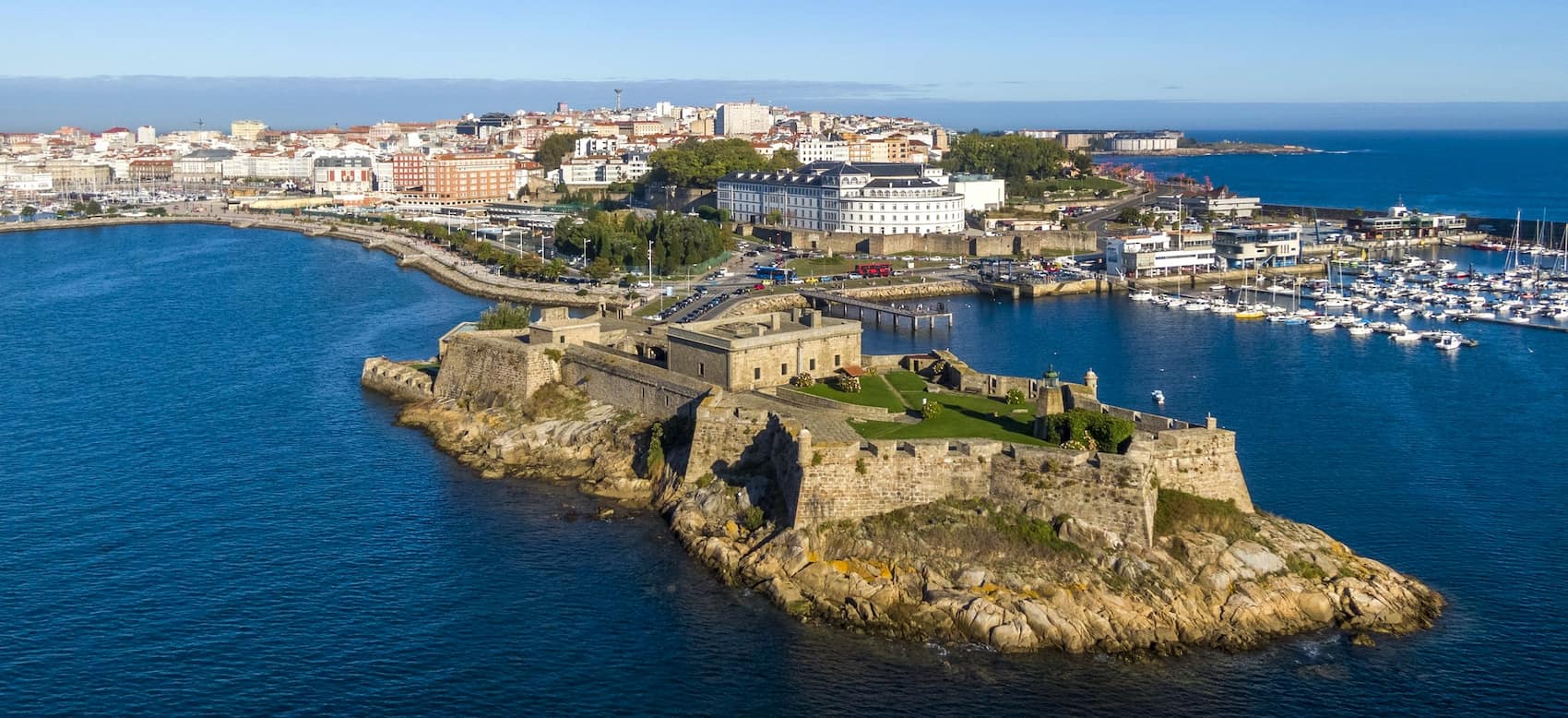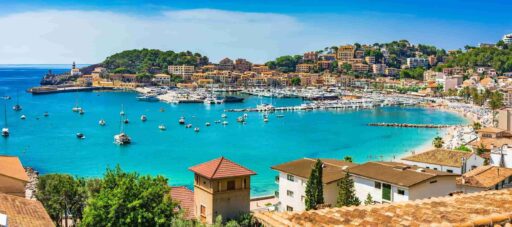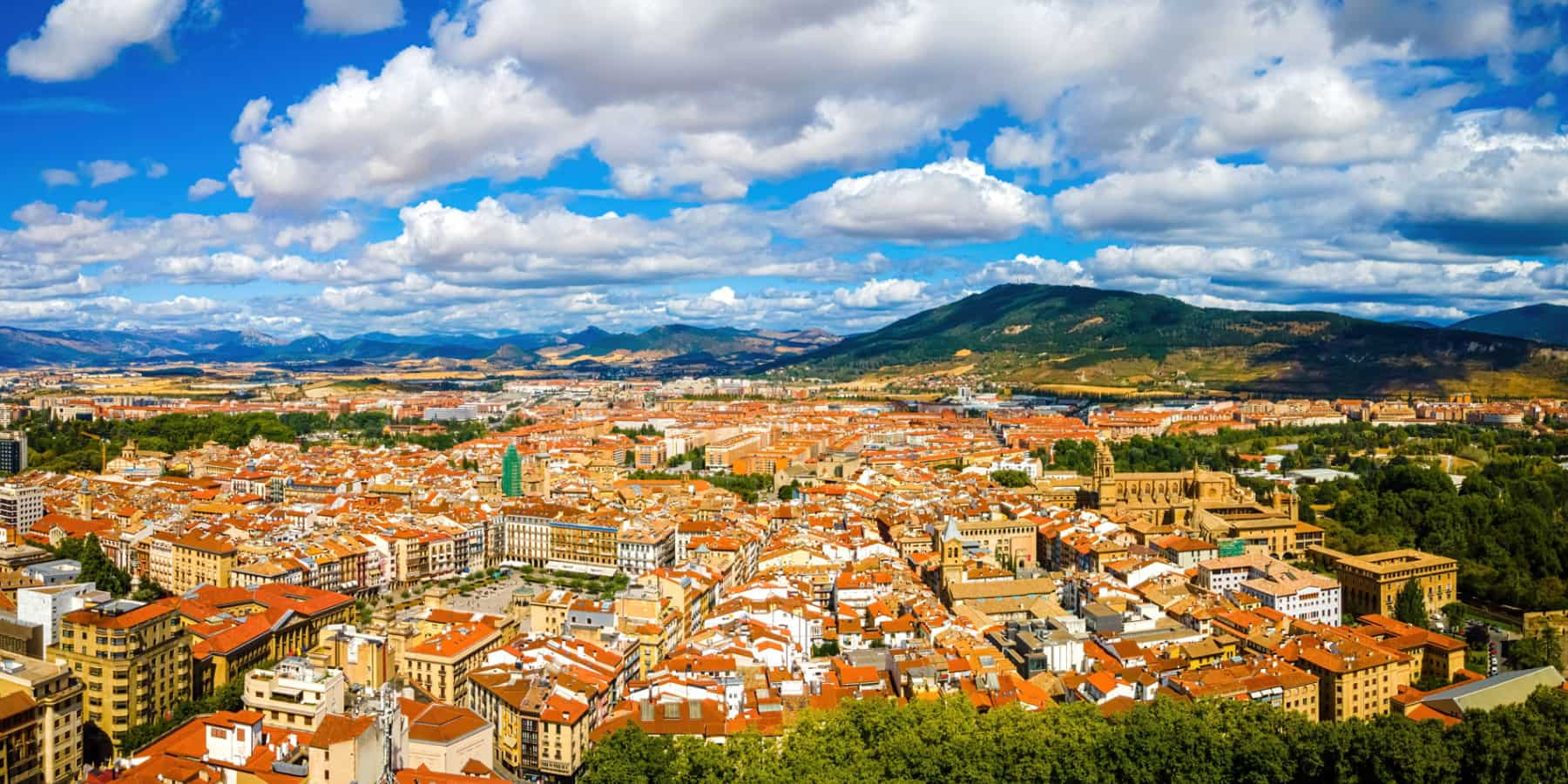Cartagena in Spain is a fascinating port city filled with history, culture, and stunning sights waiting to be explored. From ancient Roman ruins to colorful streets and lively squares, this city offers something for everyone. Whether you’re a history lover, a foodie, or someone who enjoys scenic views, Cartagena will surprise and delight you at every turn.
In this guide, we’ll take you through the best places to visit, hidden gems to discover, and experiences you simply can’t miss. Get ready to uncover the rich stories of Cartagena’s past while enjoying its vibrant present. Let’s dive into this unforgettable destination!
🏠 Where to Stay in Cartagena, Spain
- 🏨 4-Star: Sercotel Alfonso XIII
- 🛏️ 3-Star: Sercotel Carlos III
- 💸 Cheap: B&B HOTEL Cartagena Cartagonova
- 🏢 Apartment: Apartamentos Turisticos Mediterraneo
- 👨👩👧👦 For Families: Vivienda con parking en el centro de Cartagena.
- 🏩 For Couples: Hotel Cartagena Puerto
💁 Best Guided Tours
- Cartagena Roman Theatre and History Tour with Tapas from € 55 (⭐ 4.8/5)
- 3 Tapas Cartagena Walking Tour from € 45 (⭐ 4.7/5)
- Cartagena and Murcia Shore Excursion from € 75 (⭐ 4.9/5)
- 4-Hour Tour of the Best of Cartagena from € 65 (⭐ 4.8/5)
Best Things to do in Cartagena, Spain
1. Roman Theater and Museum
Exploring Ancient Marvels. The Roman Theater in Cartagena is one of Spain’s largest and most impressive ancient landmarks, dating back to the 1st century BC. As I stepped into the semicircular structure, I could almost hear echoes of Roman performances that once captivated up to 7,000 spectators. The museum, designed by Rafael Moneo, offers a fascinating journey through time with exhibits detailing the theater’s construction, burial, and rediscovery. The entry fee is affordable at €7 (around $7.61 USD), making it an accessible highlight for history enthusiasts.
What to See Inside.
- The Cavea: Rows of stone seats that showcase Roman engineering brilliance.
- Scaenae Frons: The stage front adorned with intricate carvings.
- Artifacts: Tools and inscriptions revealing daily Roman life.
Practical Tips: Wear comfortable shoes as you’ll be walking through uneven surfaces. Audioguides are available in multiple languages for an enhanced experience.
⭐ Best Activities
- Museum of the Roman Theatre of Cartagena Tickets – Explore one of the largest Roman theaters in Hispania, with stunning exhibits and modern architectural design.
2. Roman Forum
Journey Through Time. The Roman Forum Museum is a gateway to Cartagena’s ancient urban center, Carthago Nova. Walking through its 2,000-year-old roads and ruins felt like stepping into a living history book. Highlights include the Isis Temple dedicated to Egyptian gods and the thermal baths that reveal fascinating insights into Roman leisure culture. Tickets cost €7.50 (about $7.81 USD), with free cancellation up to 24 hours before your visit—a great deal for such a rich experience!
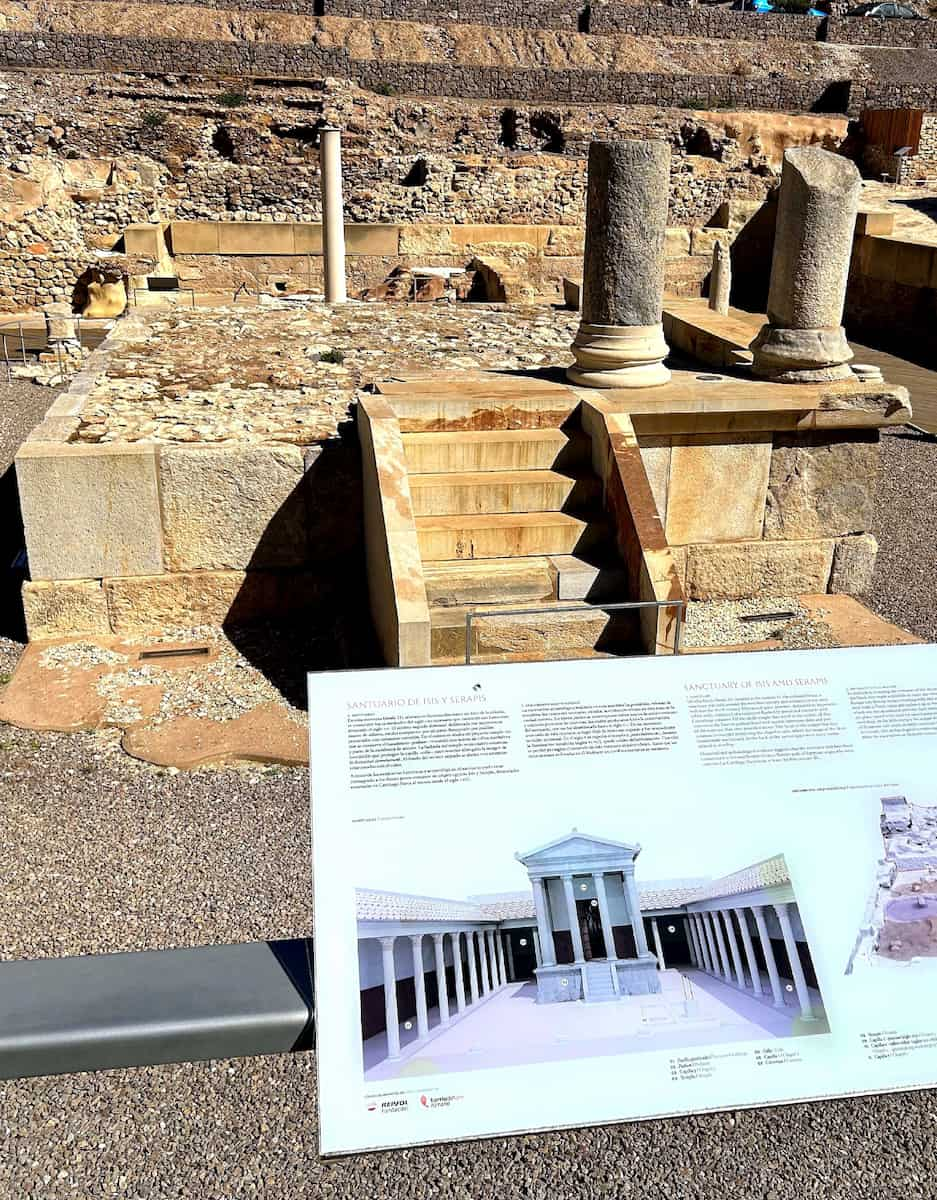
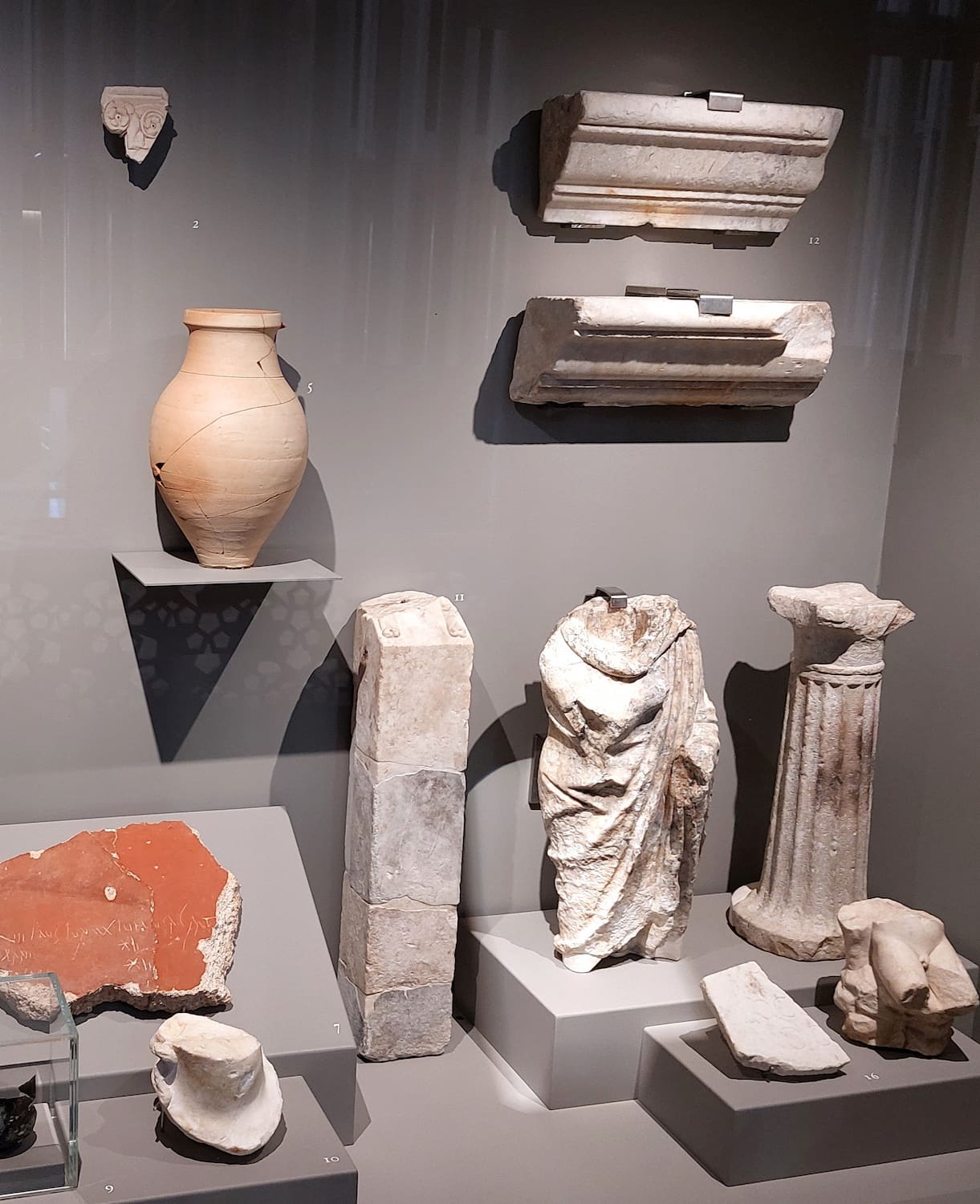
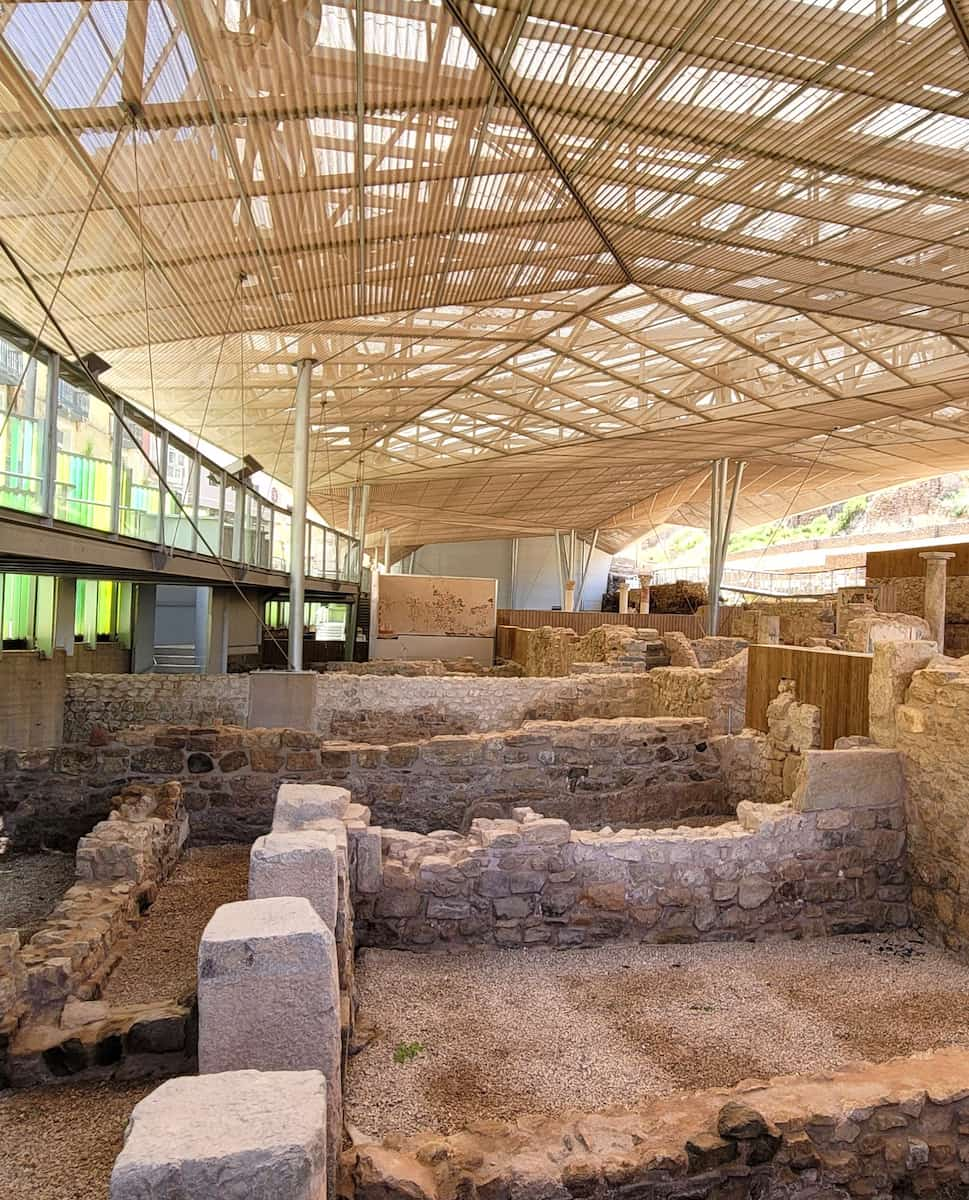
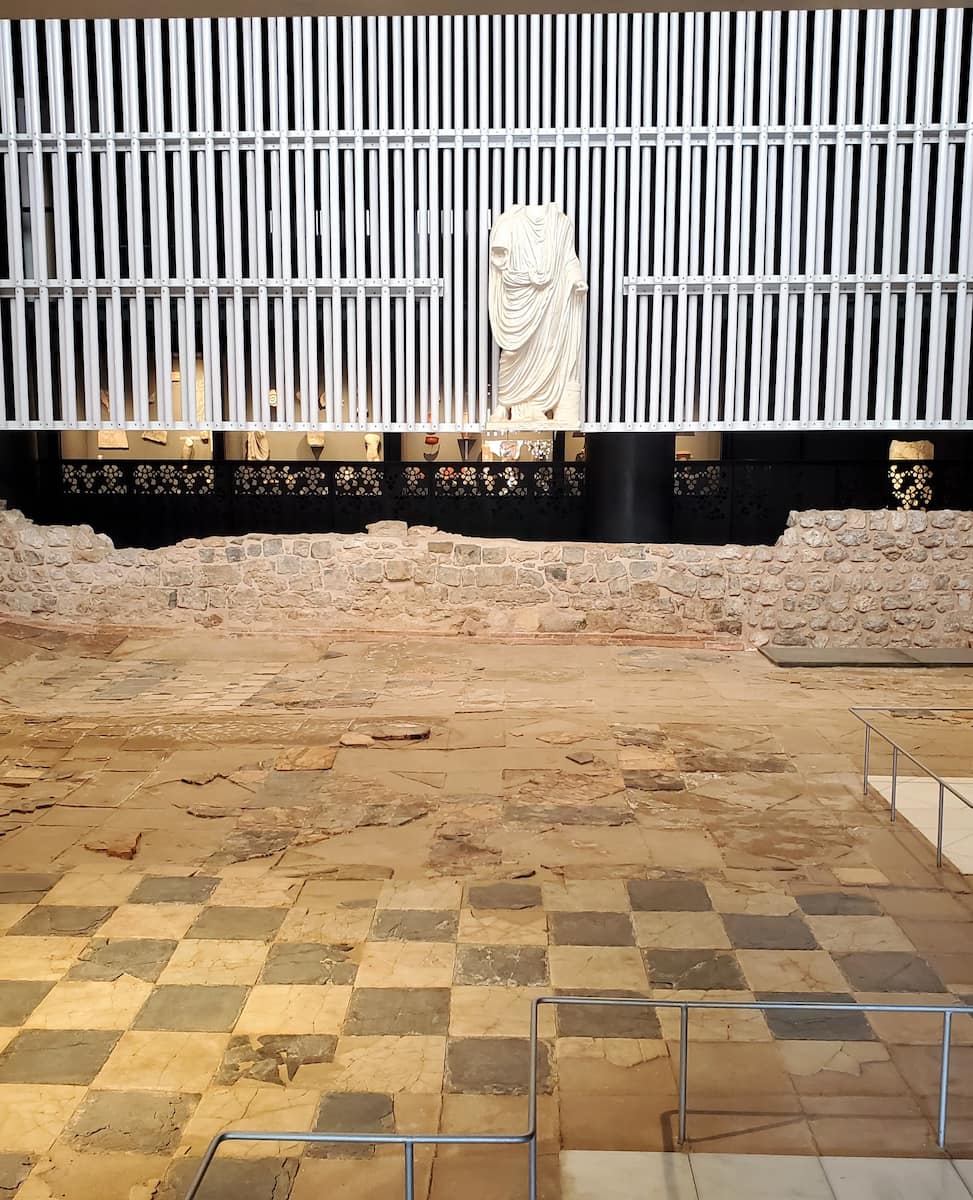
Key Sites to Explore:
- Sanctuary of Isis: A spiritual hub showcasing Roman-Egyptian fusion culture.
- Thermal Baths: Learn about ancient bathing rituals and architecture.
- Colonial Forum: The political heart of the city with marble pavements and grand porticos.
Practical Tips: Plan your visit early to avoid crowds and ensure you have enough time to explore all areas thoroughly.
| Attraction | Entry Fee | Highlights | Accessibility |
|---|---|---|---|
| Roman Theater Museum | €7 ($7.61 USD) | Largest Roman theater in Spain, artifacts, audioguides | Wheelchair accessible |
| Roman Forum Museum | €7.50 ($7.81 USD) | Isis Temple, thermal baths, mural paintings | Wheelchair accessible |
⭐ Best Activities
- Roman Exploration in Cartagena – Discover Roman history with visits to key sites, including the Roman Theater, while enjoying tapas along the way.
3. Casa Fortuna
Roman Luxury. Casa Fortuna is a beautifully preserved Roman villa that offers a rare peek into the opulent lifestyle of Cartagena’s elite during the 1st century AD. As I wandered through its mosaic-covered floors and frescoed walls, I could imagine the lavish banquets and family gatherings that once filled these rooms. Entry costs €6 (around $6.52 USD), making it a budget-friendly stop for history lovers.
Highlights to Explore:
- Mosaics: Intricate designs depicting mythological themes.
- Dining Room: A space showcasing Roman dining customs.
- Courtyard: A tranquil area with remnants of fountains and gardens.
4. Augusteum
Roman Religion. The Augusteum is a fascinating archaeological site dedicated to Emperor Augustus and his cult, reflecting the spiritual and political life of ancient Cartagena. Walking through its marble columns and ceremonial halls, I felt transported to a time when emperors were revered as gods.
Key Features to See:
- Temple Remains: Columns and altars used for imperial worship.
- Exhibition Area: Artifacts like coins, pottery, and inscriptions detailing Roman rituals.
- Interactive Displays: Learn about the role of religion in Roman governance.
Practical Tips: Combine your visit with the nearby Roman Forum Museum for a comprehensive understanding of Cartagena’s ancient religious and political systems.
| Attraction | Entry Fee | Highlights | Accessibility |
|---|---|---|---|
| Casa Fortuna | €6 ($6.52 USD) | Mosaics, frescoes, Roman courtyard | Limited wheelchair access |
| Augusteum | €5 ($5.43 USD) | Temple ruins, artifacts, exhibits | Wheelchair |
Historical Landmarks
1. Castillo de la Concepción
Panoramic History. Castillo de la Concepción is perched atop Cartagena’s highest hill, offering sweeping views of the city and its port. Originally built as part of the city’s medieval defenses, this fortress now houses a museum dedicated to Cartagena’s history. Walking through its stone corridors and battlements, I felt immersed in centuries of military lore. Entry costs €5 ($5.43 USD), making it an affordable must-visit site.
What to Explore:
- Observation Deck: Enjoy stunning views of the port and surrounding landscapes.
- Interactive Exhibits: Learn about Cartagena’s evolution from Carthago Nova to a modern city.
- Wildlife Spotting: The hilltop location attracts birds and small wildlife, adding a natural touch to your visit.
Hidden Stories. Beyond its stunning views, Castillo de la Concepción offers a unique look into Cartagena’s medieval past through multimedia exhibits. These displays feature holograms, videos, and artifacts that bring the town’s history to life. I particularly enjoyed the section on Cartagena’s role during the Reconquista and its transformation into a vital Mediterranean port.
Practical Advice: The castle is family-friendly, with interactive exhibits that kids will love. Combine your visit with the nearby Molinete Archaeological Park for a full day of historical exploration.
⭐ Best Activities
- Tour: 3-Hour Walking Tour of Cartagena – Learn about the history of Cartagena in Spain while exploring its landmarks on foot with an expert guide.
- Ticket+Tour: Panoramic Lift and Conception Castle Ticket – Enjoy breathtaking views of the port city and visit historical sites atop Gisbert Hill.
2. Naval Museum
Adventures. The Naval Museum of Cartagena is a fascinating dive into Colombia’s naval history, located near Plaza de San Pedro Claver. The museum showcases everything from colonial-era ships to modern naval technology through interactive exhibits and life-sized models. Walking through its halls, I gained a deeper appreciation for Cartagena’s maritime significance over centuries. Entry costs €10 ($10.87 USD), making it a budget-friendly option for families and history buffs alike.
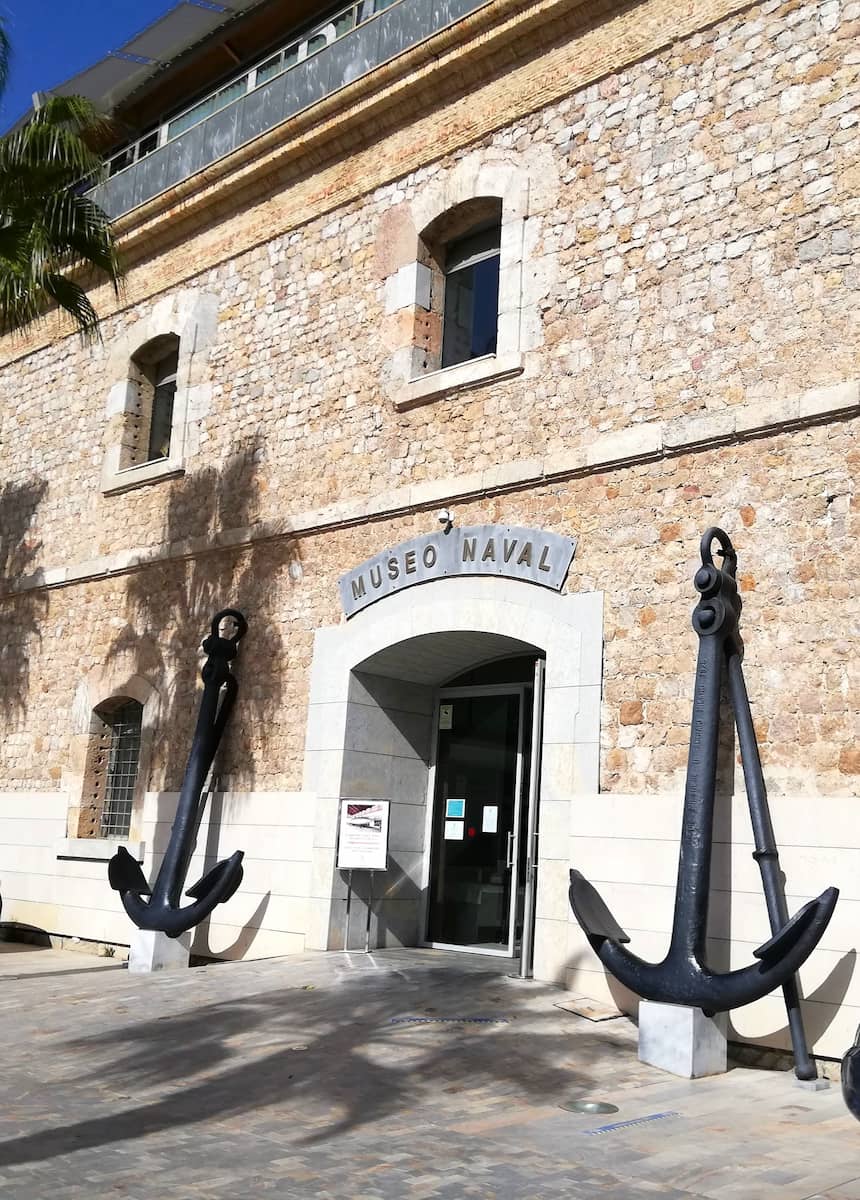
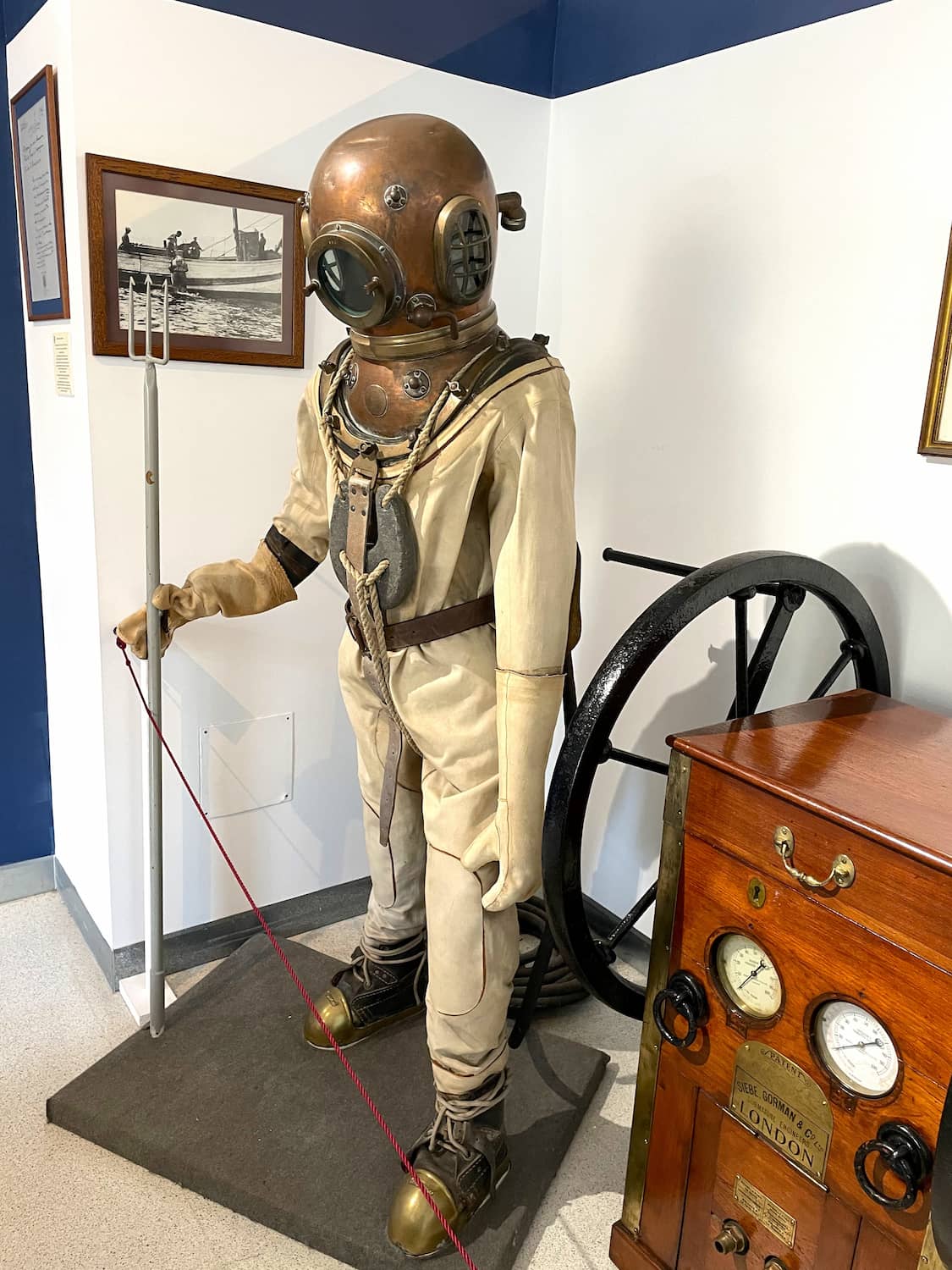
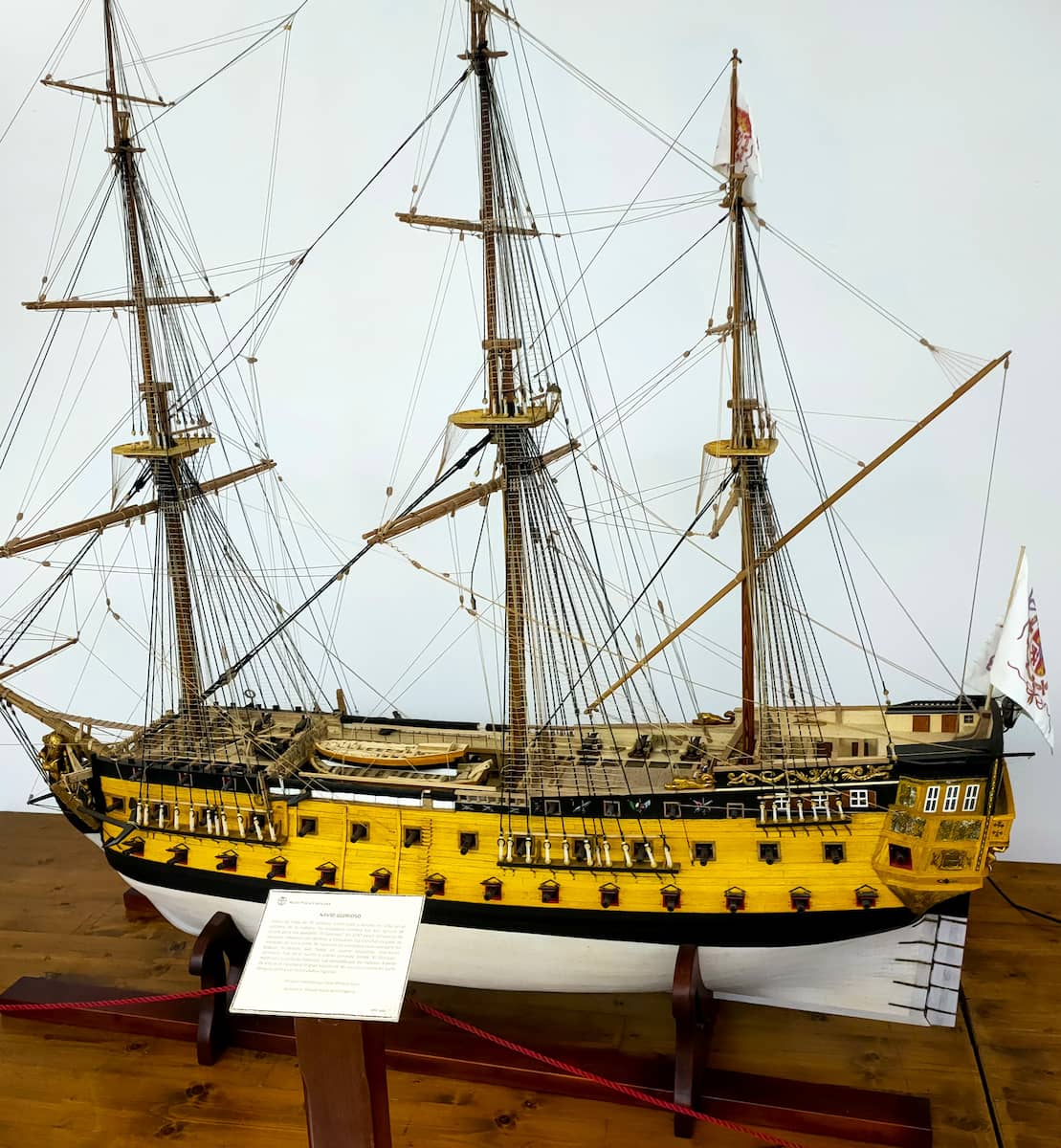
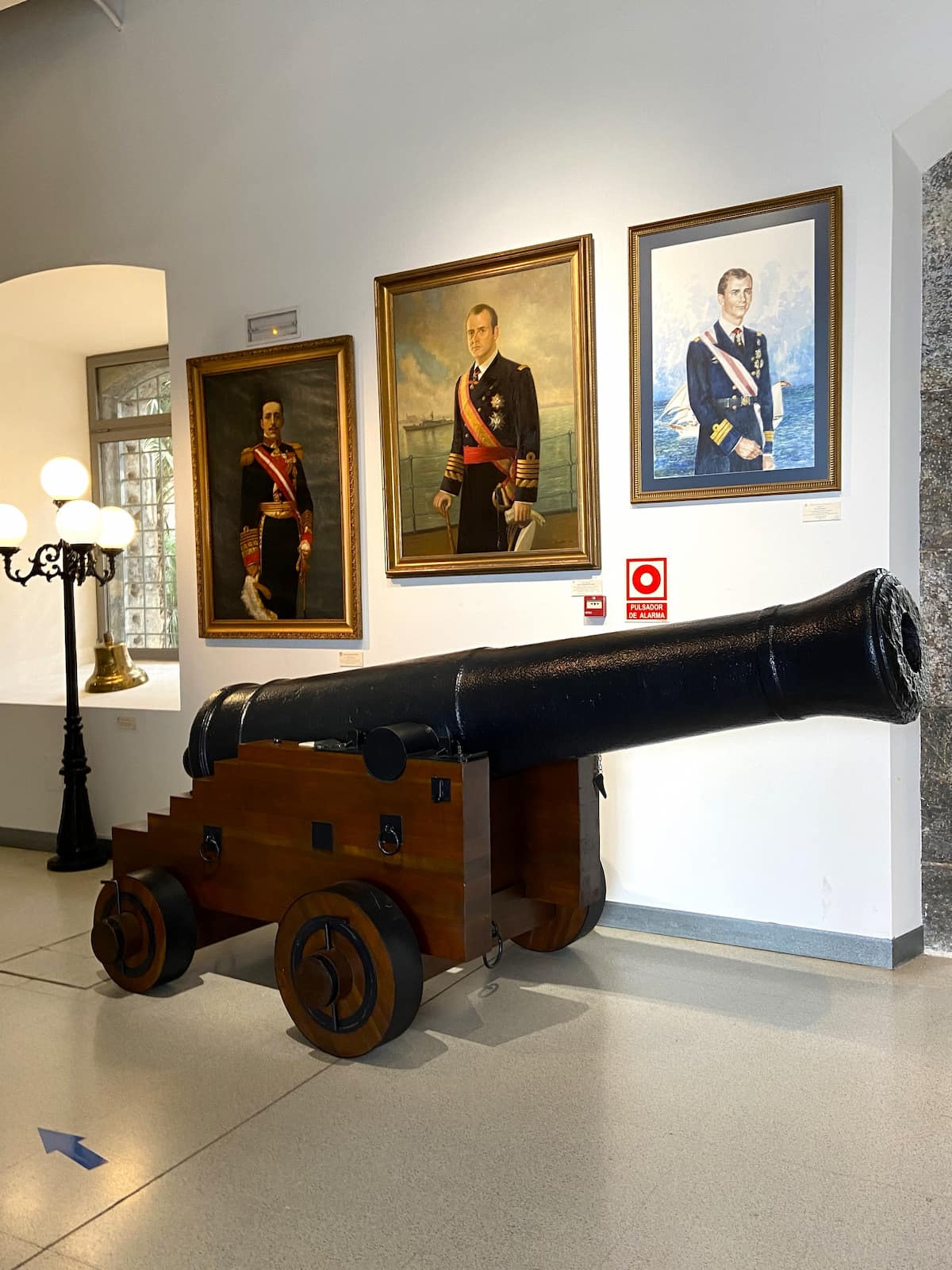
What to See Inside:
- Ship Models: Detailed replicas of historical ships used in naval battles.
- Interactive Displays: Hands-on exhibits explaining navigation techniques and warfare strategies.
- Colombian Navy History: Artifacts like uniforms, maps, and weaponry showcasing naval evolution in Colombia.
Immersive Exhibits. One of the museum’s highlights is its simulation room, where visitors can experience what it was like to navigate a ship during a storm or engage in naval combat. This hands-on activity is perfect for families and adds an interactive element to your visit.
| Attraction | Entry Fee | Highlights | Accessibility |
|---|---|---|---|
| Castillo de la Concepción | €5 ($5.43 USD) | Observation deck, multimedia exhibits | Partially accessible |
| Castillo de San Felipe | €25 ($27 USD) | Tunnels, battlements, military design | Limited wheelchair access |
| Naval Museum | €10 ($10.87 USD) | Ship models, simulation room | Fully accessible |
4. Civil War Shelters Museum
Wartime Cartagena. The Civil War Shelters Museum, located beneath the hill of Castillo de la Concepción, offers a fascinating look at how Cartagena’s residents sought refuge during the Spanish Civil War. Built in the late 1930s, these underground shelters protected civilians from aerial bombings. As I walked through the dimly lit tunnels, I could feel the weight of history and the resilience of those who endured wartime hardships.
What to Explore:
- Exhibits: Photographs, personal stories, and artifacts that document life during the war.
- Shelter Design: Learn about the engineering behind these bombproof tunnels.
- Interactive Displays: Experience simulations of air raids for a deeper understanding of wartime conditions.
Visitor Tips: The museum is partially underground, so wear comfortable shoes and bring a light jacket as it can get chilly inside. Guided tours are available for €10 ($10.87 USD) and provide detailed historical context.
Practical Advice. Combine your visit with Castillo de la Concepción above for a comprehensive historical experience. The museum is wheelchair accessible, making it suitable for all visitors.
5. Punic Wall
Ancient Carthage. The Punic Wall (Muralla Púnica) is one of Cartagena’s oldest archaeological treasures, dating back to the 3rd century BC when the city was known as Qart Hadasht under Carthaginian rule. This site preserves a section of the original wall built to defend the city during its early days as a strategic Mediterranean port.
Key Highlights:
- Funeral Crypt: A unique feature that showcases how burial practices evolved through different civilizations.
- Interactive Exhibits: Learn about Carthaginian military strategies and their impact on Mediterranean trade routes.
- Panoramic Views: The site offers views of modern Cartagena juxtaposed with its ancient past.
| Attraction | Entry Fee | Highlights | Accessibility |
|---|---|---|---|
| Civil War Shelters Museum | €5 ($5.43 USD) | Wartime exhibits, air raid simulations | Wheelchair accessible |
| Punic Wall | €3.50 ($3.80 USD) | Ancient wall, funeral crypt | Partially accessible |
⭐ Best Tours
- Cartagena Roman Walking Tour – Immerse yourself in the rich Roman past with a 4-hour guided tour through historical ruins and landmarks.
- Punic Wall, Roman Theatre, and Forum Museums Tour – Explore three iconic sites showcasing Cartagena’s ancient history and cultural heritage.
Old Town Exploration
1. Calle Mayor
Shopper’s Paradise. Calle Mayor, Cartagena’s pedestrian-only main street, is a vibrant hub of activity. Lined with department stores, boutique shops, and jewelry stores, it’s perfect for retail therapy. As I strolled along its blue marble tiles, I couldn’t resist stopping at one of the many outdoor cafes to sip coffee and watch the world go by. The elegant Modernista-style buildings framing the street add charm to every step.
What to Explore:
- Shopping: From high-end boutiques to quirky local shops.
- Dining: Outdoor terraces offering tapas and local specialties.
- Hidden Gems: Narrow side streets leading to cozy cafes and unique finds.
Practical Tips: Don’t miss the chance to visit nearby attractions like Plaza Ayuntamiento and the Roman Theater for a full day of sightseeing.
⭐ Best Activities
- A Tasty Walk Through Time in Cartagena – Savor local flavors while walking through historical streets filled with stories of the past.
2. Plaza Ayuntamiento
Heart of Cartagena. Plaza Ayuntamiento is a bustling square that serves as the central meeting point. Dominated by Cartagena’s impressive City Hall building, this plaza is a showcase of early 20th-century Modernist architecture. The ornate facades and intricate details are reminiscent of Gaudí’s influence, making it a must-see for architecture enthusiasts.
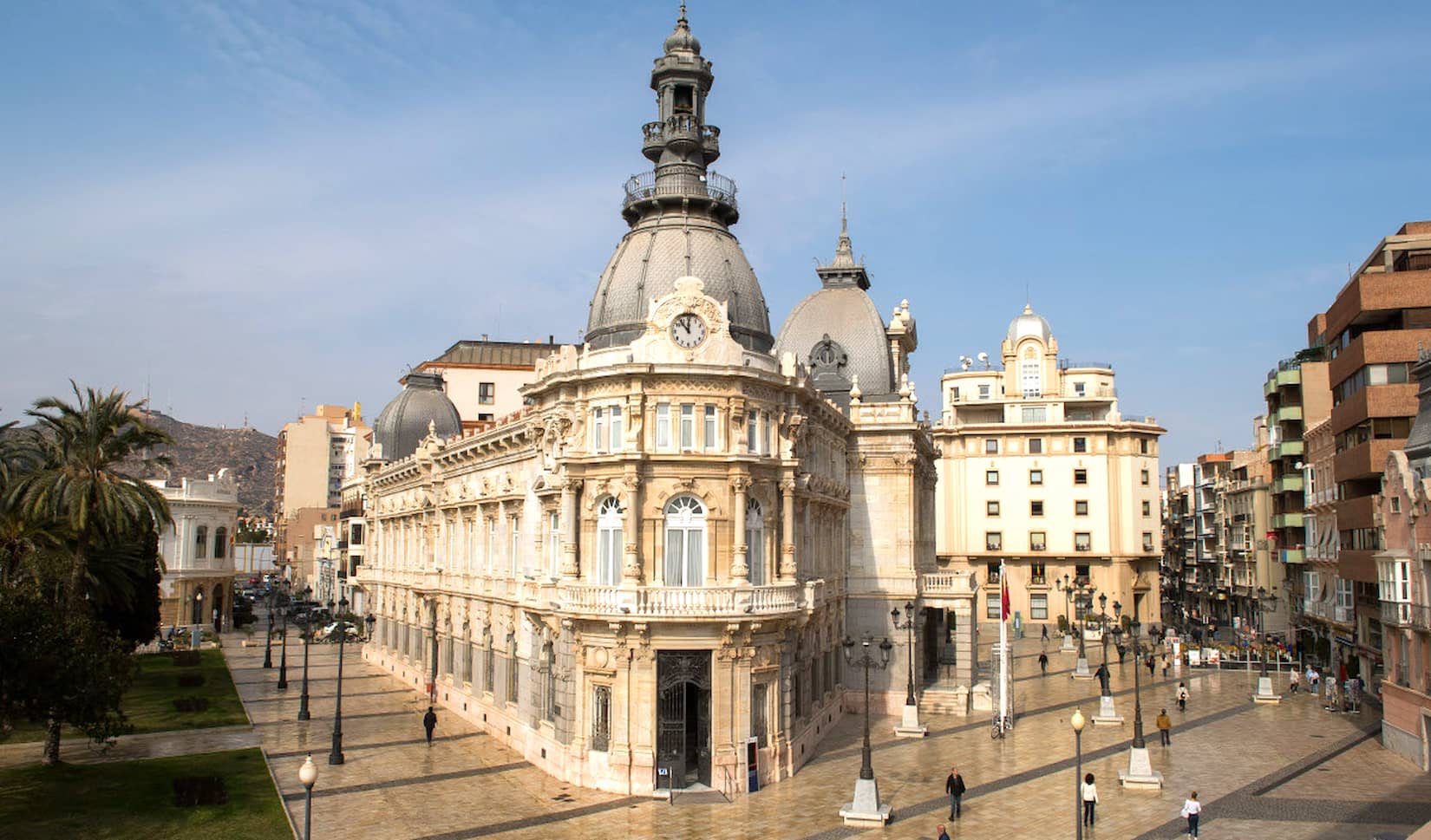
What Makes It Special:
- City Hall Tours: Guided tours available for just €1 ($1.09 USD).
- Cultural Events: The plaza often hosts live performances and festivals.
- Relaxation Spot: Benches surrounded by greenery provide a peaceful escape from the busy streets.
Visitor Tips: Visit during mid-morning to enjoy the lively atmosphere without overwhelming crowds. Combine your trip with nearby Calle Mayor for shopping and dining options.
3. Modernist Architecture Highlights
Through Elegance. Cartagena boasts stunning examples of Modernist architecture scattered throughout its streets. From the Casa Cervantes with its ornate balconies to the Grand Hotel’s colorful facades, each building tells a story of artistic innovation during the early 20th century. As I wandered through Calle Mayor and surrounding areas, I was captivated by the intricate ironwork and floral motifs that adorn these masterpieces.
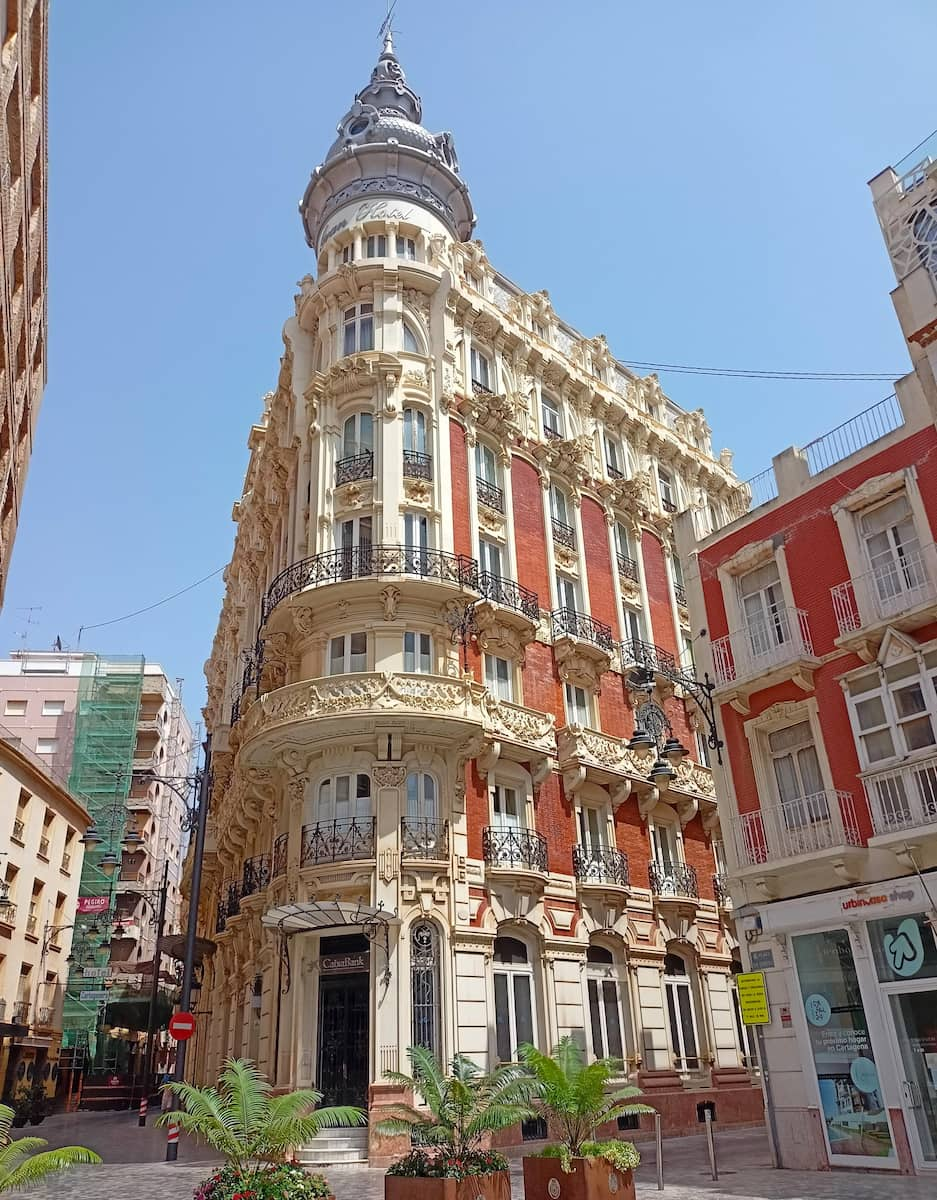
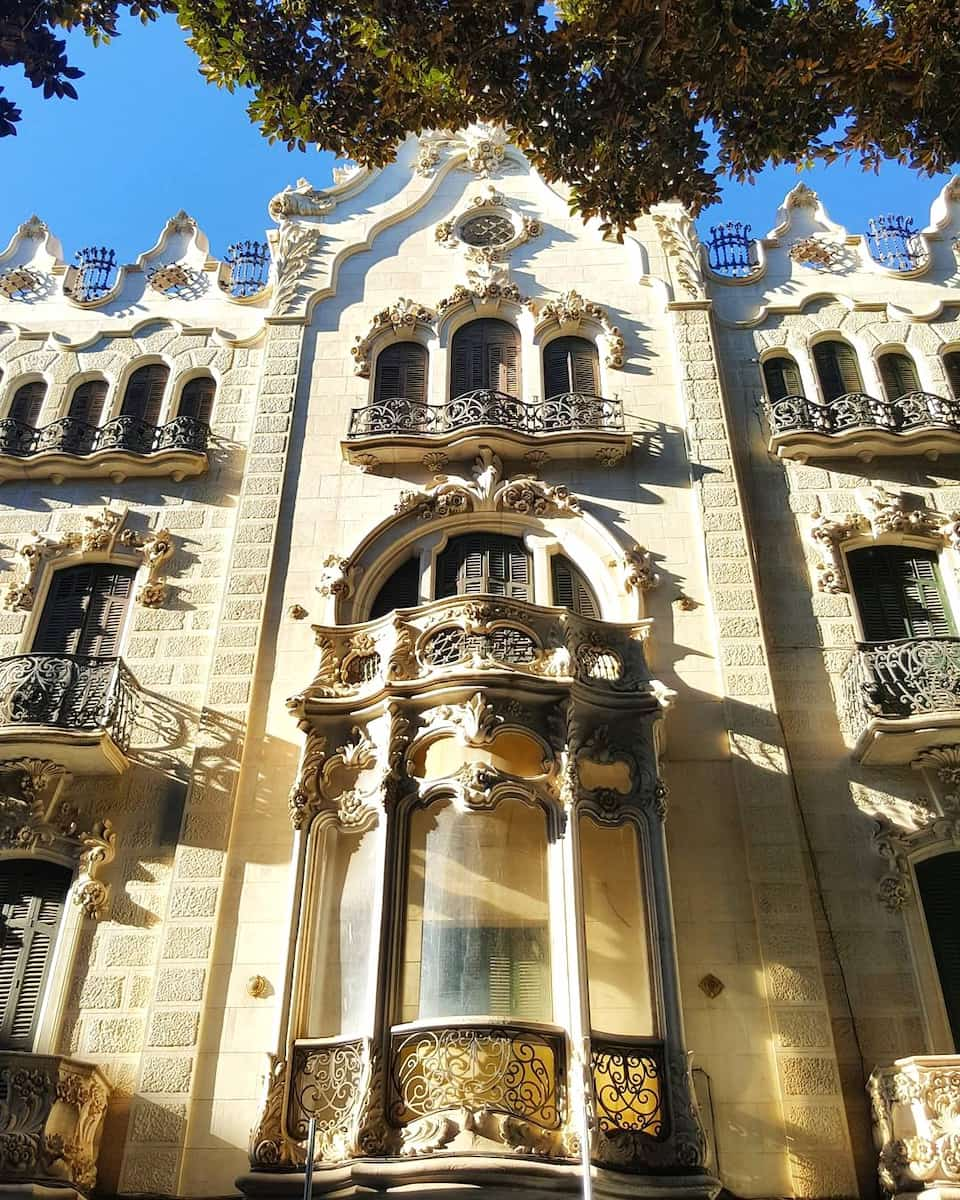
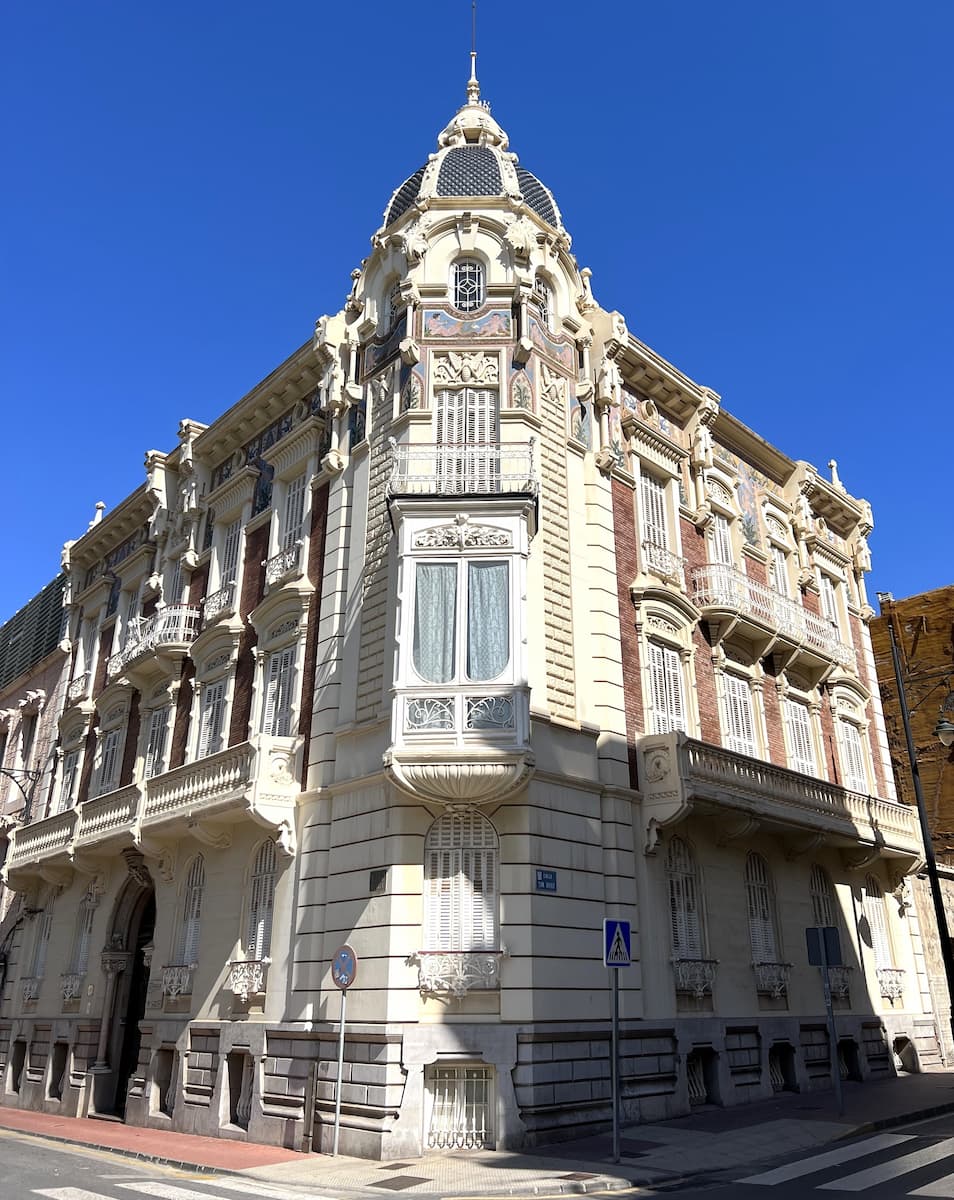
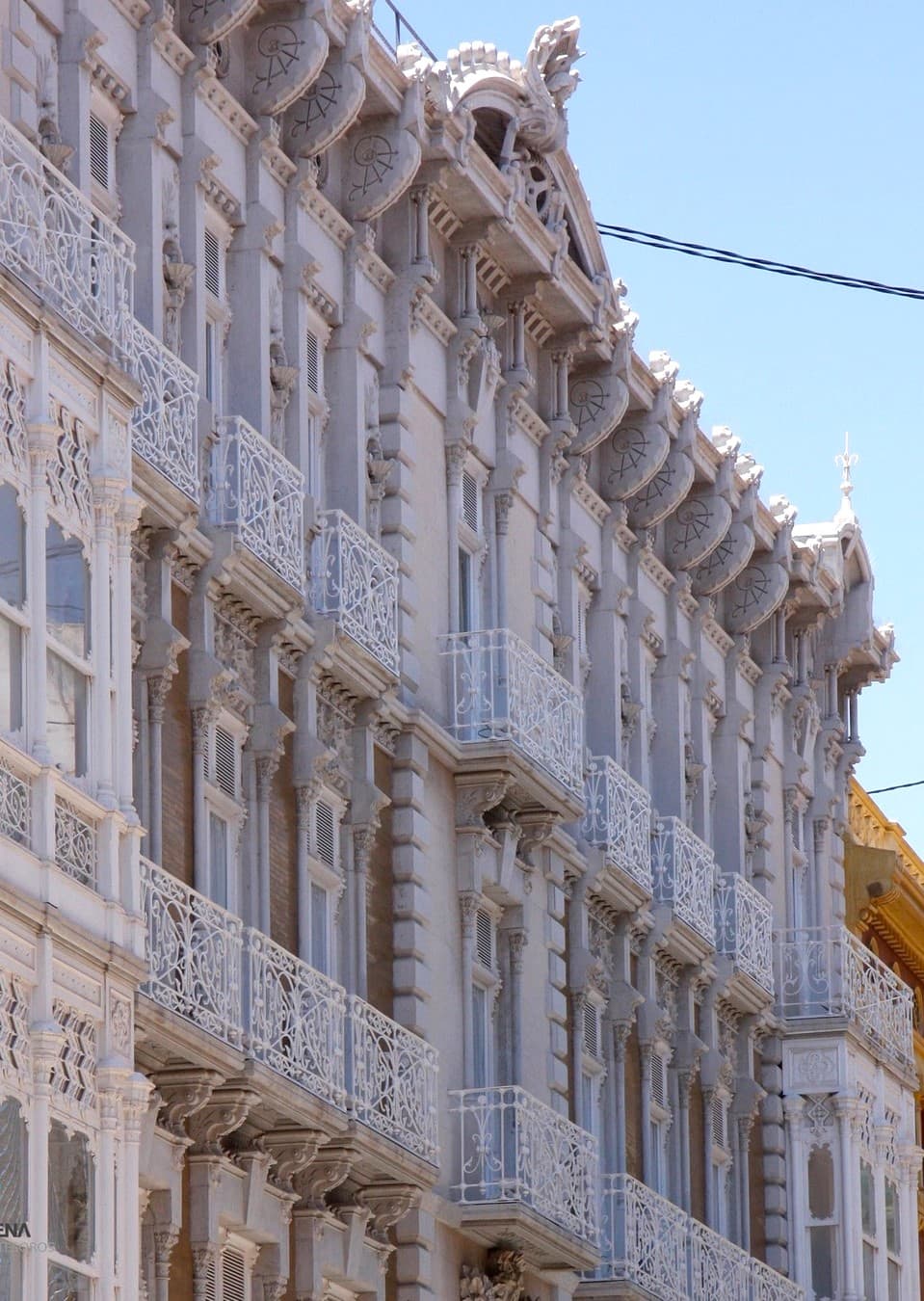
Must-See Buildings:
- Casa Maestre: Inspired by Gaudí’s designs in Barcelona, featuring undulating rooflines and wrought iron details.
- Palacio de Aguirre: Now a museum, showcasing vibrant ceramic decorations and eclectic styles.
- Gran Hotel: A hybrid of classical and exotic styles with extravagant floral decoration above windows and dormers.
Insider Tip: Many buildings offer guided tours or museum access for €5–€10 ($5.43–$10.87 USD). Don’t forget your camera—these architectural gems are perfect for photos.
⭐ Best Tours
- Cartagena and Murcia Highlights Shore Excursion – Spend a day exploring Cartagena’s port and Murcia’s top landmarks on this full-day guided tour.
- Guided Private Walking Tour of Cartagena – Enjoy a personalized tour through Cartagena’s streets, learning about its history and hidden gems.
Scenic Views and Outdoor Spots
1. Panoramic Lift
Effortless Views. The Panoramic Lift is a convenient way to reach the top of Gisbert Hill, offering spectacular views of the port and surrounding urban landscape. As I ascended in the glass cabin, I could see landmarks like the Roman amphitheater and 18th-century military structures. It’s an enjoyable ride that saves you from a steep climb while providing a unique perspective of the local history. Tickets cost €2 ($2.17 USD), making it an affordable experience for all visitors.
What to Expect:
- Glass Cabin: Enjoy unobstructed views during the ride.
- Landmarks: Spot iconic sites like Torres Park and Santa Lucía fishing port.
- Accessibility: A family-friendly option for visitors of all ages.
Practical Advice: Combine the lift with a visit to Torres Park or nearby historical sites for a full day of exploration. Arrive early to avoid queues during peak hours.
⭐ Best Activities
- Roman Theater, Forum, Castle, and Panoramic Lift Tour – Experience the best historical sites in one comprehensive guided tour.
2. Molinete Archaeological Park
Back in Time. Molinete Archaeological Park is one of Spain’s largest urban excavation sites, showcasing remnants of Roman baths, domus, and ancient roads. Walking through its footbridges provides a safe and immersive way to explore these ruins while admiring the modern architectural roof that protects them. The park offers fascinating insights into life during the Roman Empire, making it a must-see for history lovers. Entry costs €5 ($5.43 USD).
Key Features:
- Roman Baths: Explore the well-preserved thermal baths used for relaxation and socializing.
- Sanctuary of Isis: A sacred space dedicated to Egyptian gods, reflecting cultural fusion in ancient times.
- Curia: The local senate with marble pavements showcasing Roman political life.
4. Paseo de Alfonso XII
Waterfront Walk. Paseo de Alfonso XII is a picturesque promenade running alongside the port, offering views of fishing boats, cruise liners, and Navy ships docked in the harbor. As I walked along this stretch, I enjoyed spotting small pleasure boats and container vessels that reflect the port’s diverse activity. It’s an ideal spot for relaxing or taking photos of Cartagena’s bustling waterfront scene.
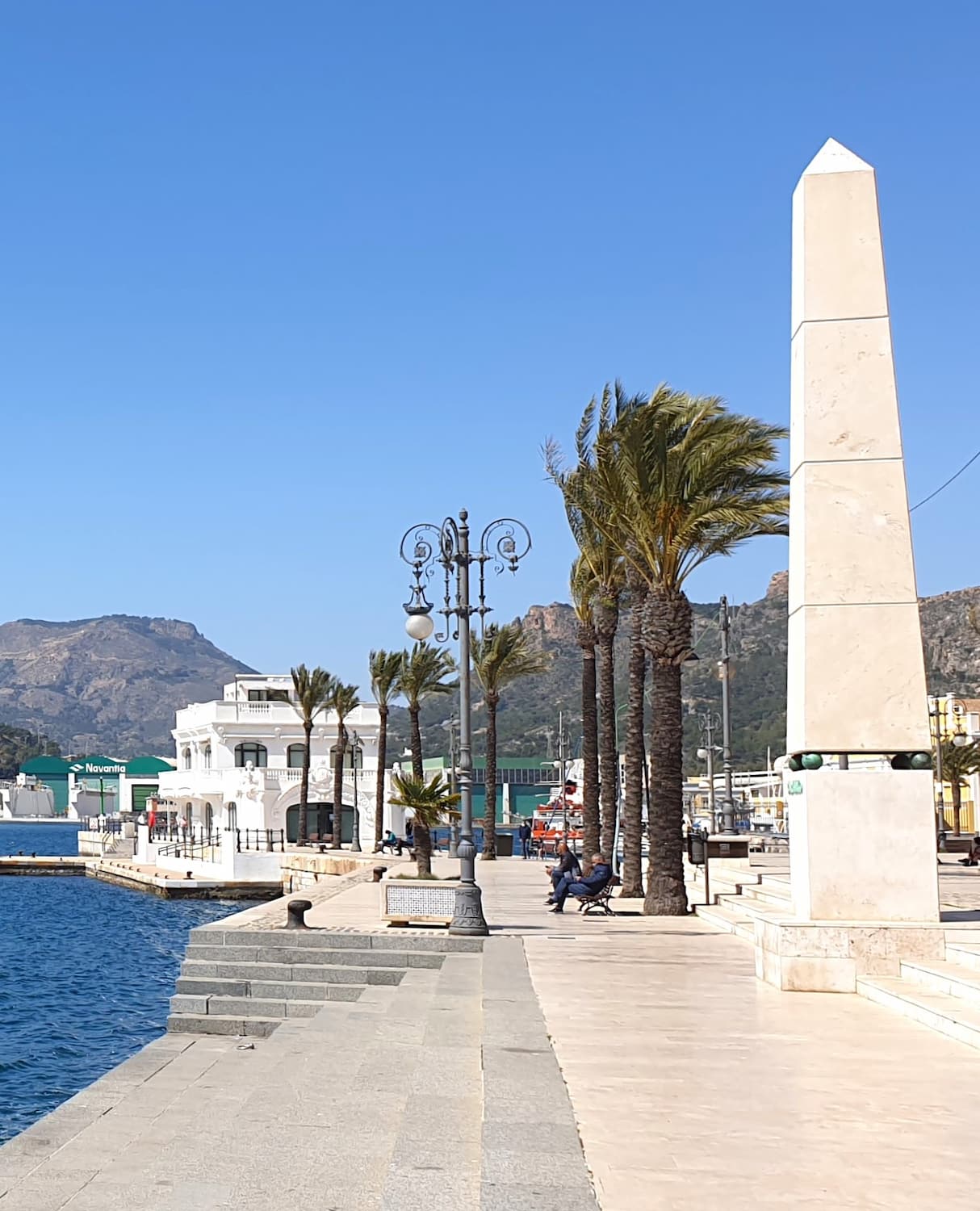
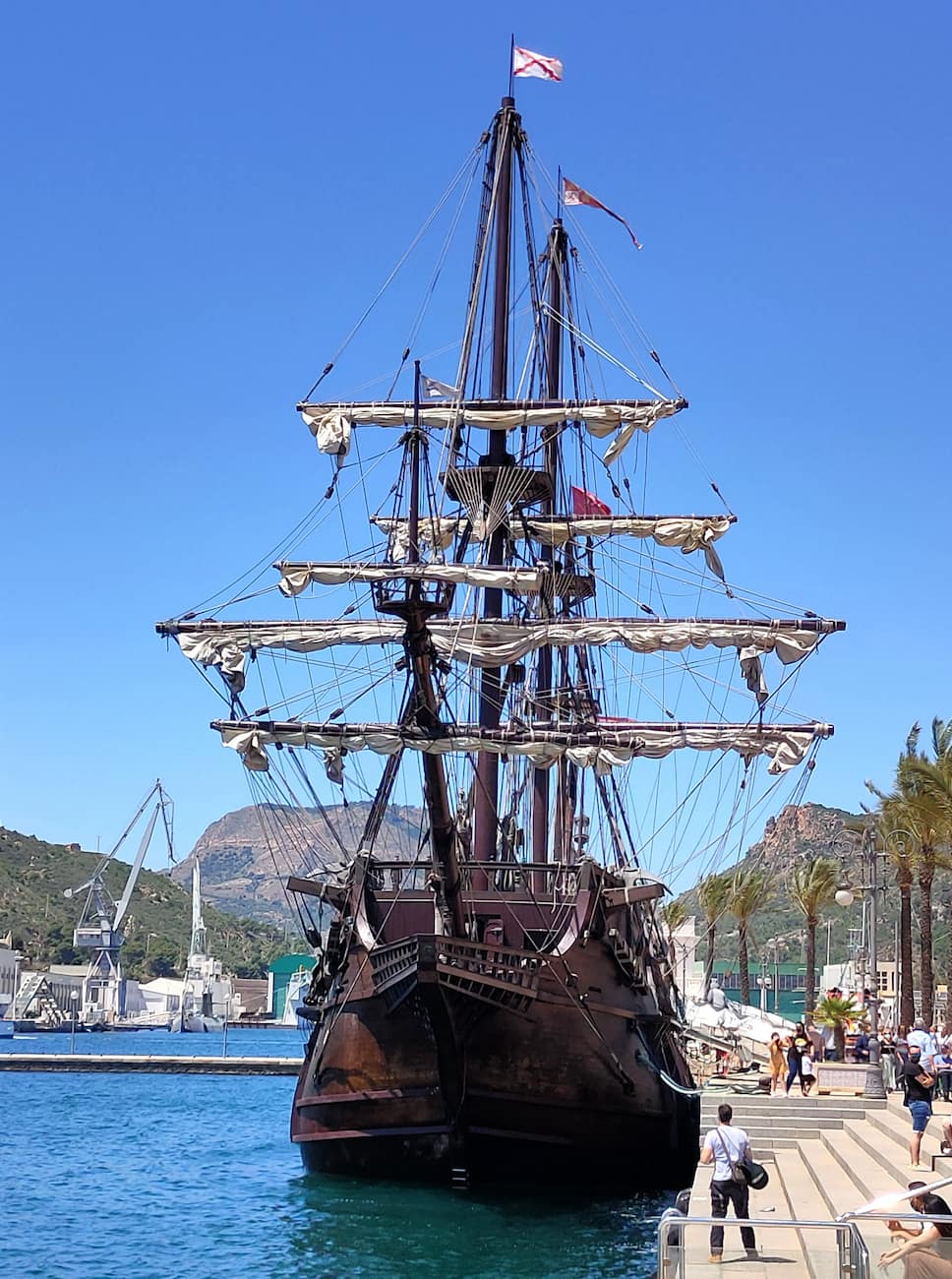
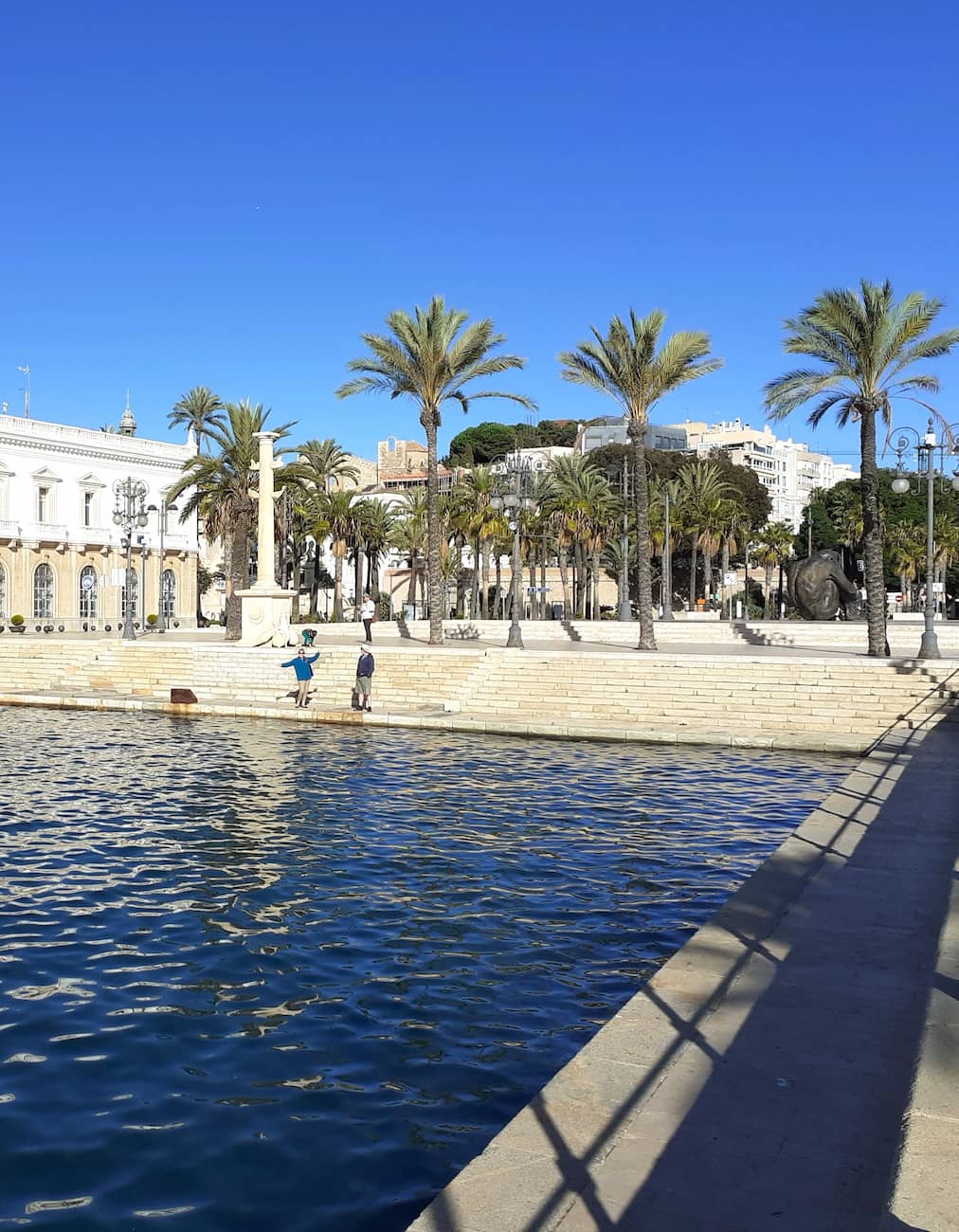
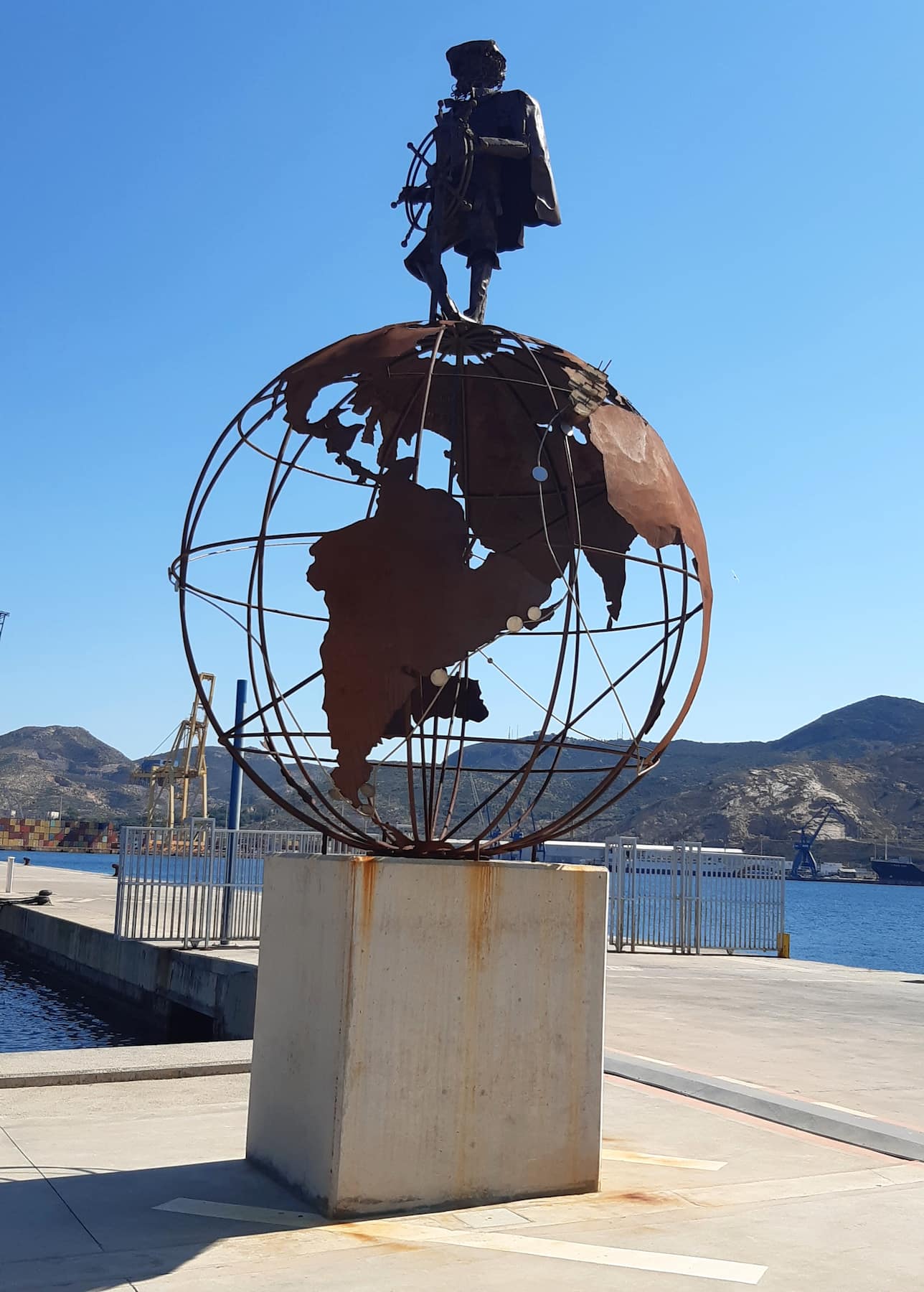
What You’ll See:
- Blue Path Extension: Leads to Cala Cortina beach for panoramic sea views.
- Naval Museum Nearby: Learn about maritime history as part of your walk.
- Urban Beach Access: Enjoy Cala Cortina’s sandy shores at the end of your stroll.
| Attraction | Entry Fee | Highlights | Accessibility |
|---|---|---|---|
| Panoramic Lift | €2 ($2.17 USD) | Glass cabin ride, urban views | Fully accessible |
| Molinete Archaeological Park | €5 ($5.43 USD) | Roman baths, Curia, Sanctuary of Isis | Partially accessible |
| Café | Free (Drinks €8/$8.70 USD) | Alfresco dining, live music | Fully accessible |
| Paseo de Alfonso XII | Free | Waterfront walk, Blue Path extension | Fully accessible |
Coastal and Nautical Attractions
1. Cabo de Palos Lighthouse
New Heights. The Cabo de Palos Lighthouse is a towering 51-meter structure that offers breathtaking views of the coastline and surrounding landscapes. Climbing its 300 steps to the top was a rewarding experience, with panoramic vistas stretching across the Mediterranean and La Manga. Guided tours are available for €6 ($6.52 USD), providing insights into its history and operation since 1865.
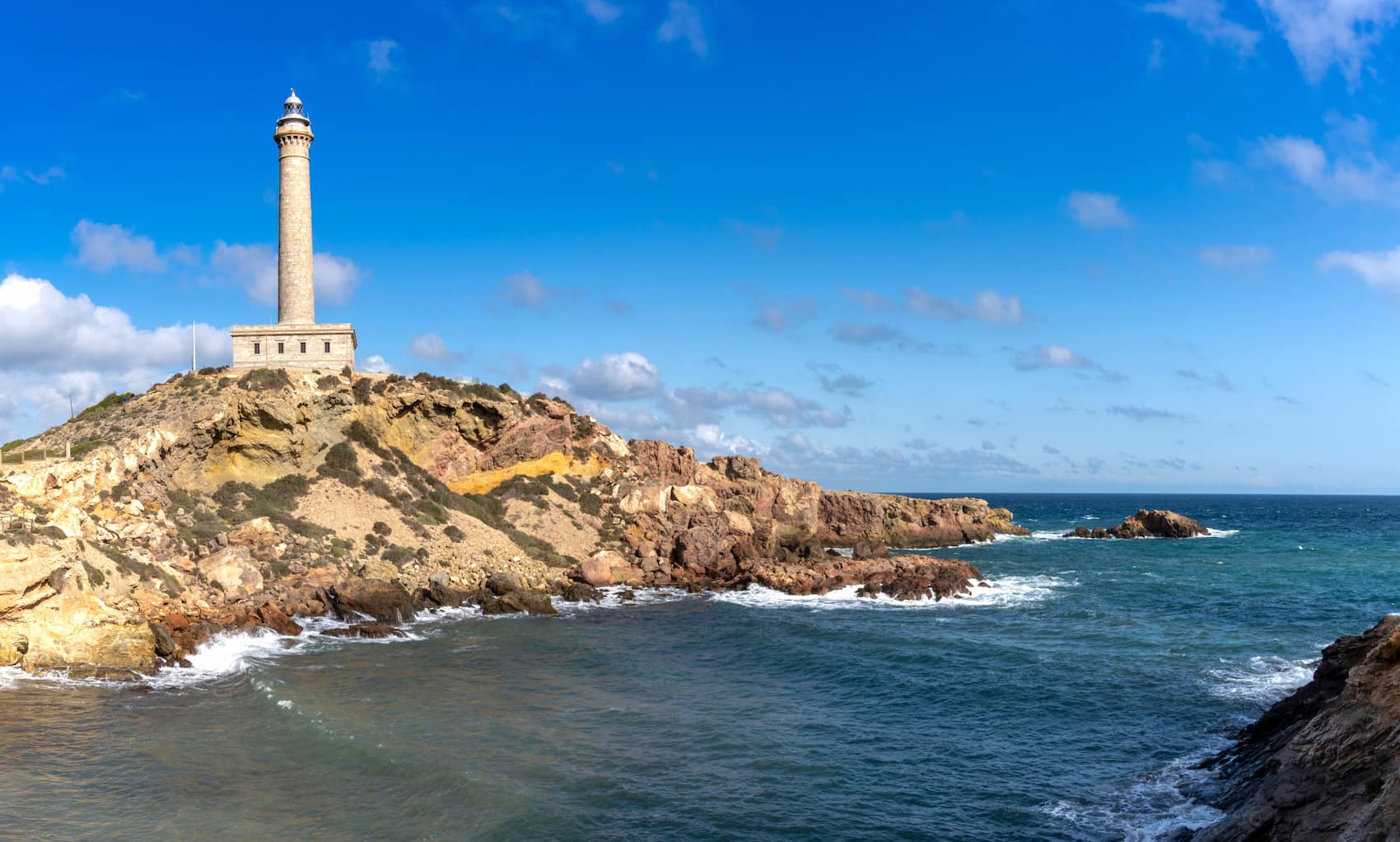
What to Discover:
- Marine Reserve Views: Admire the protected underwater ecosystem from above.
- Historical Insights: Learn about shipwrecks like the transatlantic “El Sirio.”
- Photography Opportunities: Capture stunning images of the sea and nearby villages.
Visitor Tips: The lighthouse is open to visitors aged 12 and above, with group sizes limited to 10 people per session.
2. La Manga
Coastal Paradise. La Manga is a unique sandy strip separating the calm Mar Menor Lagoon from the Mediterranean Sea. Stretching for 22 kilometers, it’s a haven for water sports enthusiasts, offering activities like paddleboarding, windsurfing, and scuba diving. Whether you’re exploring its beaches or cycling along its flat terrain, La Manga provides endless opportunities for relaxation and adventure.
What to Enjoy:
- Beaches: Choose between tranquil lagoon shores or lively Mediterranean waves.
- Nature Spots: Visit Calblanque Natural Park or San Pedro del Pinatar salt flats.
- Water Sports: Try kitesurfing, kayaking, or snorkeling in crystal-clear waters.
Insider Tip: During peak summer months, La Manga can get crowded, so plan your visit during the quieter off-season for a more peaceful experience.
3. Boat Tours to Isla de las Palomas
Hidden Gems. A boat trip to Isla de las Palomas is an unforgettable journey through turquoise waters and rugged coastlines. Known as “Pigeon Island,” this natural sanctuary offers visitors a chance to connect with nature while enjoying spectacular views of the surrounding seas. Tours start at €22 ($23 USD) for a 1-hour excursion, making it accessible for travelers looking for a short yet memorable adventure.
Highlights of the Tour:
- Wildlife Spotting: Look out for seabirds and marine life in their natural habitat.
- Historical Sites: Discover remnants of ancient settlements on the island.
- Relaxation: Enjoy peaceful moments surrounded by unspoiled nature.
Practical Advice: Bring sunscreen and a hat for protection from the sun during your trip. Many tours also include snacks and drinks onboard, so check with your operator beforehand.
| Experience | Entry Fee | Highlights | Accessibility |
|---|---|---|---|
| Cabo de Palos Lighthouse | €6 ($6.52 USD) | Panoramic views, historical insights | Limited wheelchair access |
| La Manga del Mar Menor | Free (Activities vary) | Beaches, water sports | Fully accessible |
| Boat Tours to Isla de las Palomas | €22 ($23 USD) | Wildlife spotting, historical sites | Fully accessible |
❓ FAQ
How do you get to Cartagena in Spain?
Cartagena is located in the region of Murcia and is easily accessible by train, bus, or car. The nearest airport is in Murcia, about 30 minutes away, with connections to major cities.
What are the top things to see in Cartagena?
Visit the Roman ruins, including the Roman house and Casa de la Fortuna, for a glimpse into the rich Roman past. Don’t miss the Palacio Consistorial, a stunning example of Art Nouveau architecture.
What are some tips for visiting Cartagena?
Start your day early to explore historical attractions like Cerro del Molinete without crowds. Wear comfortable shoes for walking and enjoy local dishes when you eat in Cartagena at traditional bars and restaurants.
What can you do in one day in Cartagena?
Spend a day visiting the Museo of Isaac Peral to learn about the inventor of the first submarine. End your visit with a walk along the vibrant waterfront for scenic views.
What is the best time to visit Cartagena?
The best time to visit is during spring or autumn when temperatures are mild, and outdoor activities are enjoyable. Avoid peak summer months if you prefer quieter streets and cooler weather.
What makes Cartagena’s port unique?
The port of Cartagena serves as both a civil and military port, showcasing its importance throughout history. It offers a great view of naval ships and cruise liners docked alongside fishing boats.
Where can you eat in Cartagena?
Cartagena offers a great selection of places to eat, from traditional rice town dishes like caldero to modern tapas bars. Try local specialties at Casa de la Fortuna or Old Bar Sol for an authentic experience.
What are the must-see historical attractions?
Explore Roman ruins like Casa de la Fortuna and learn about Carthaginian General Hasdrubal’s impact during the Second Punic War. Visit Isaac Peral’s submarine for insights into naval innovation.
How can you spend a perfect day in Cartagena?
Start with a visit to Cerro del Molinete for panoramic views, followed by exploring Roman houses and Art Nouveau buildings. Finish your day at bars and restaurants near the bay of Cartagena for local cuisine.
What are some unmissable activities in Cartagena?
Discover 9 unmissable activities, including visiting the Naval Base and learning about the city’s prosperity in the late 19th century. Don’t forget to explore historical sites west of the city for a deeper connection to its history.
